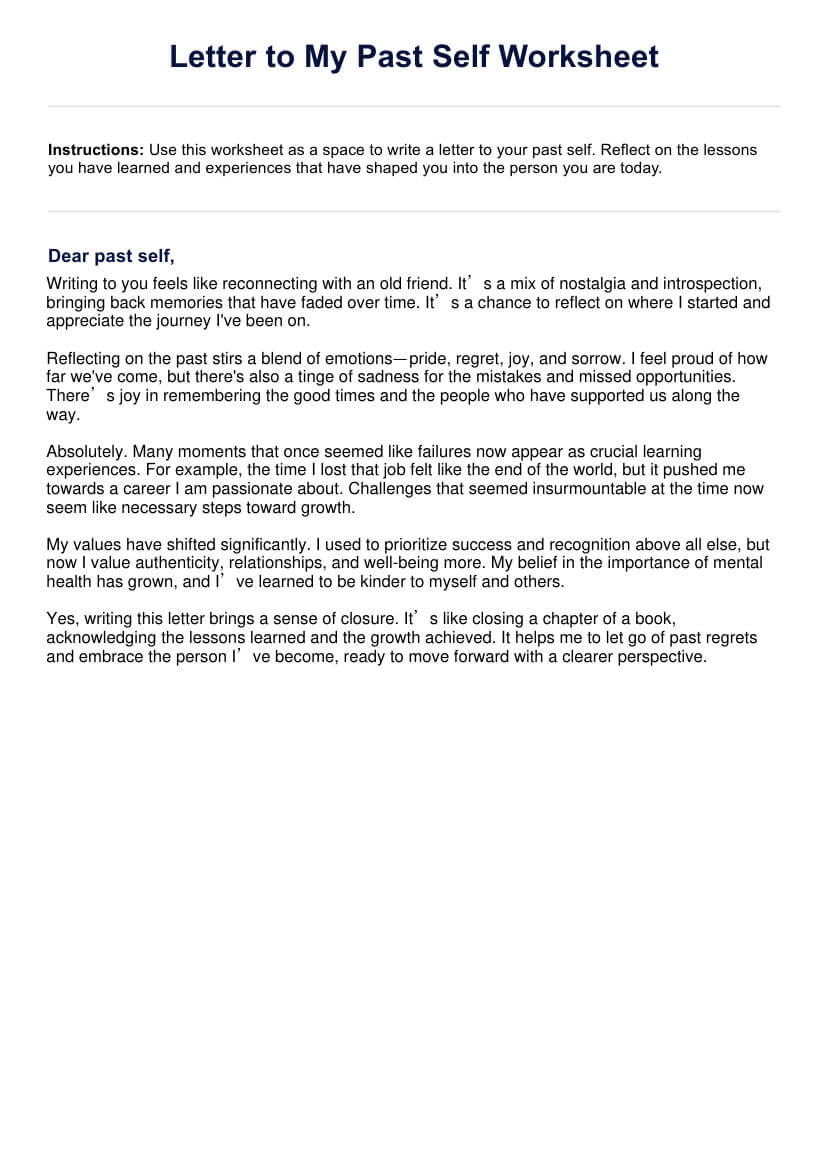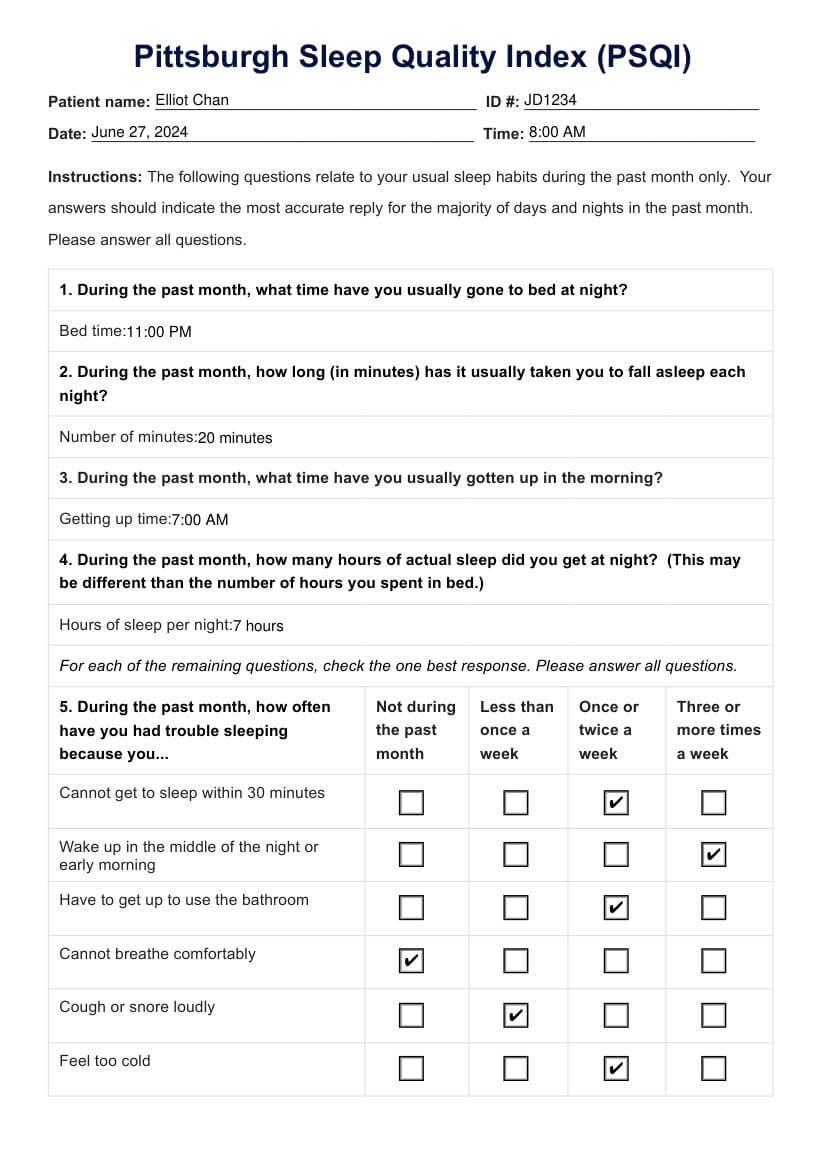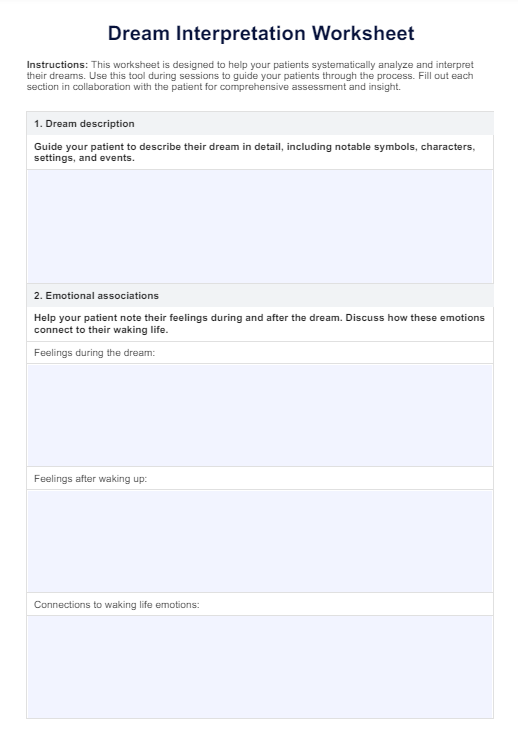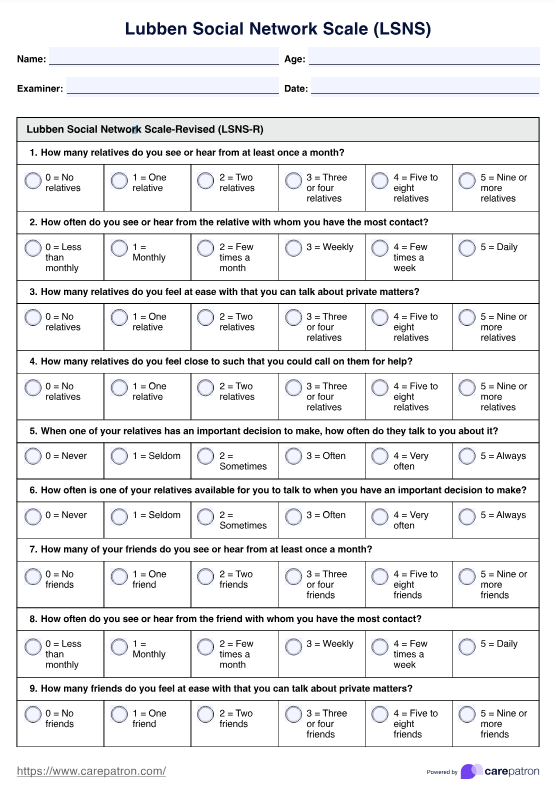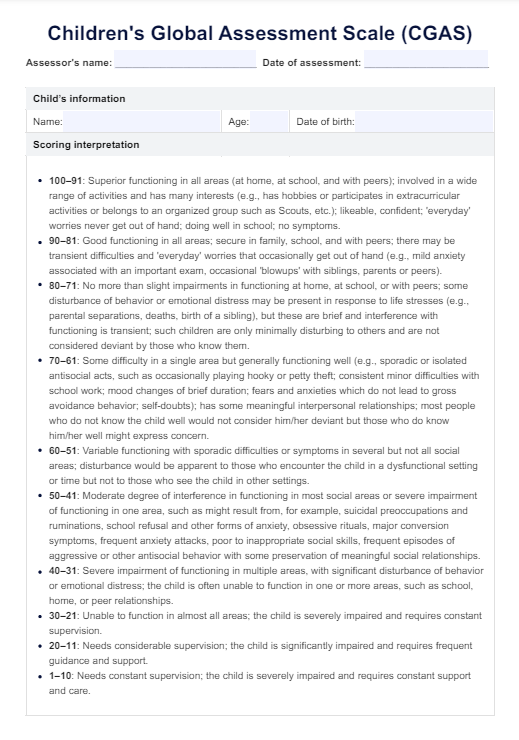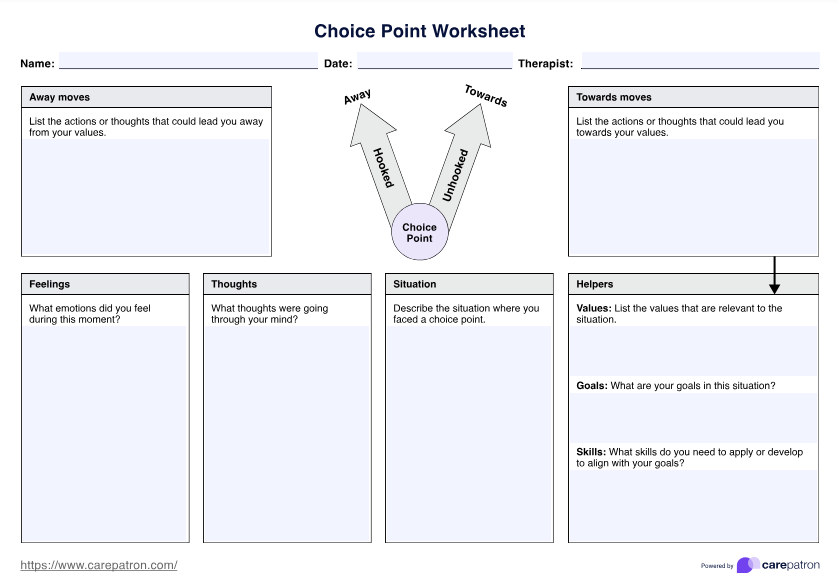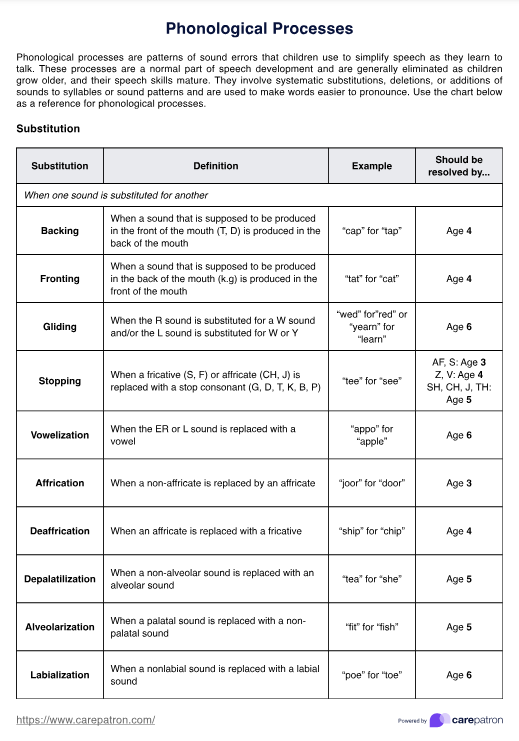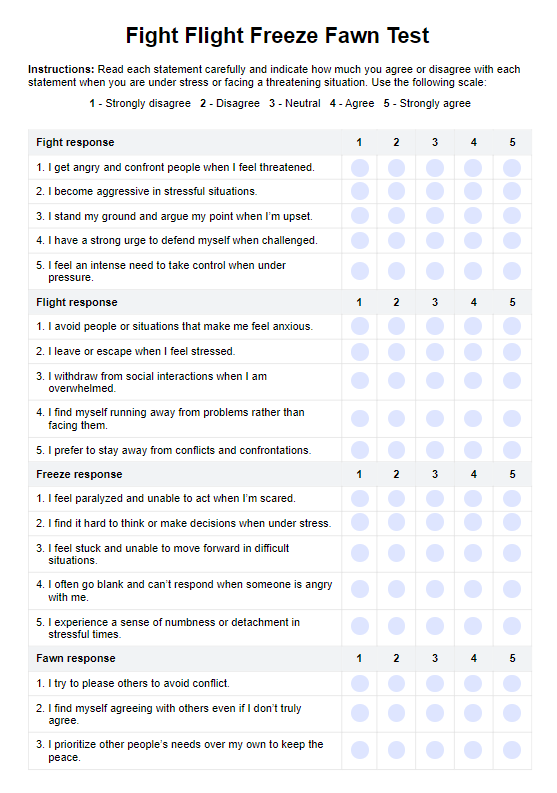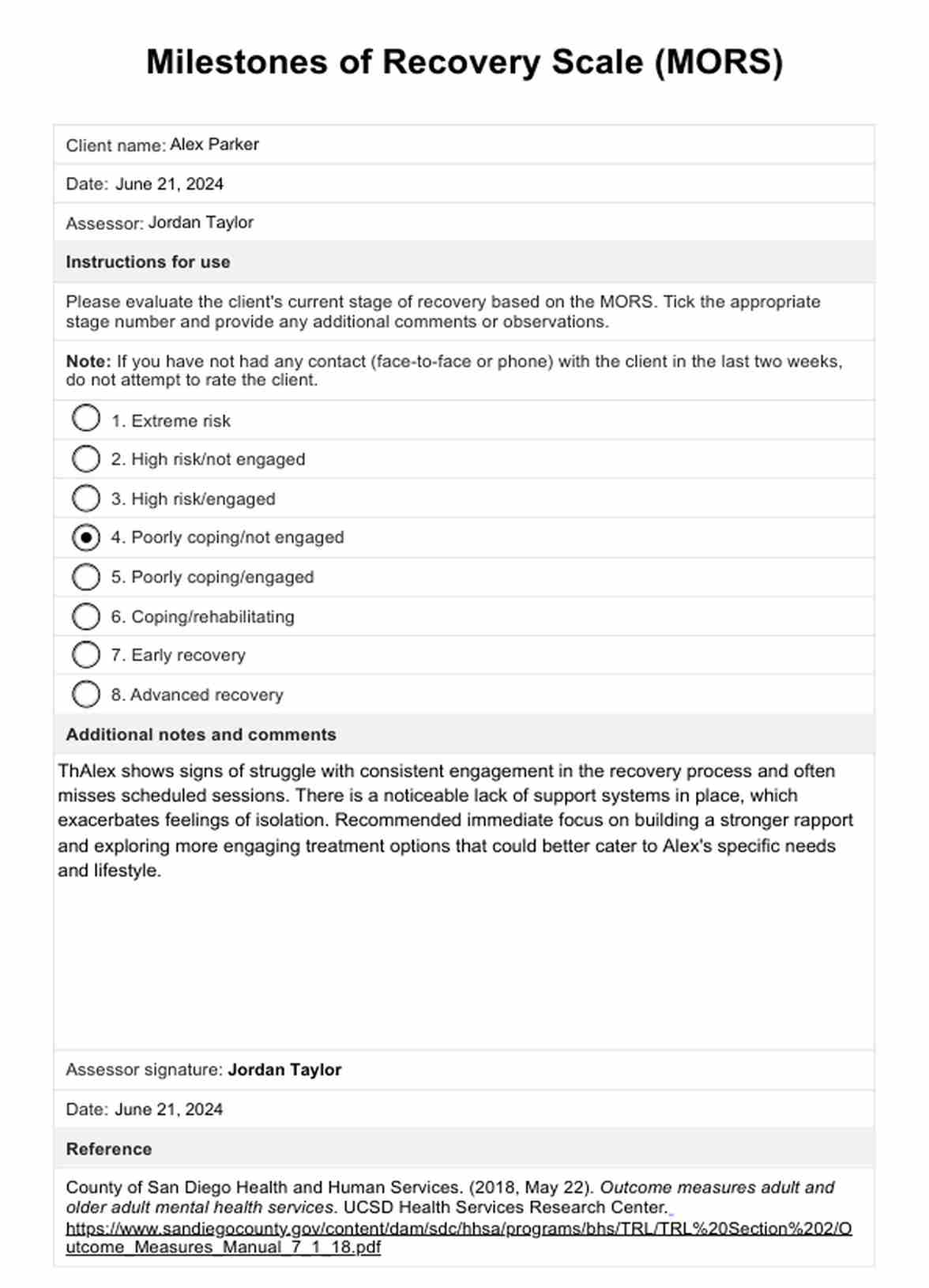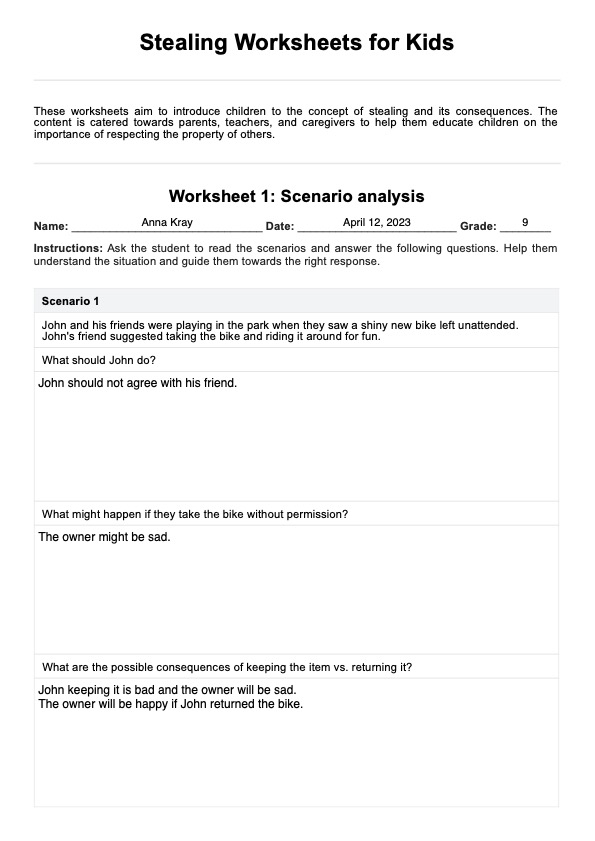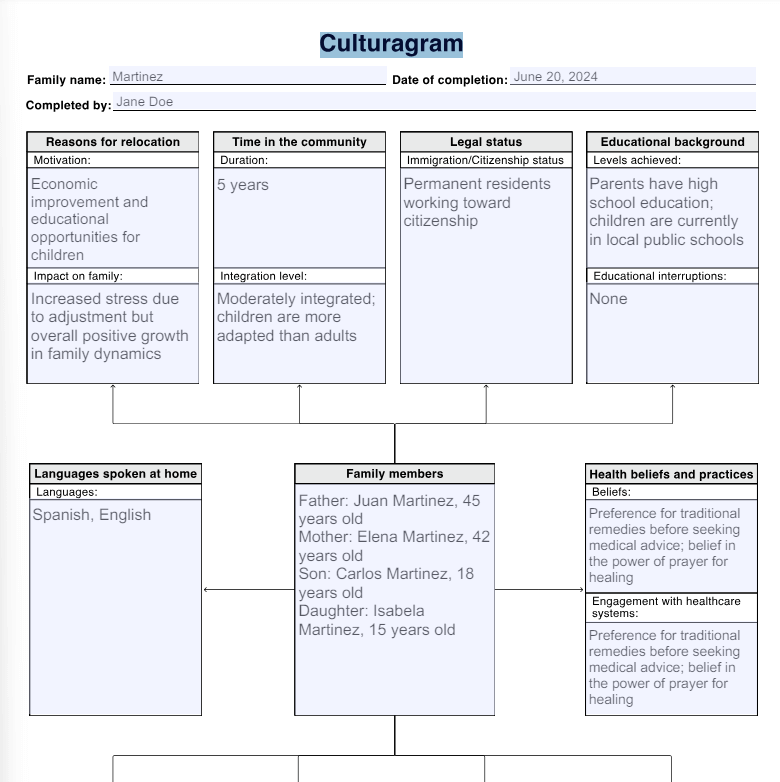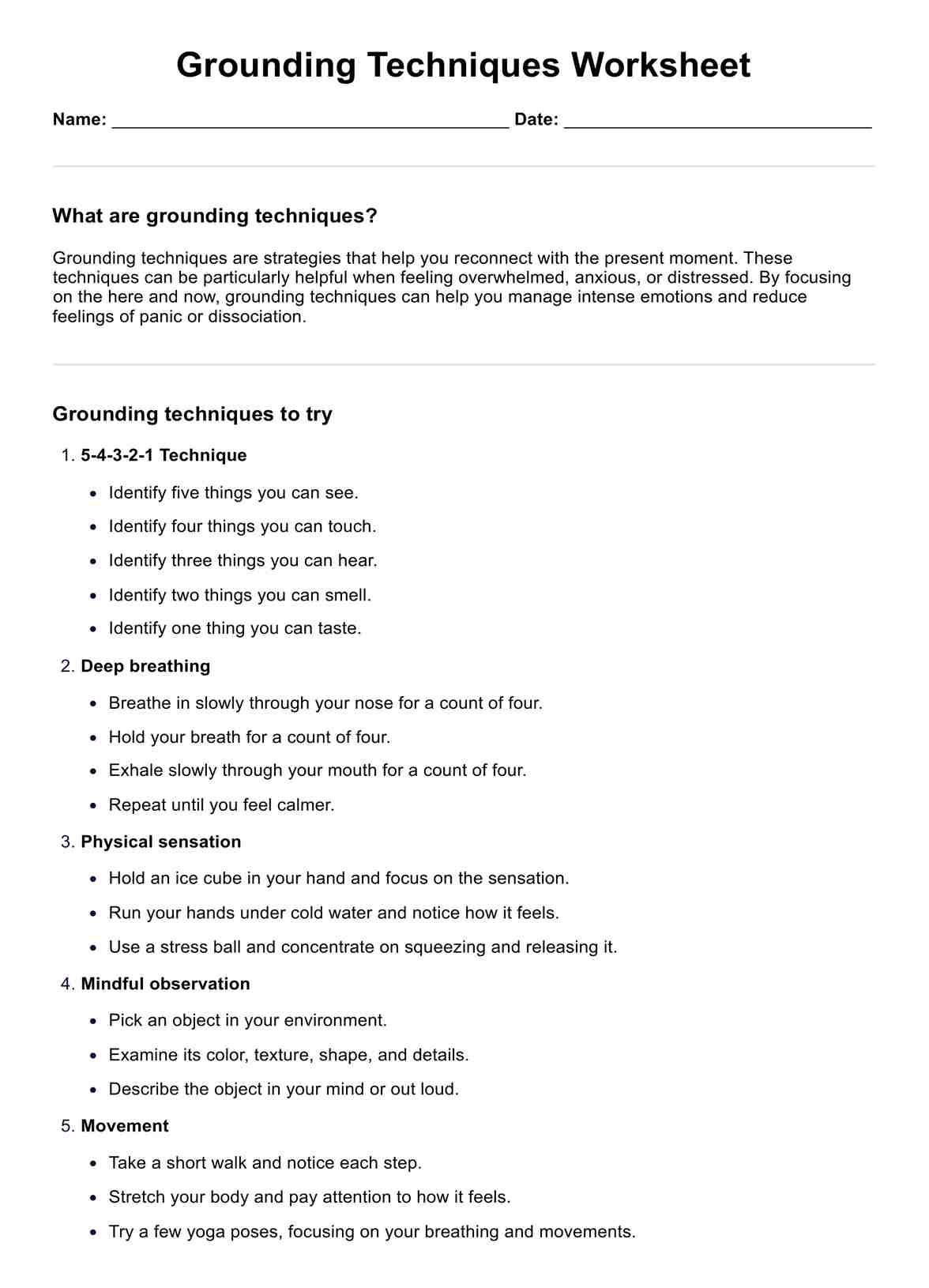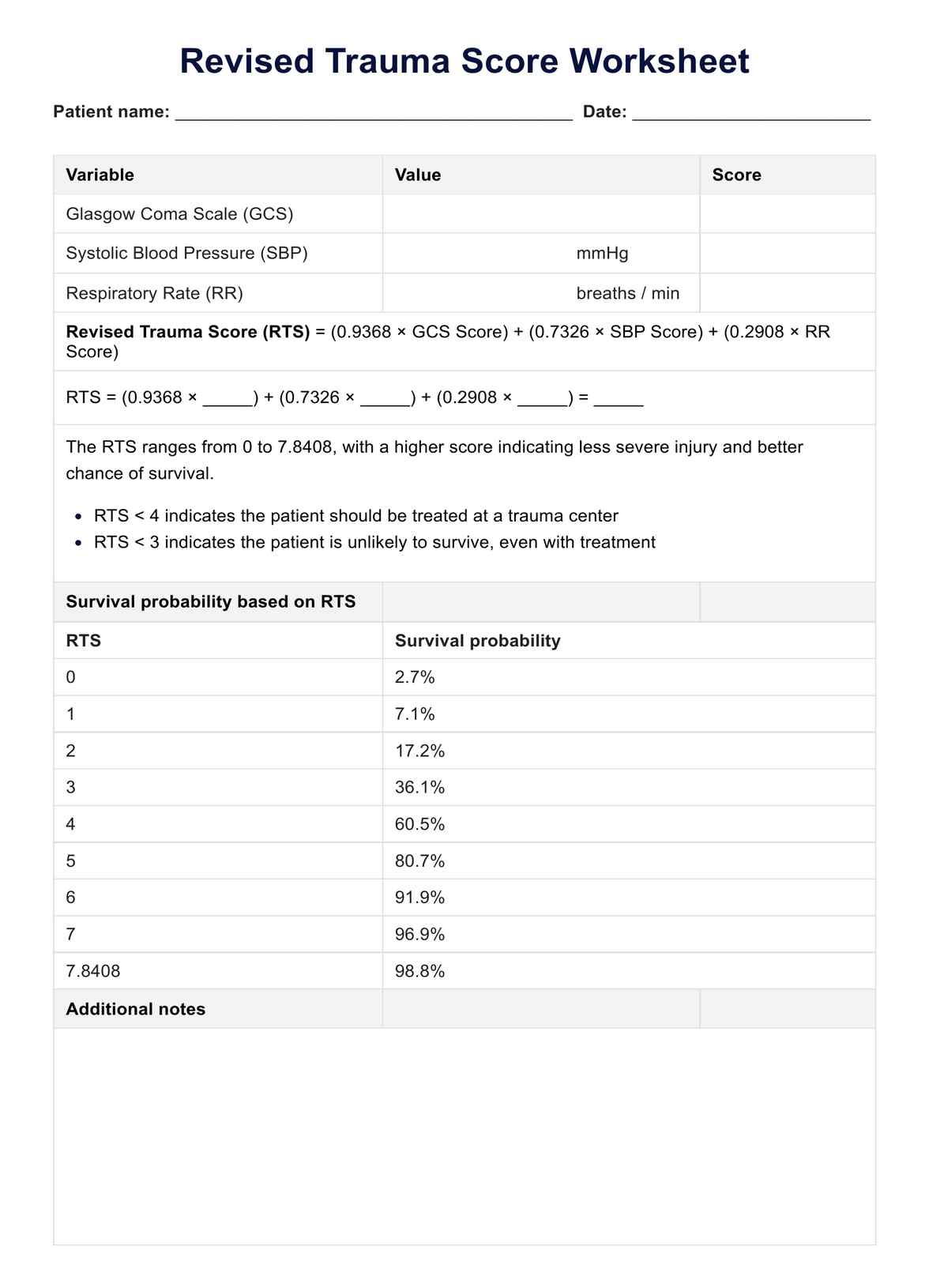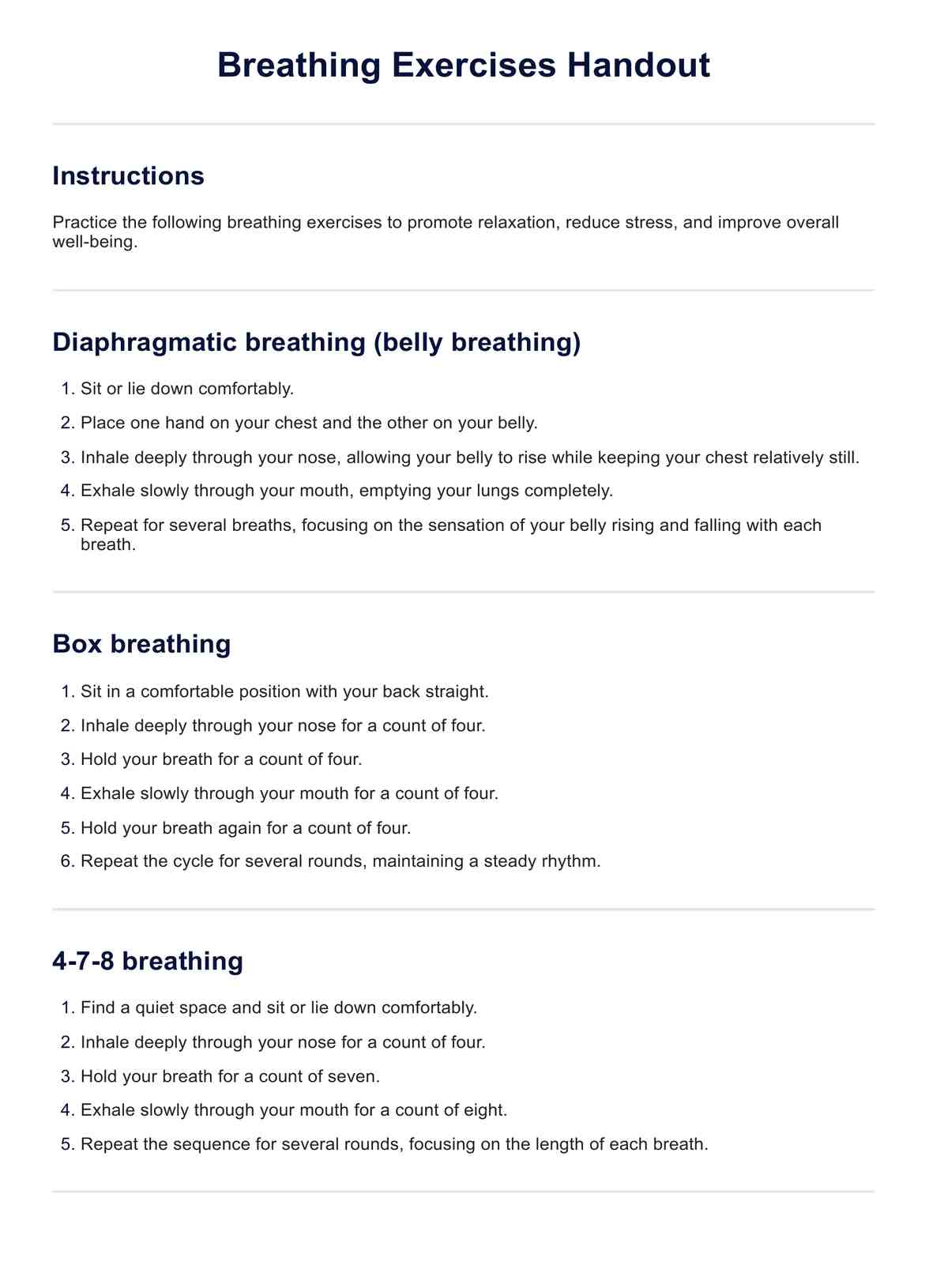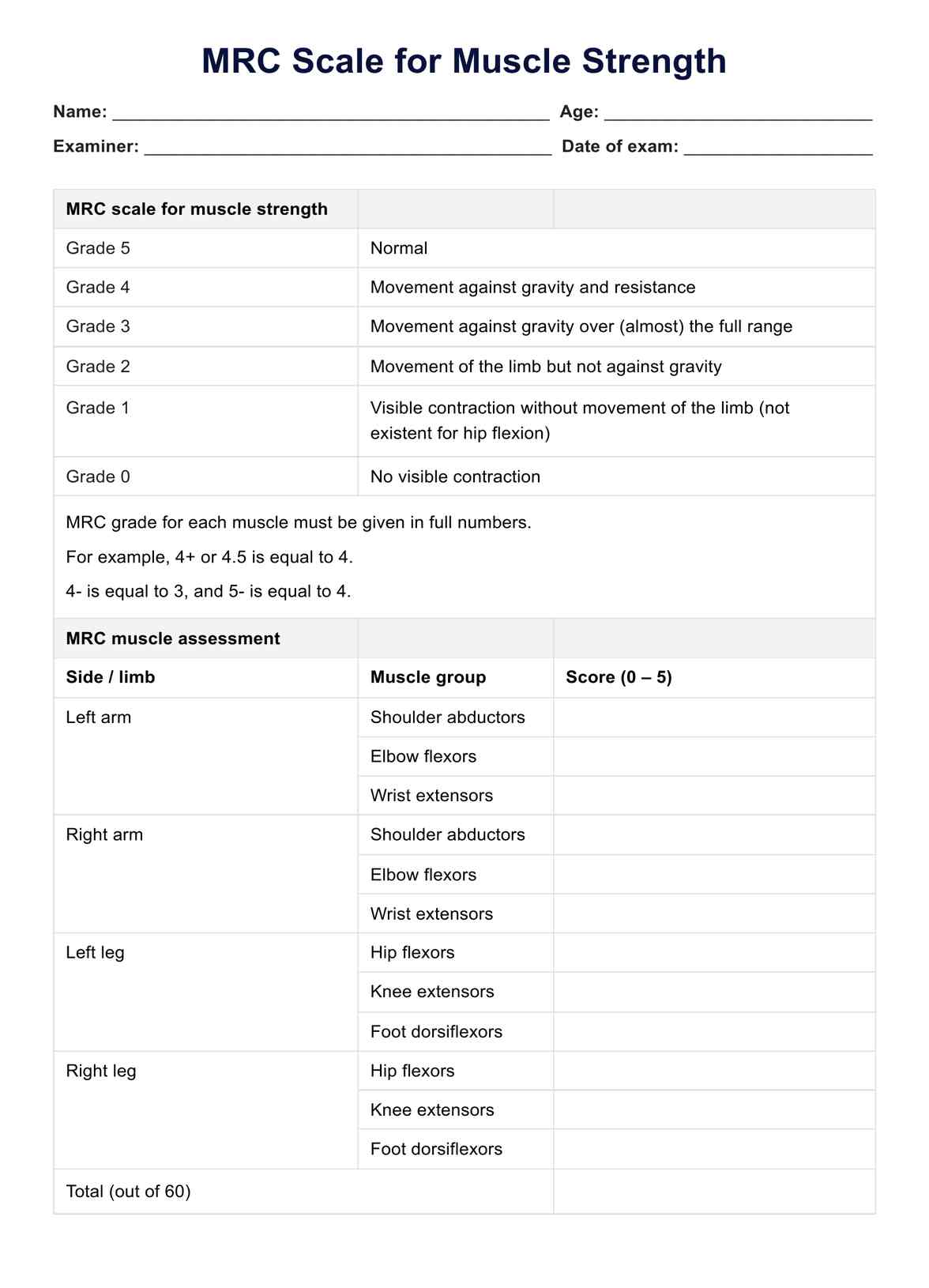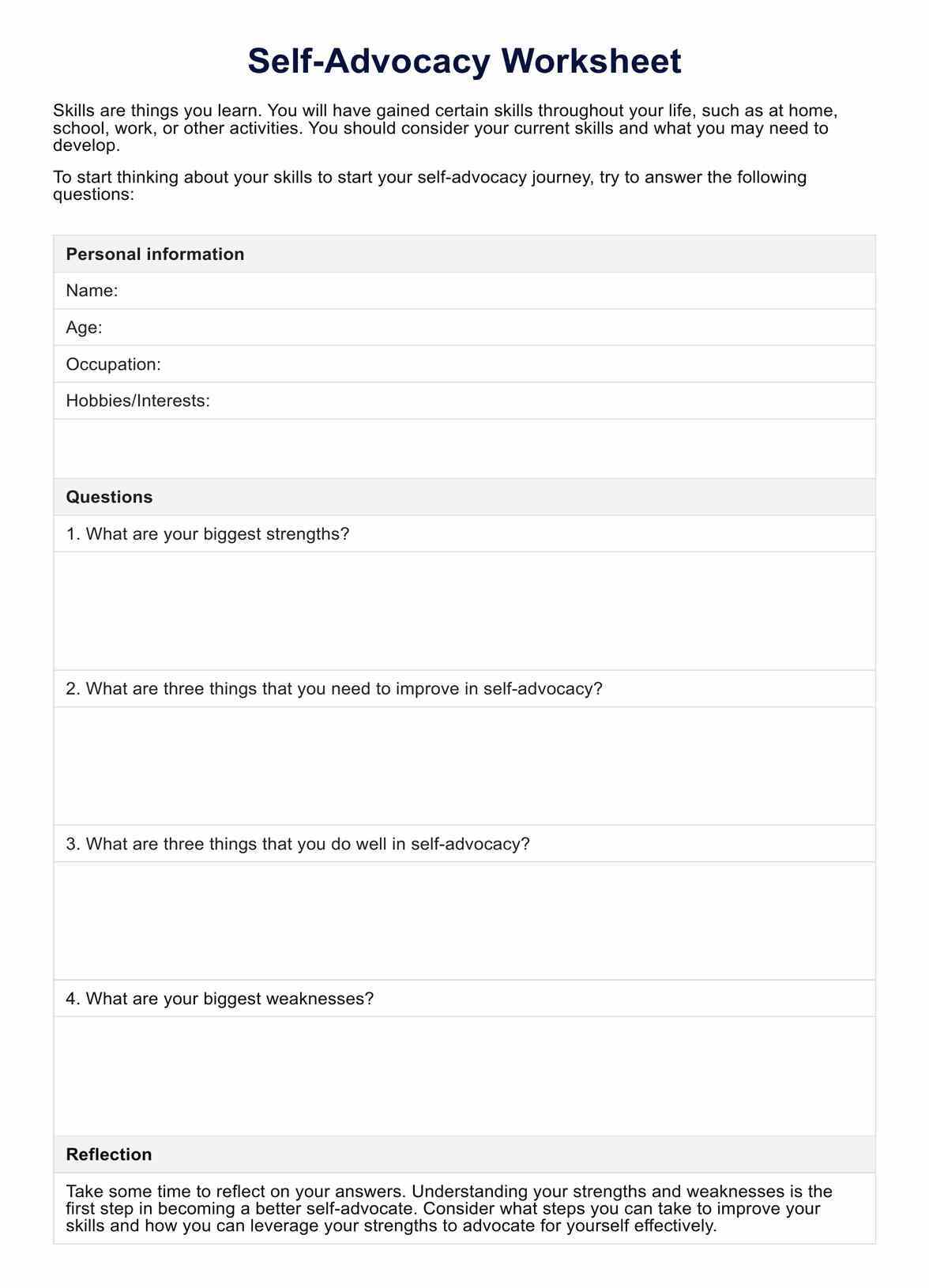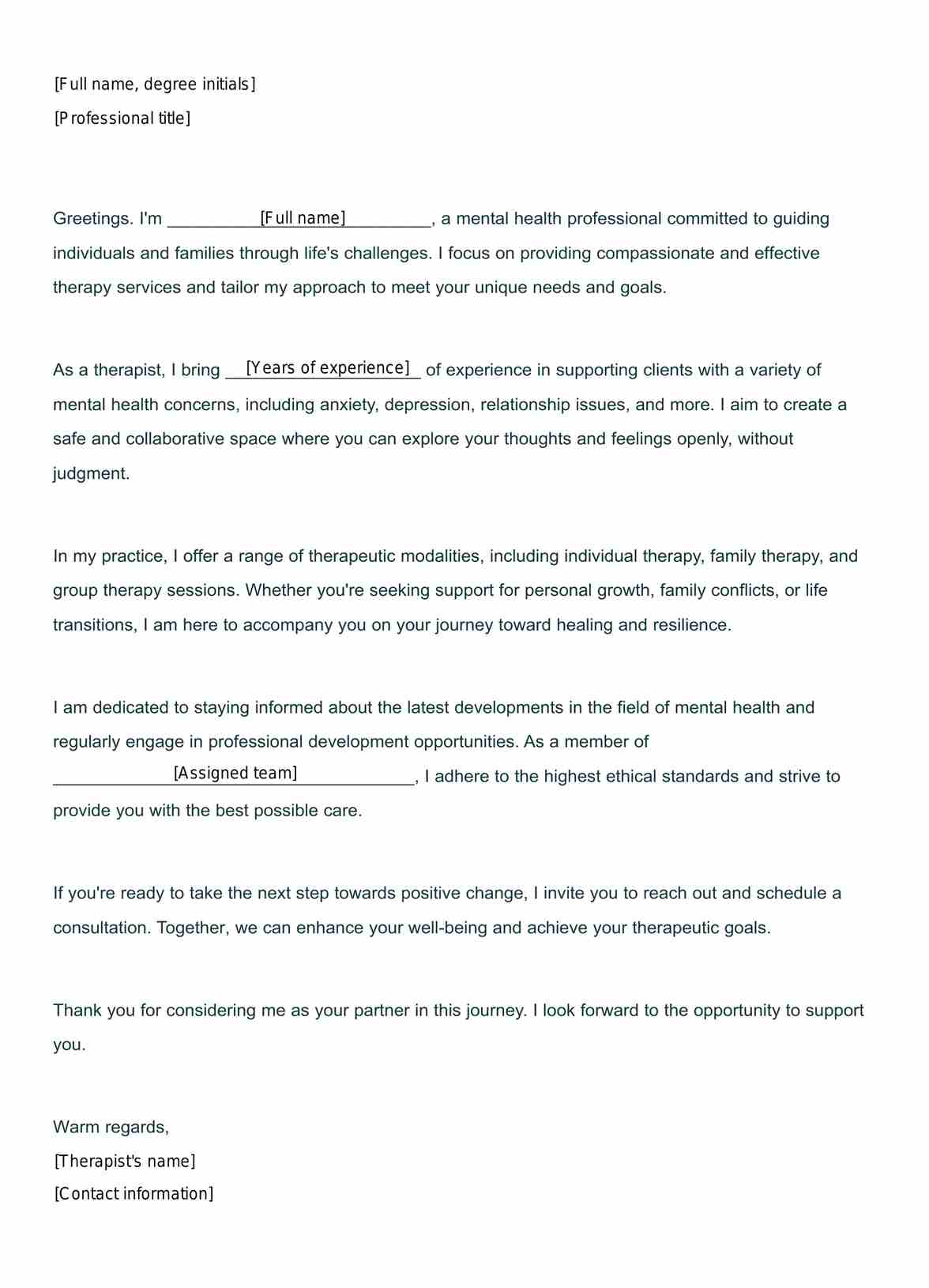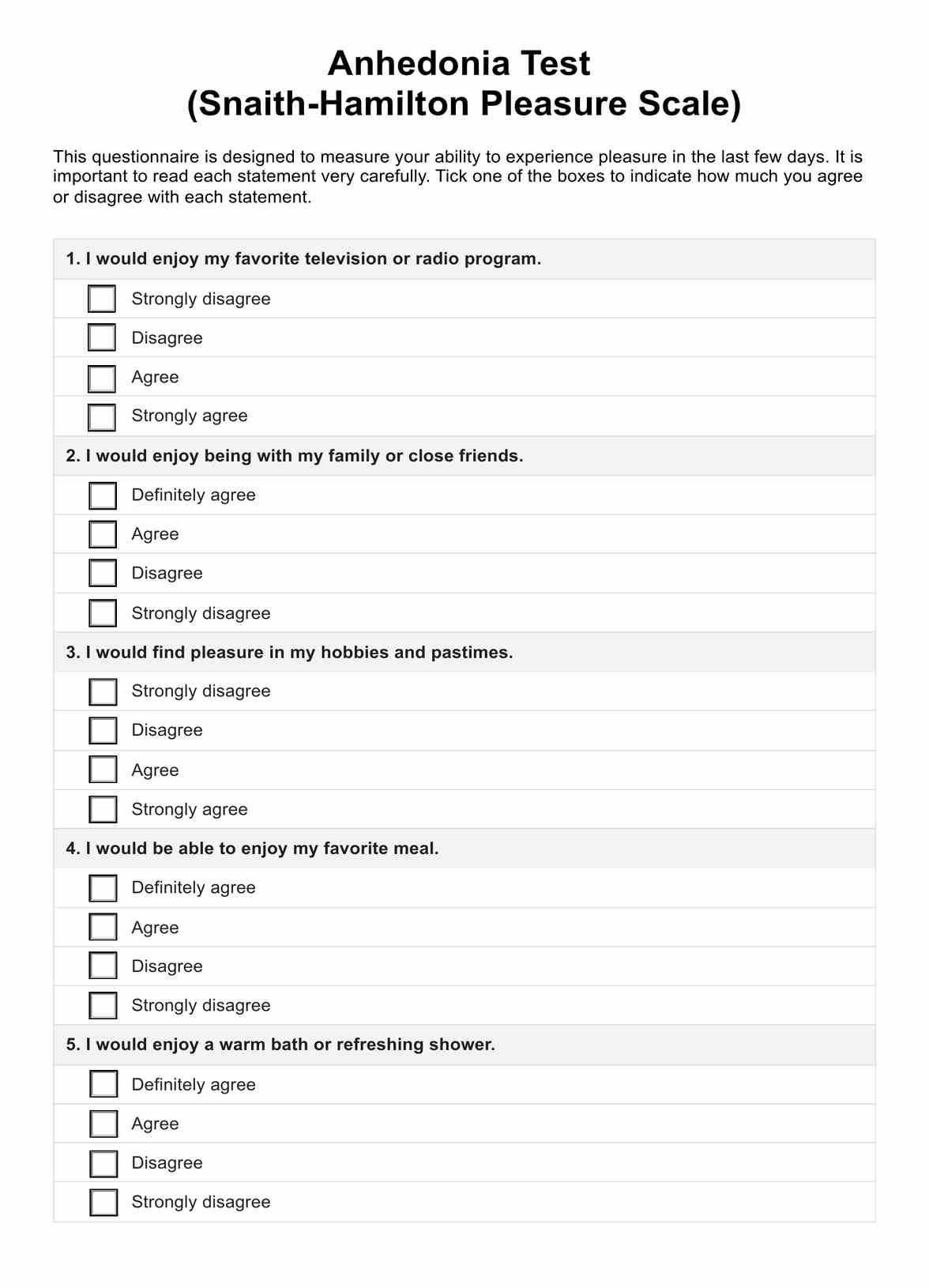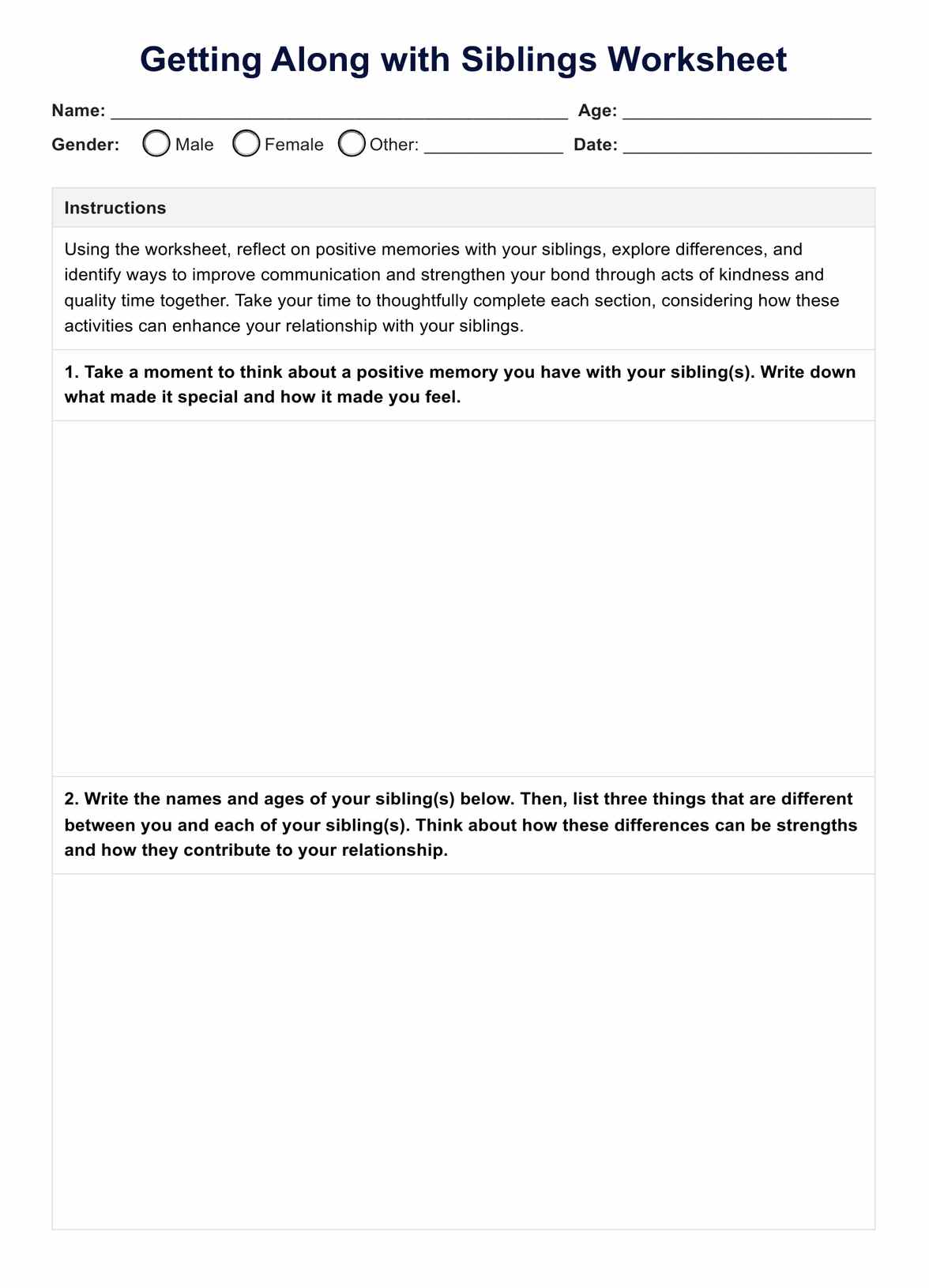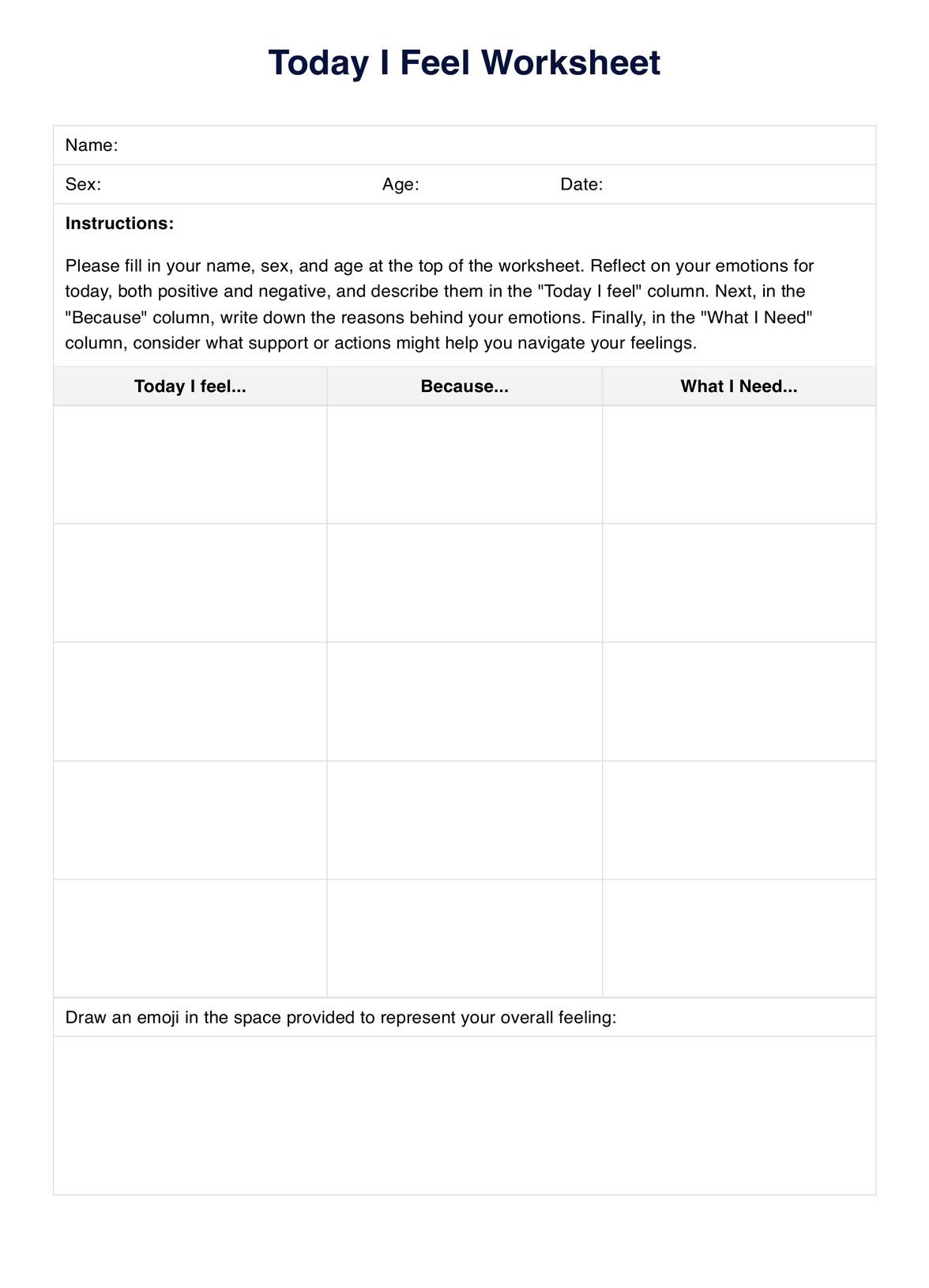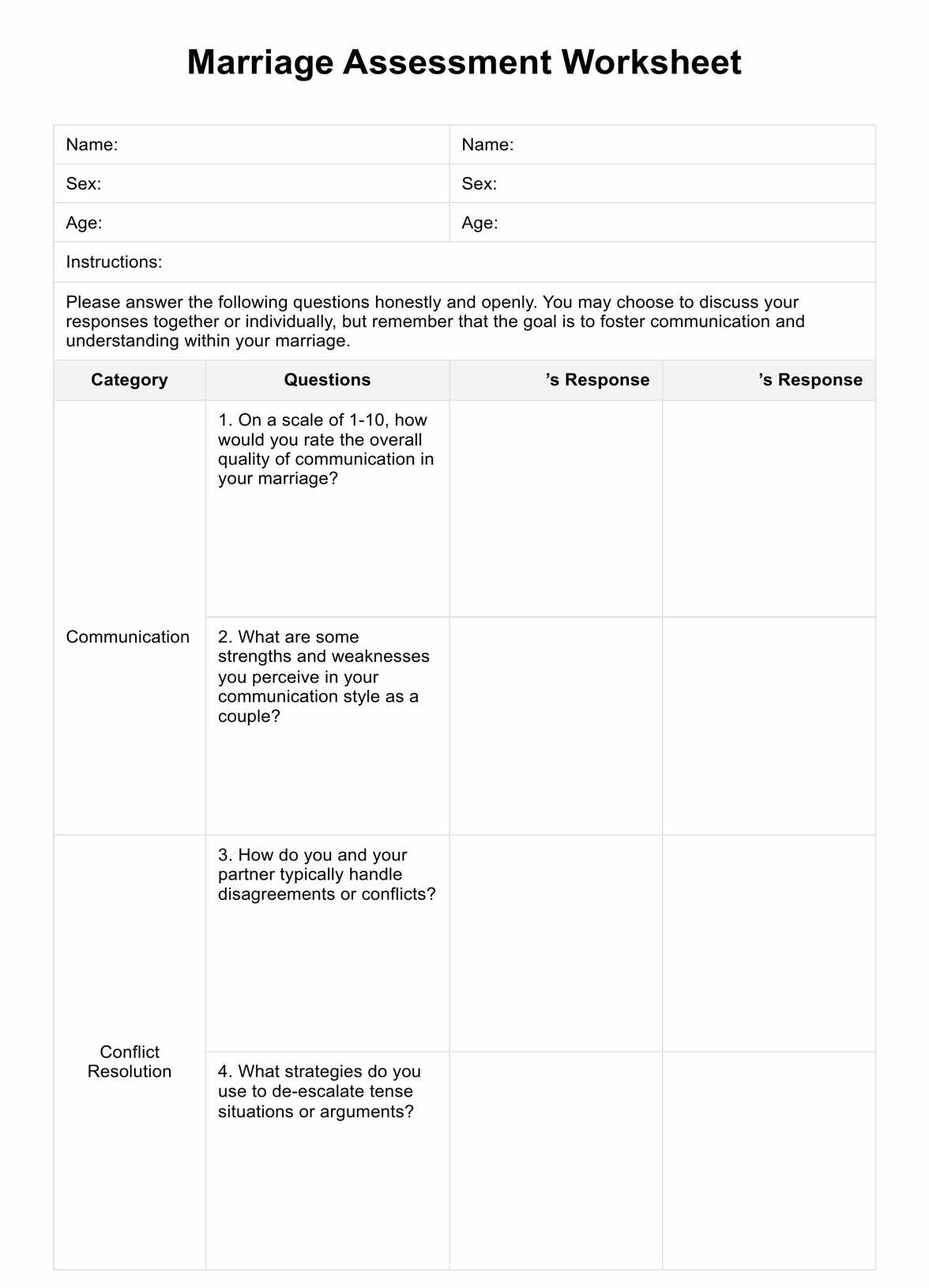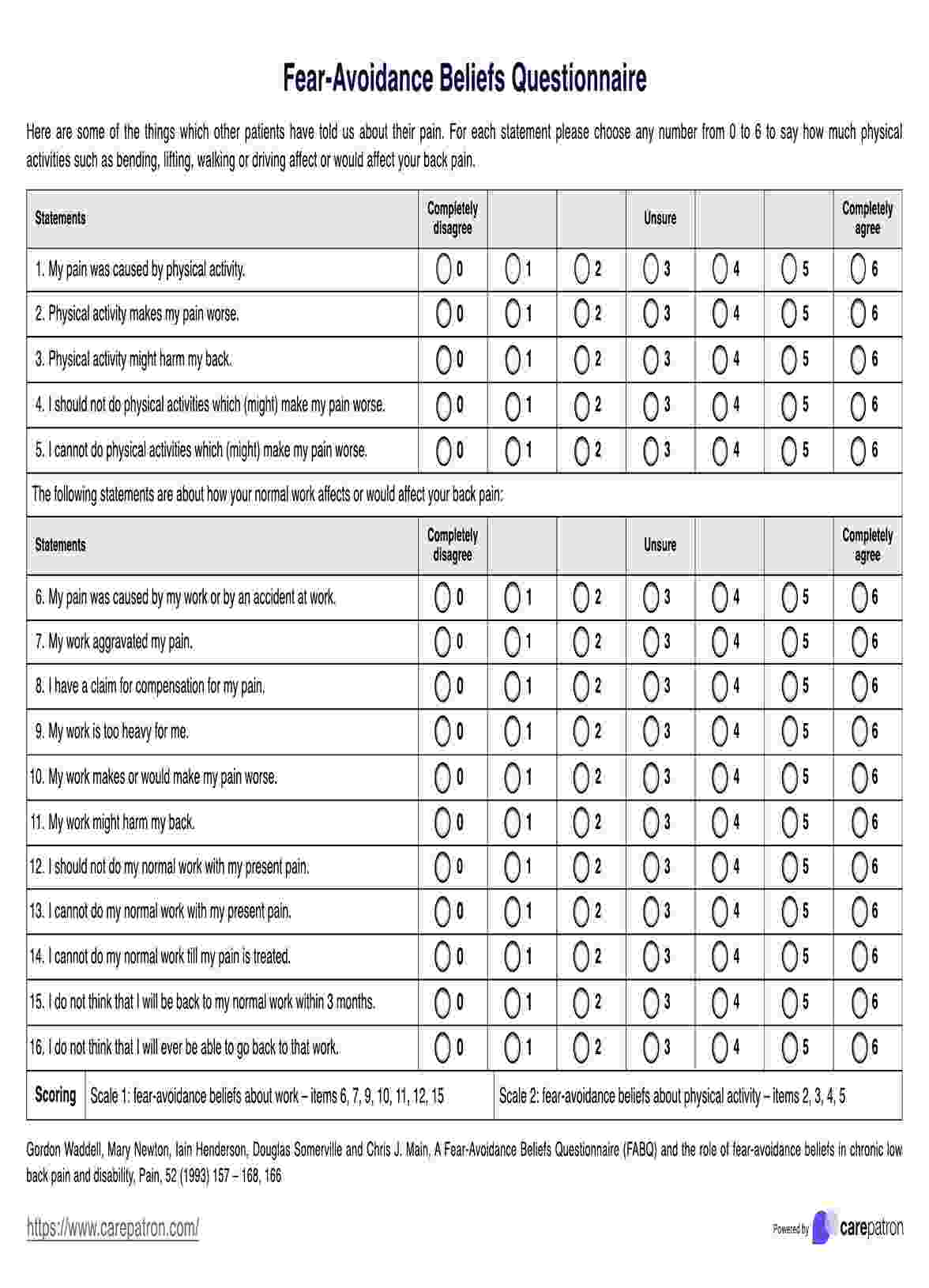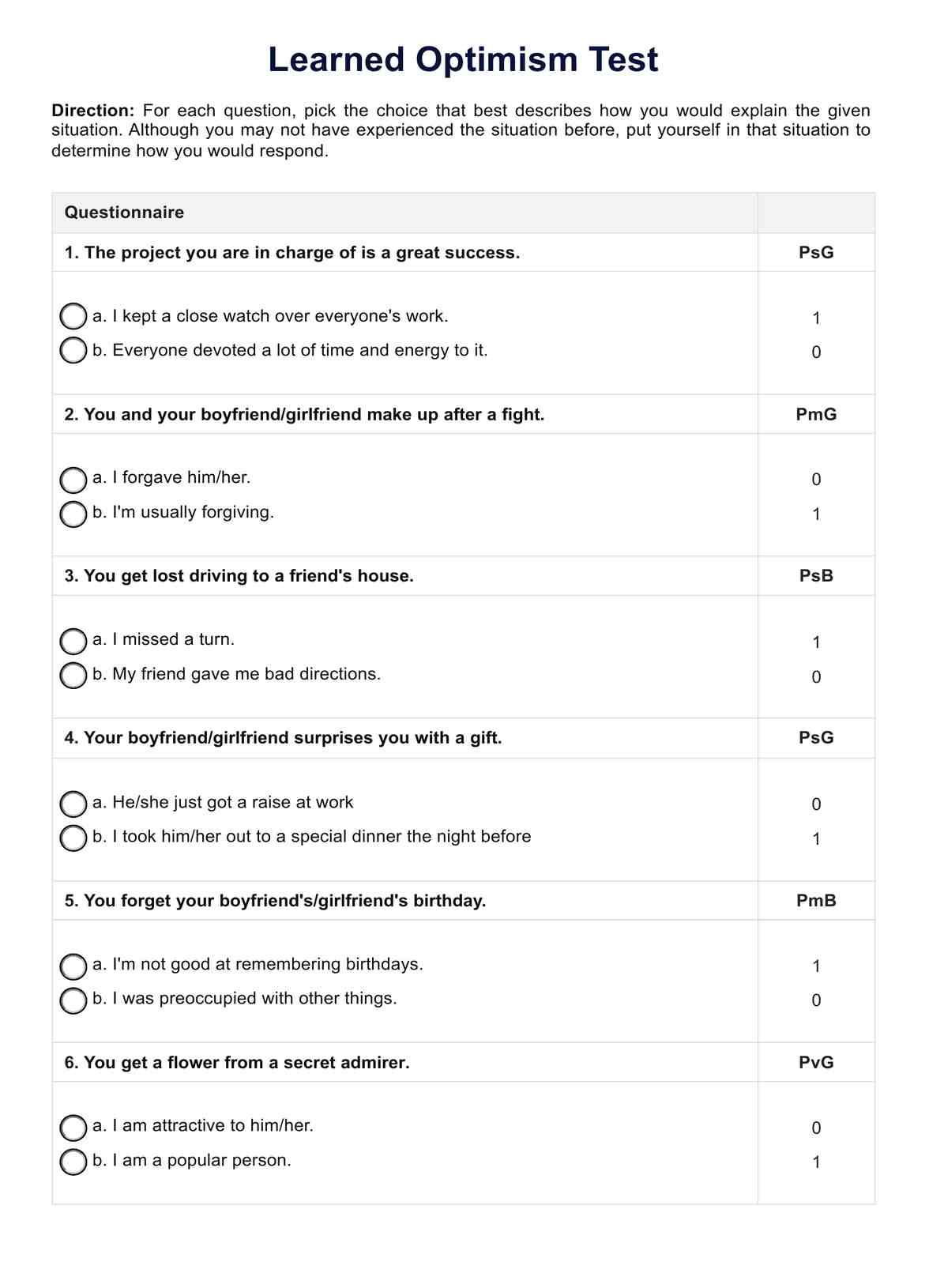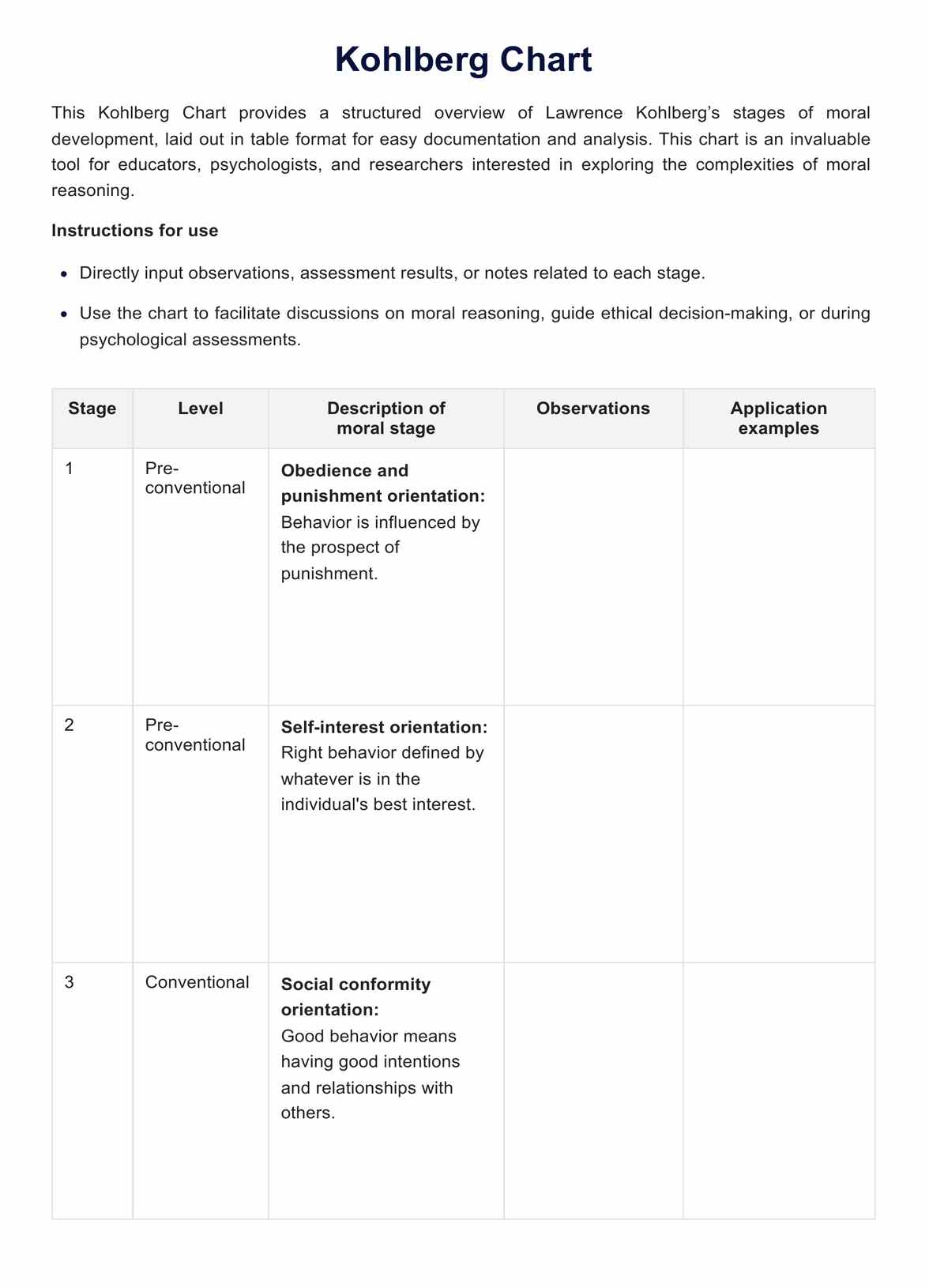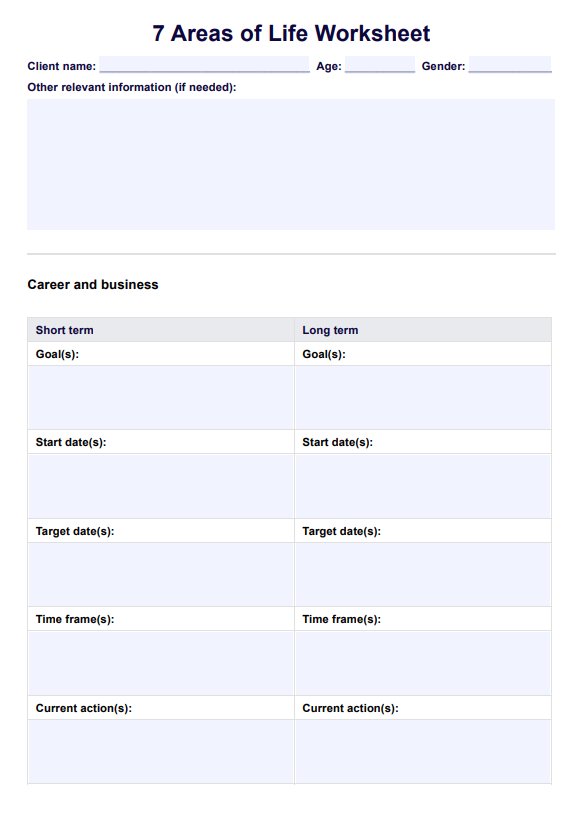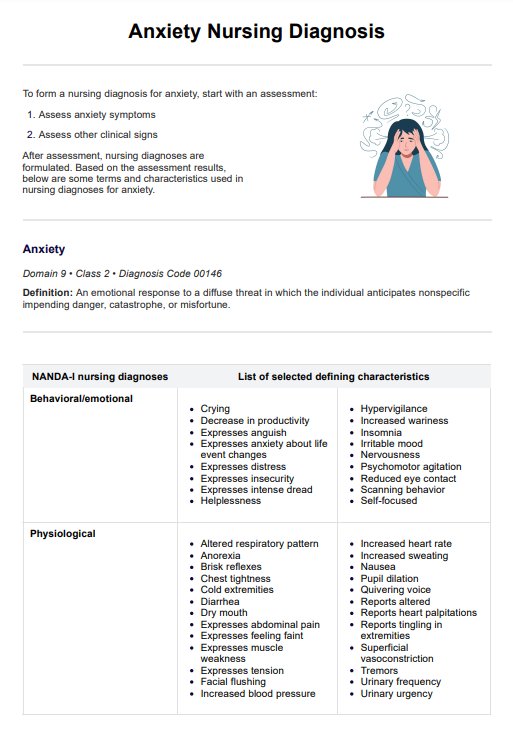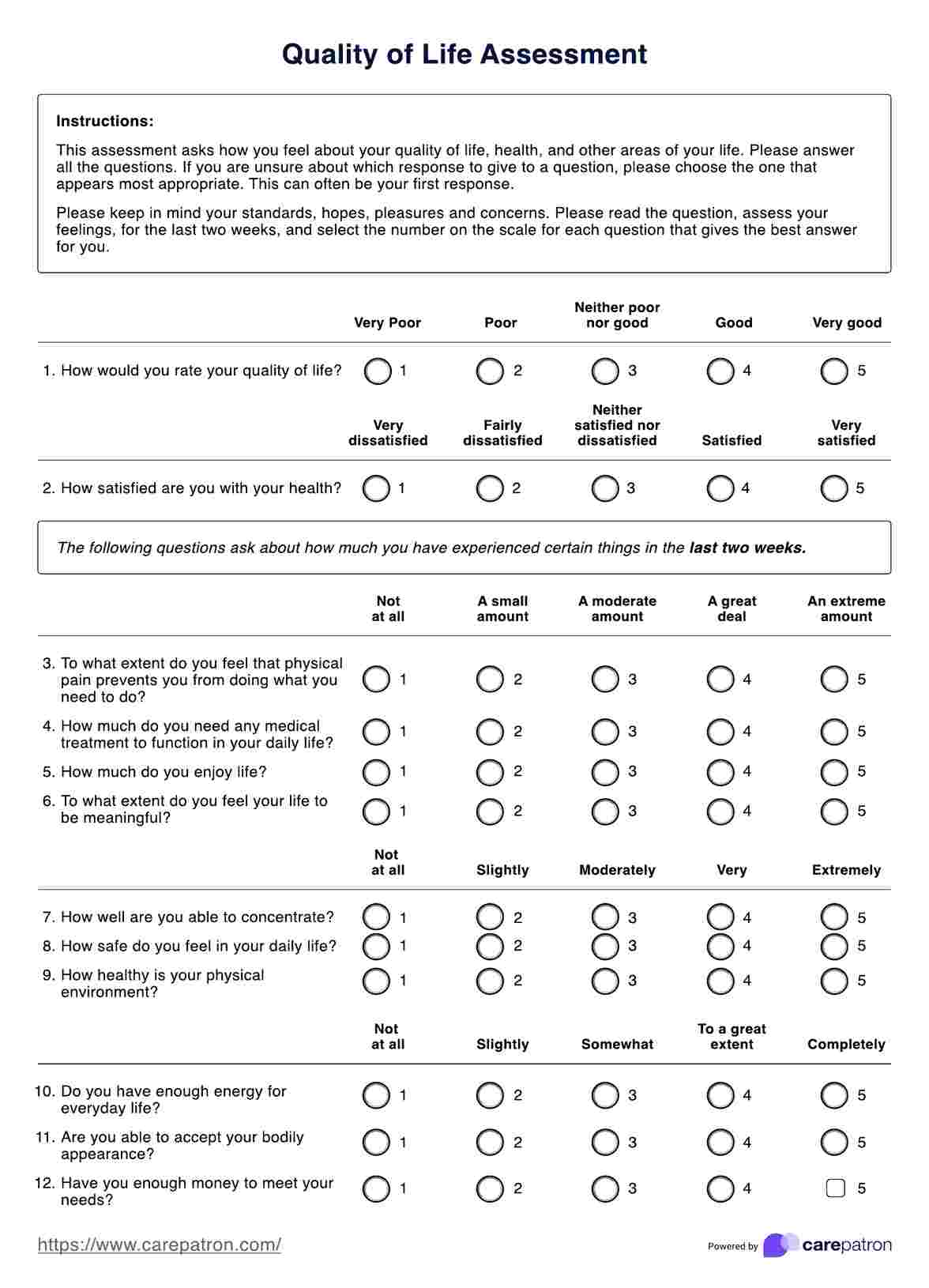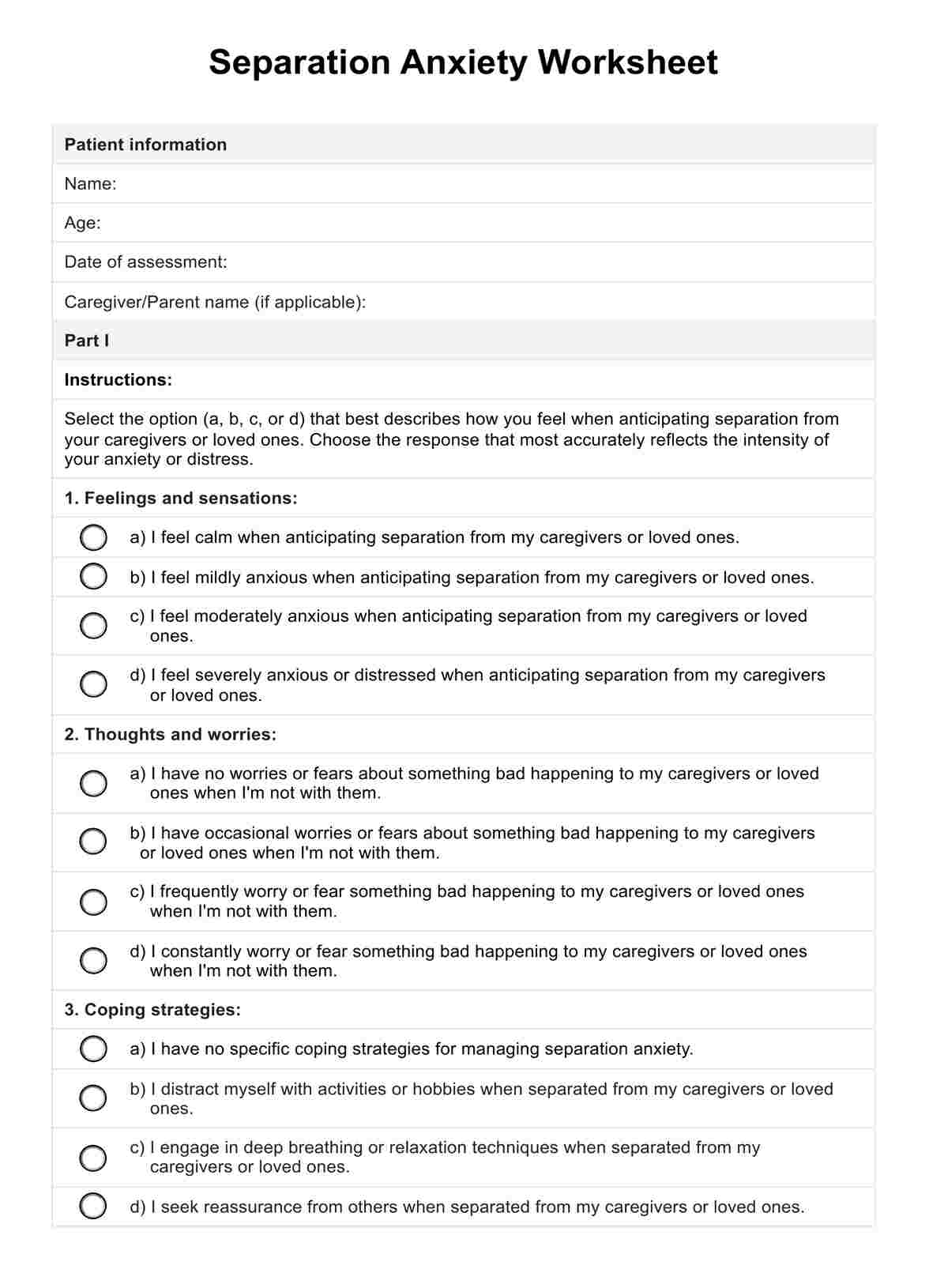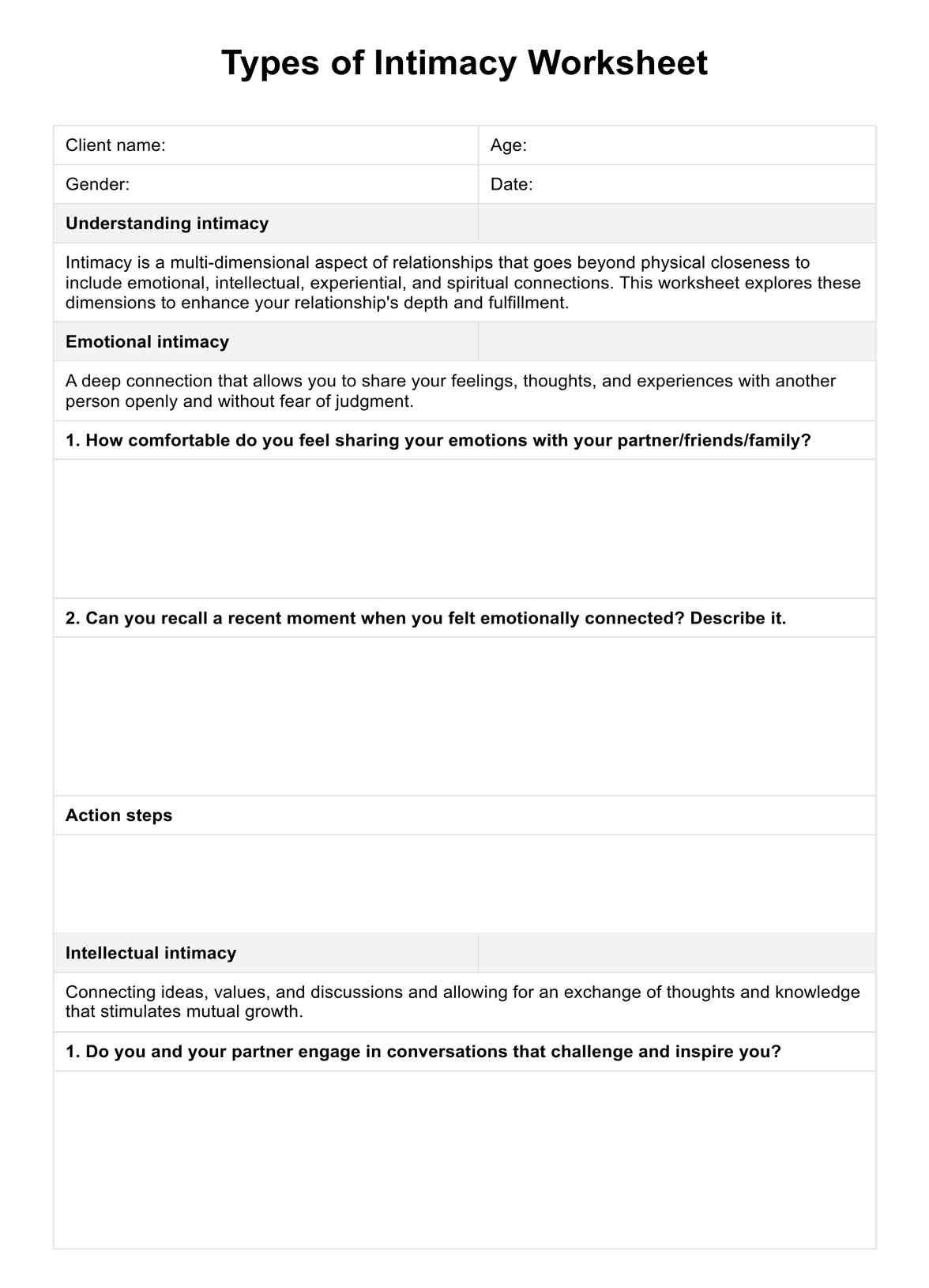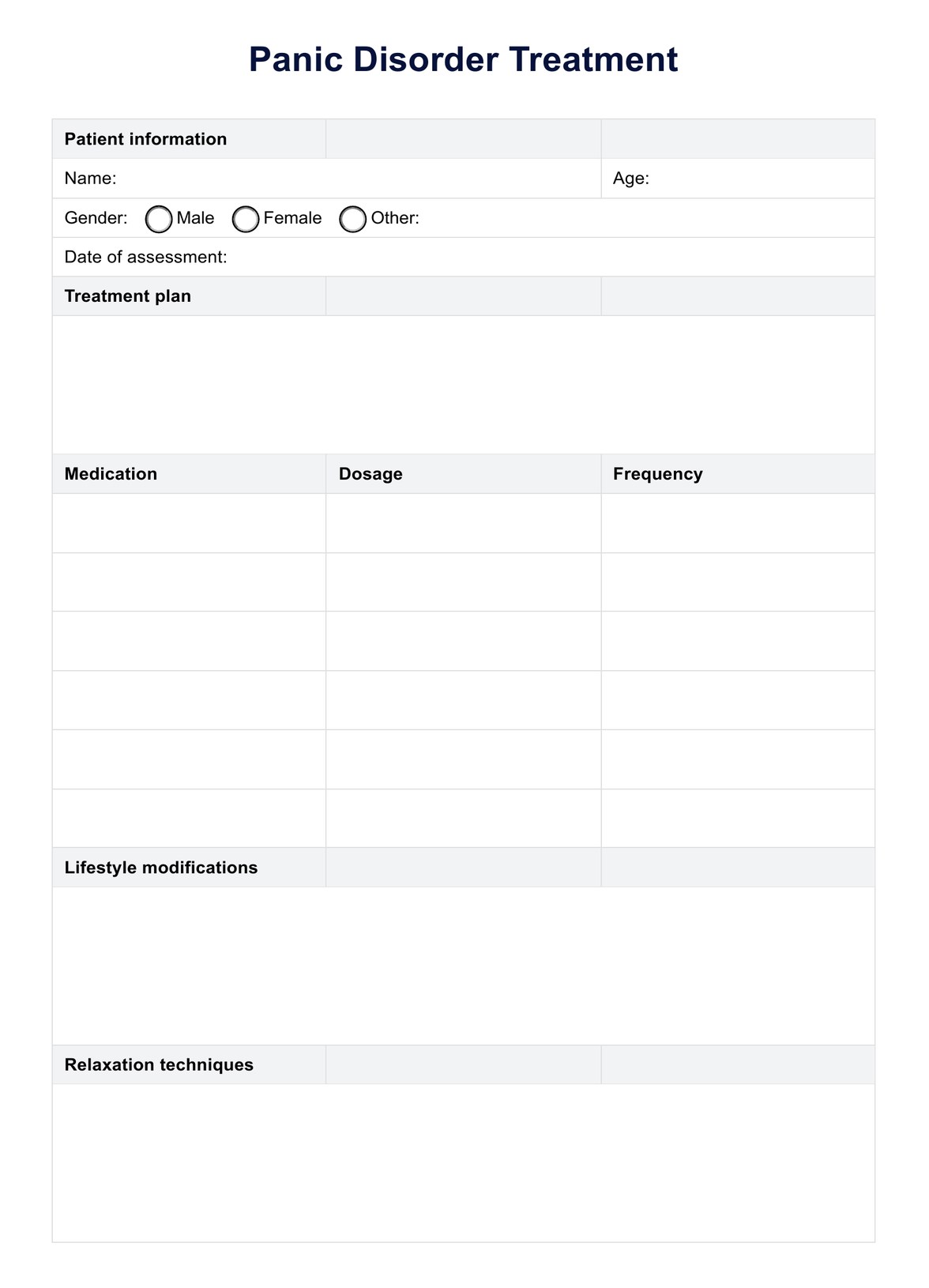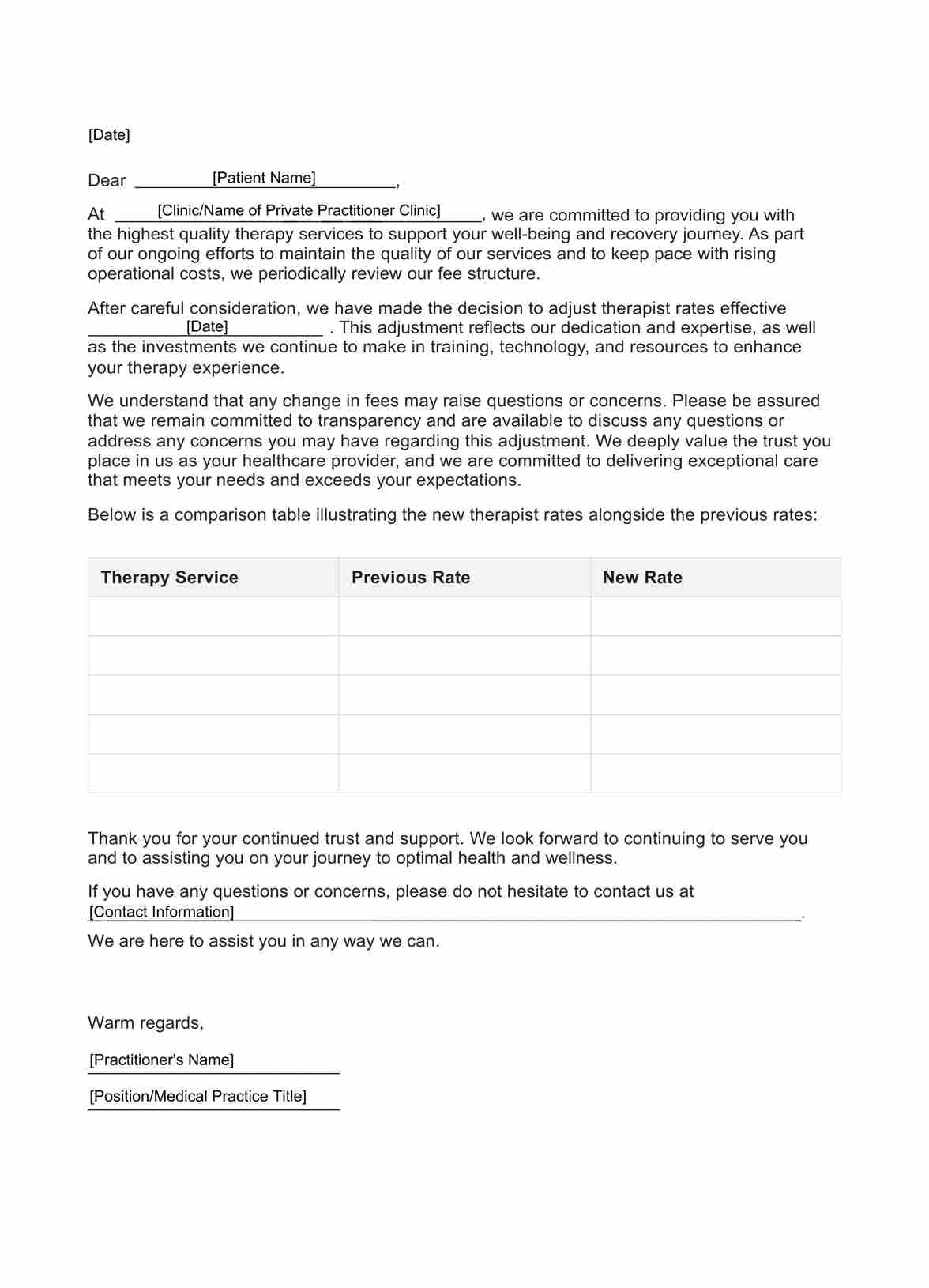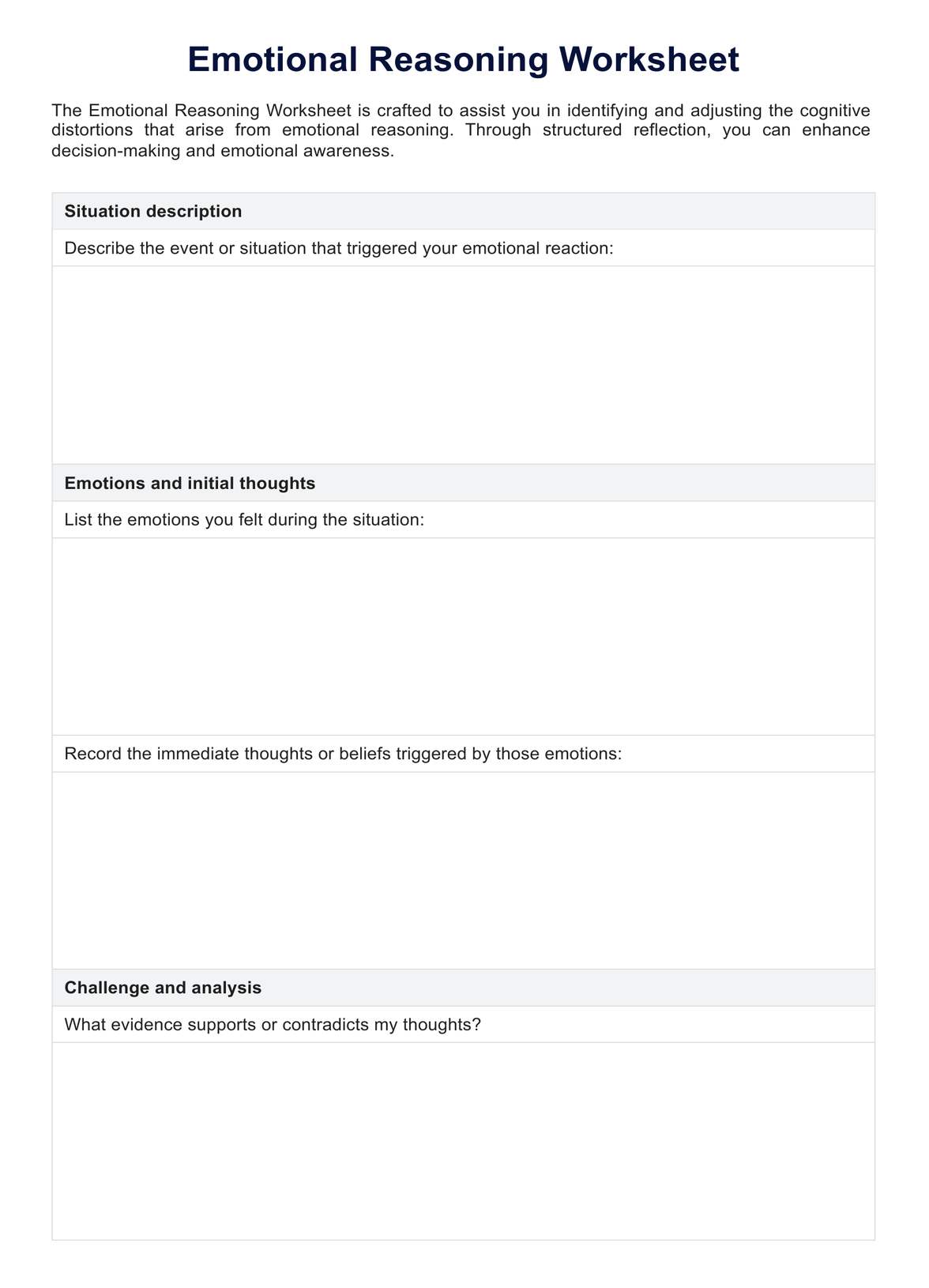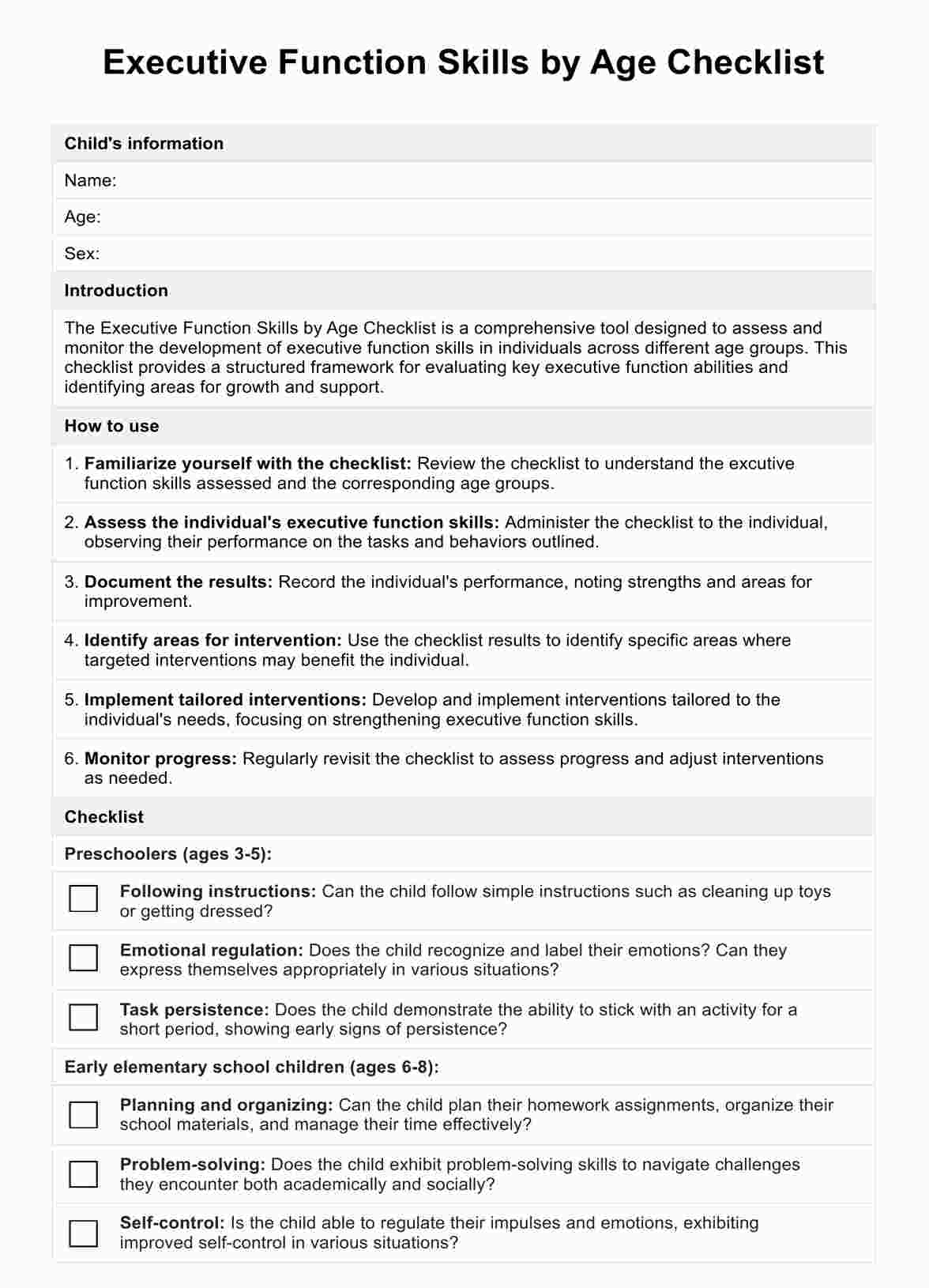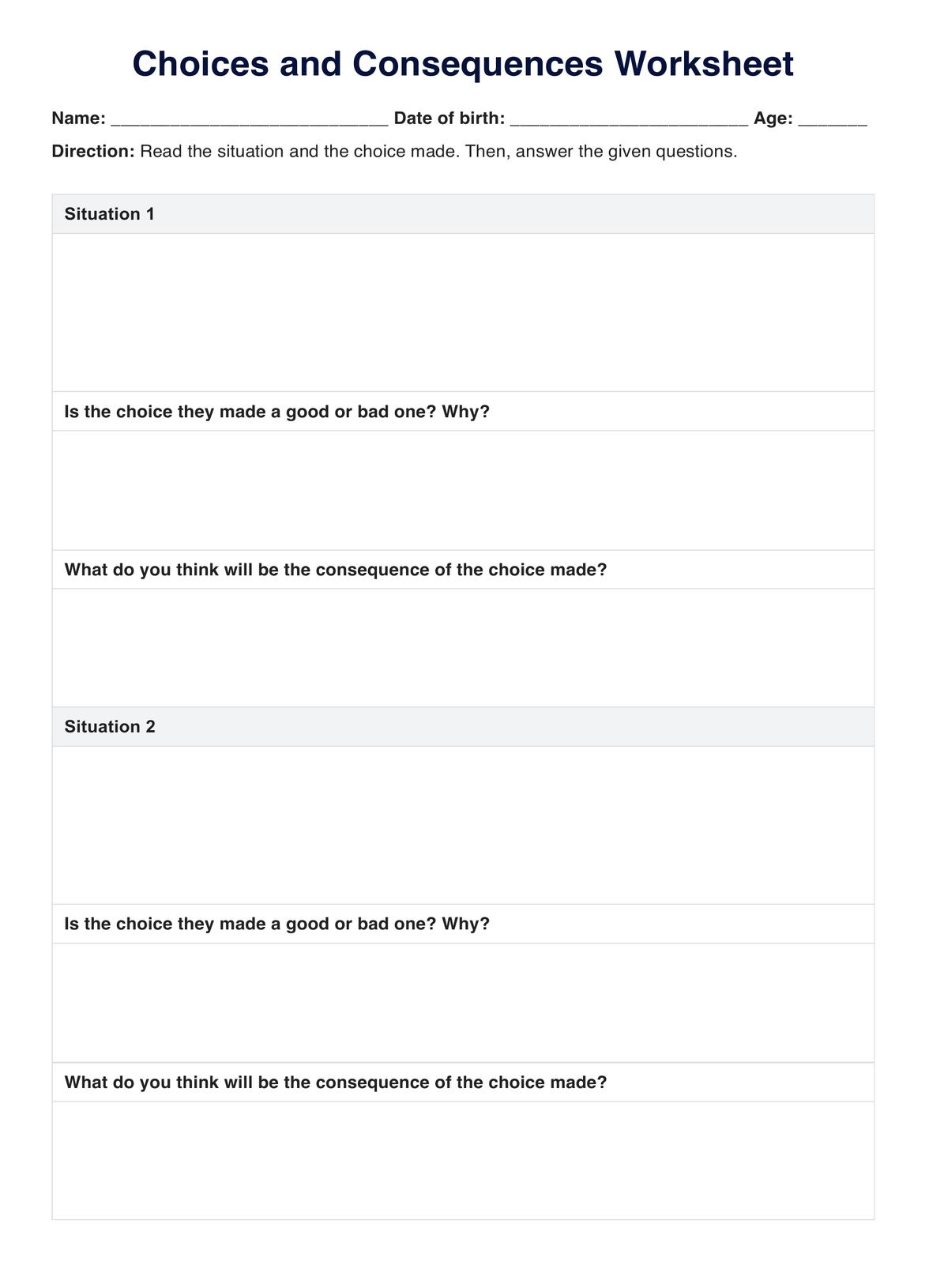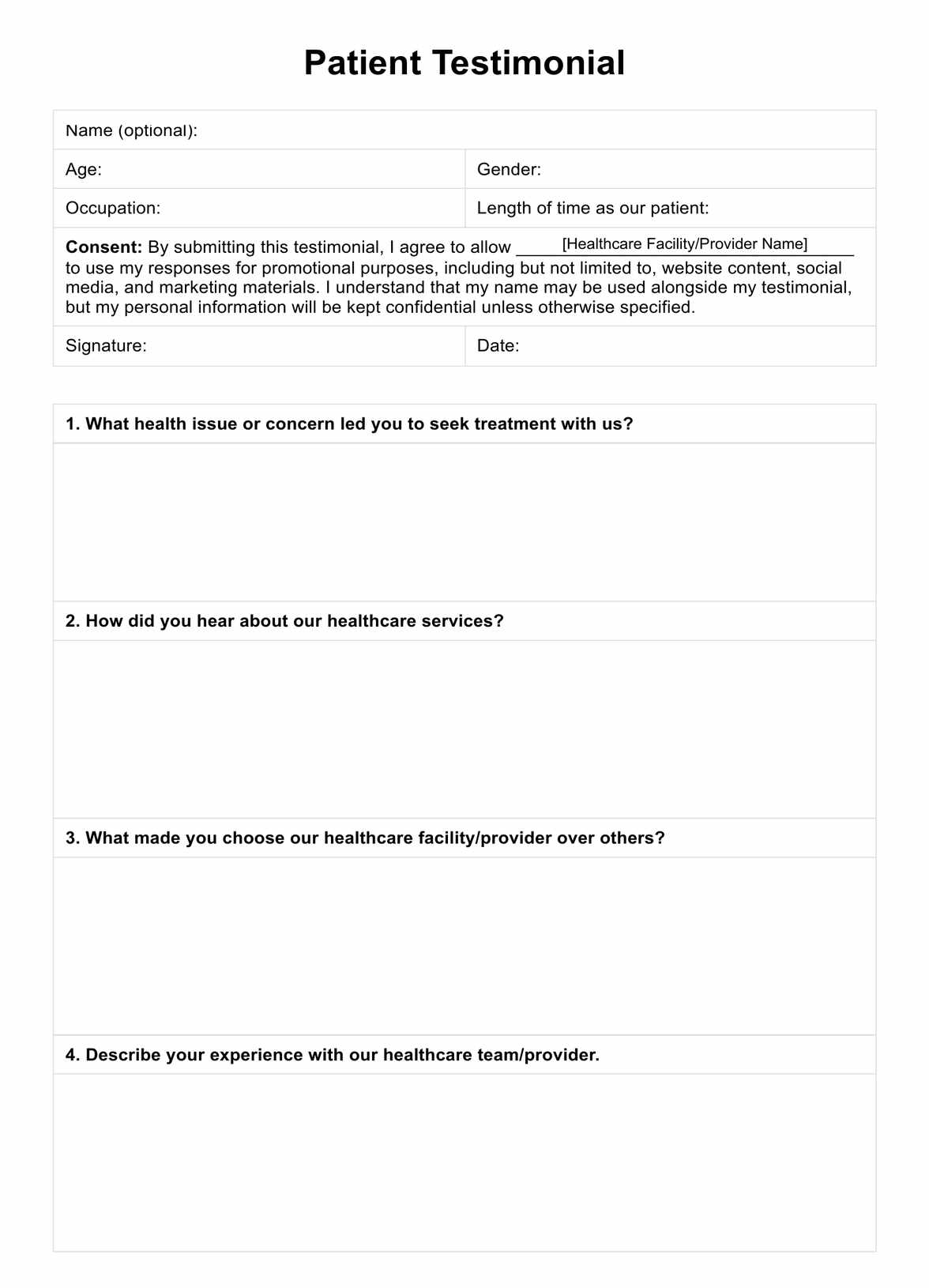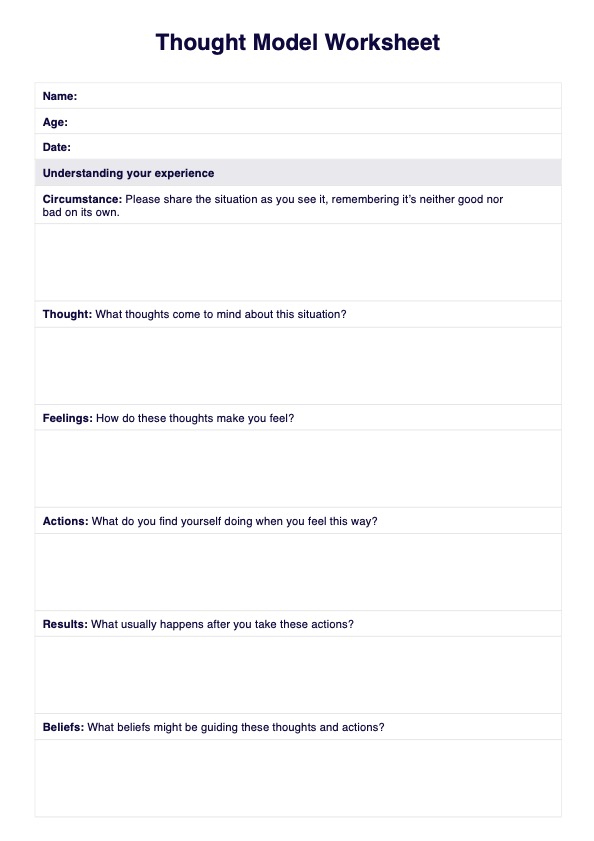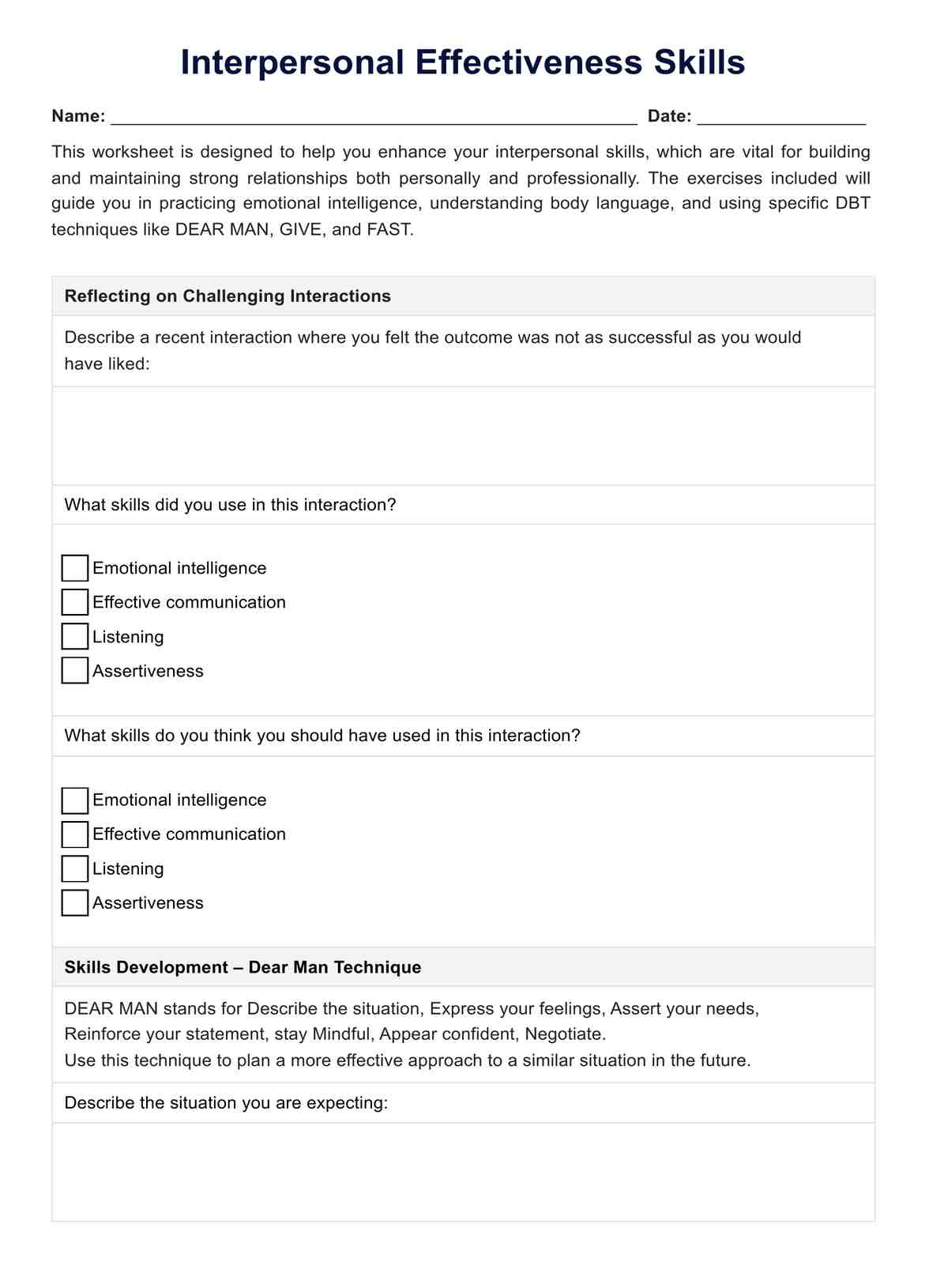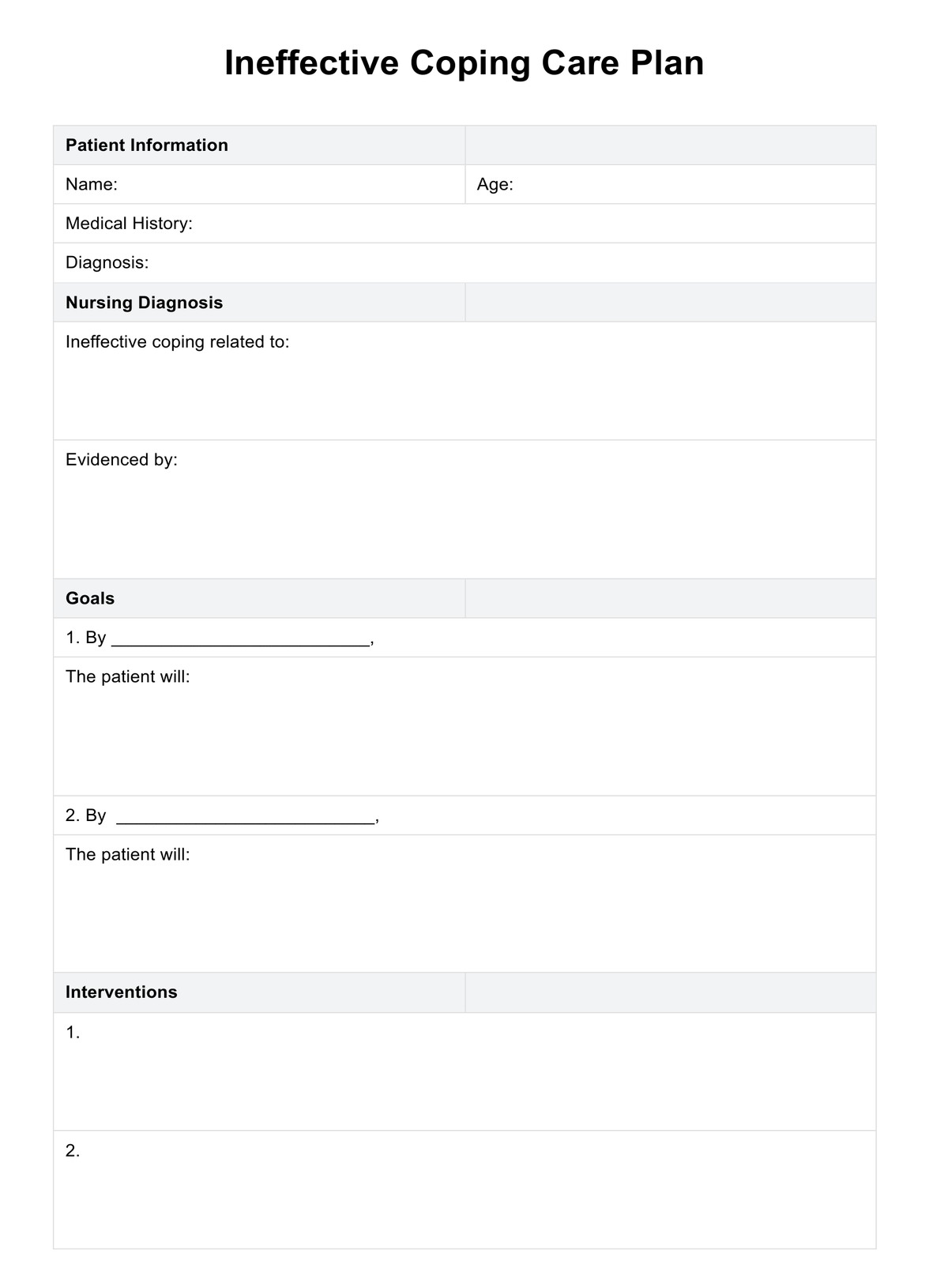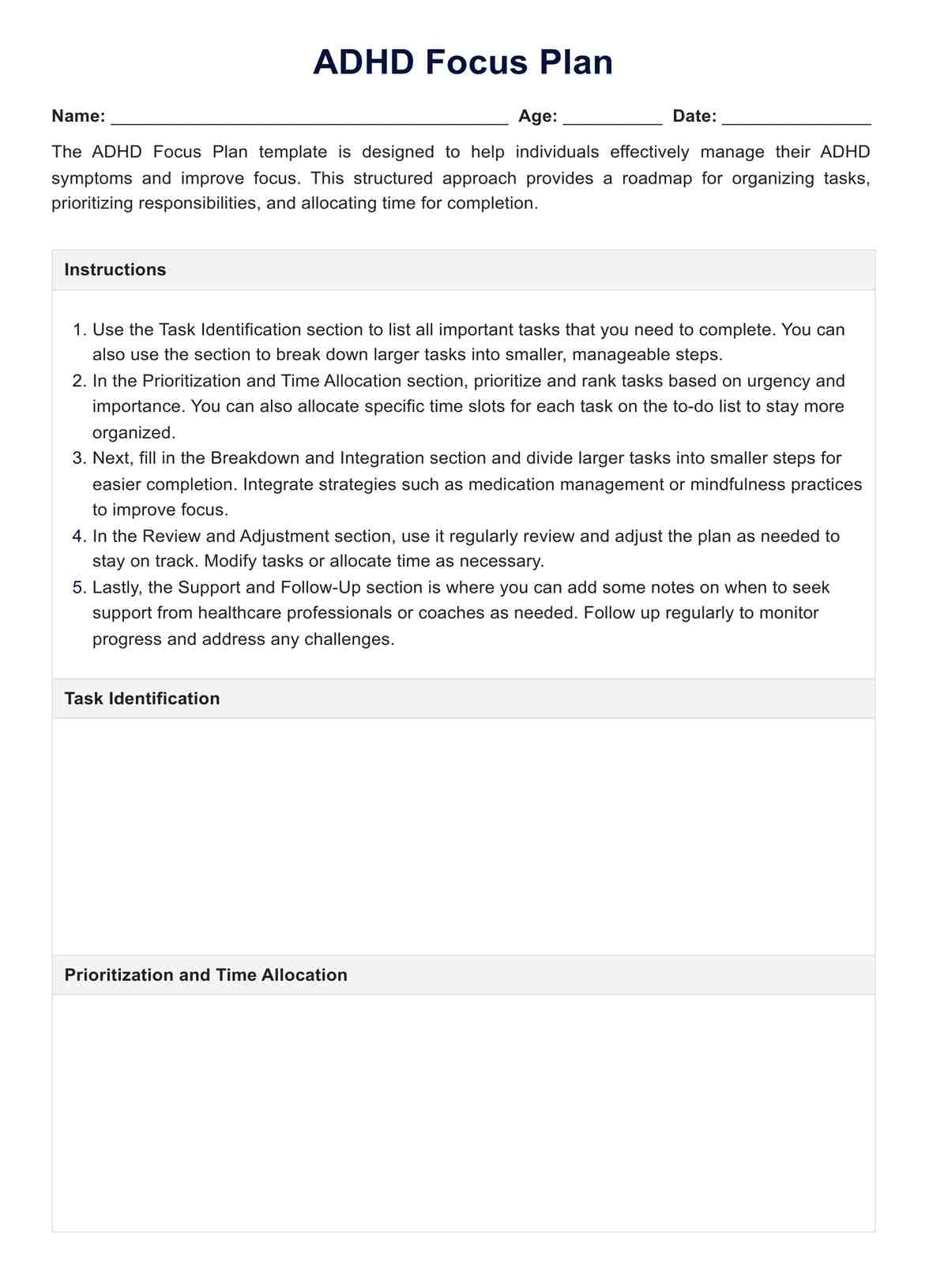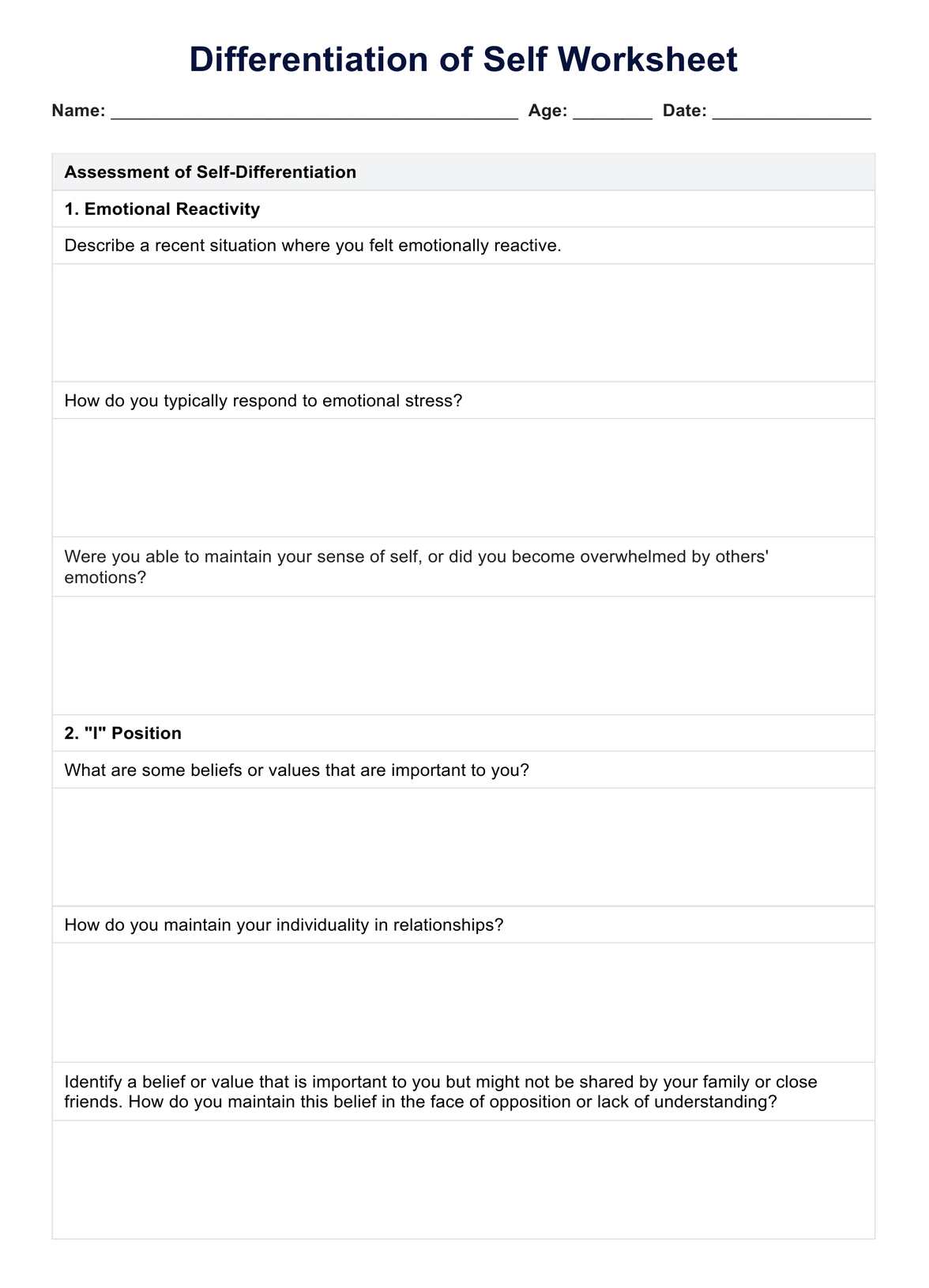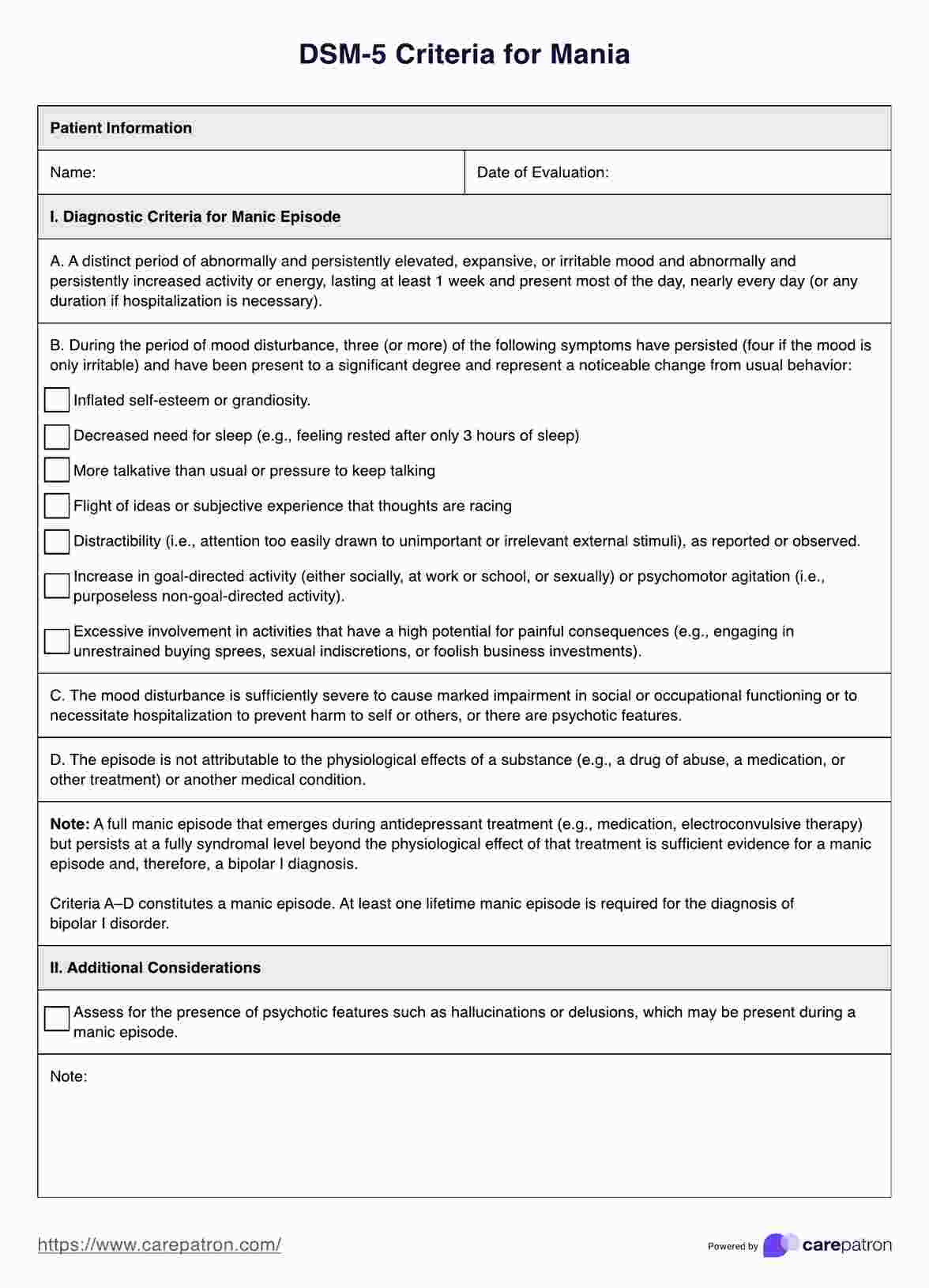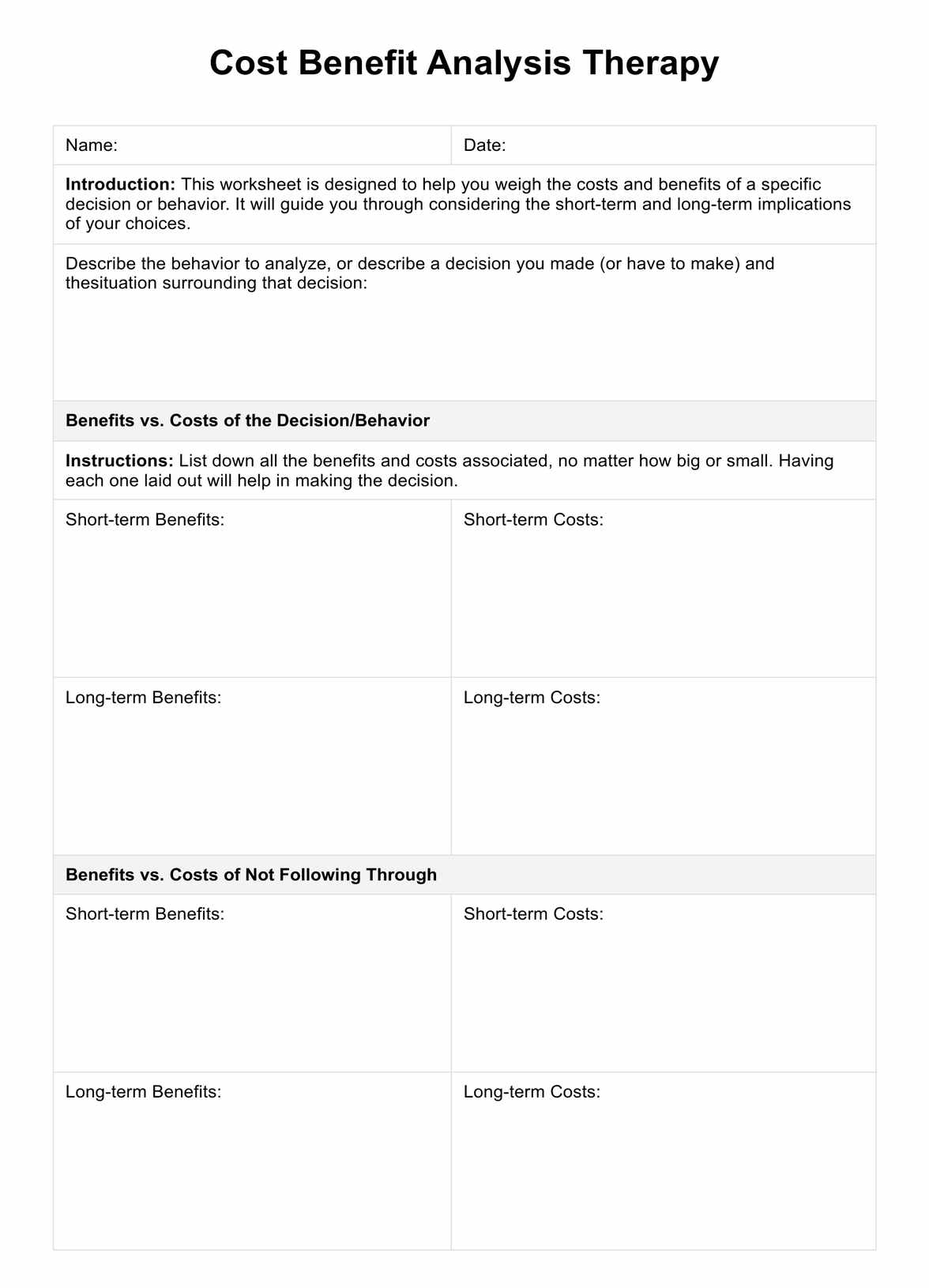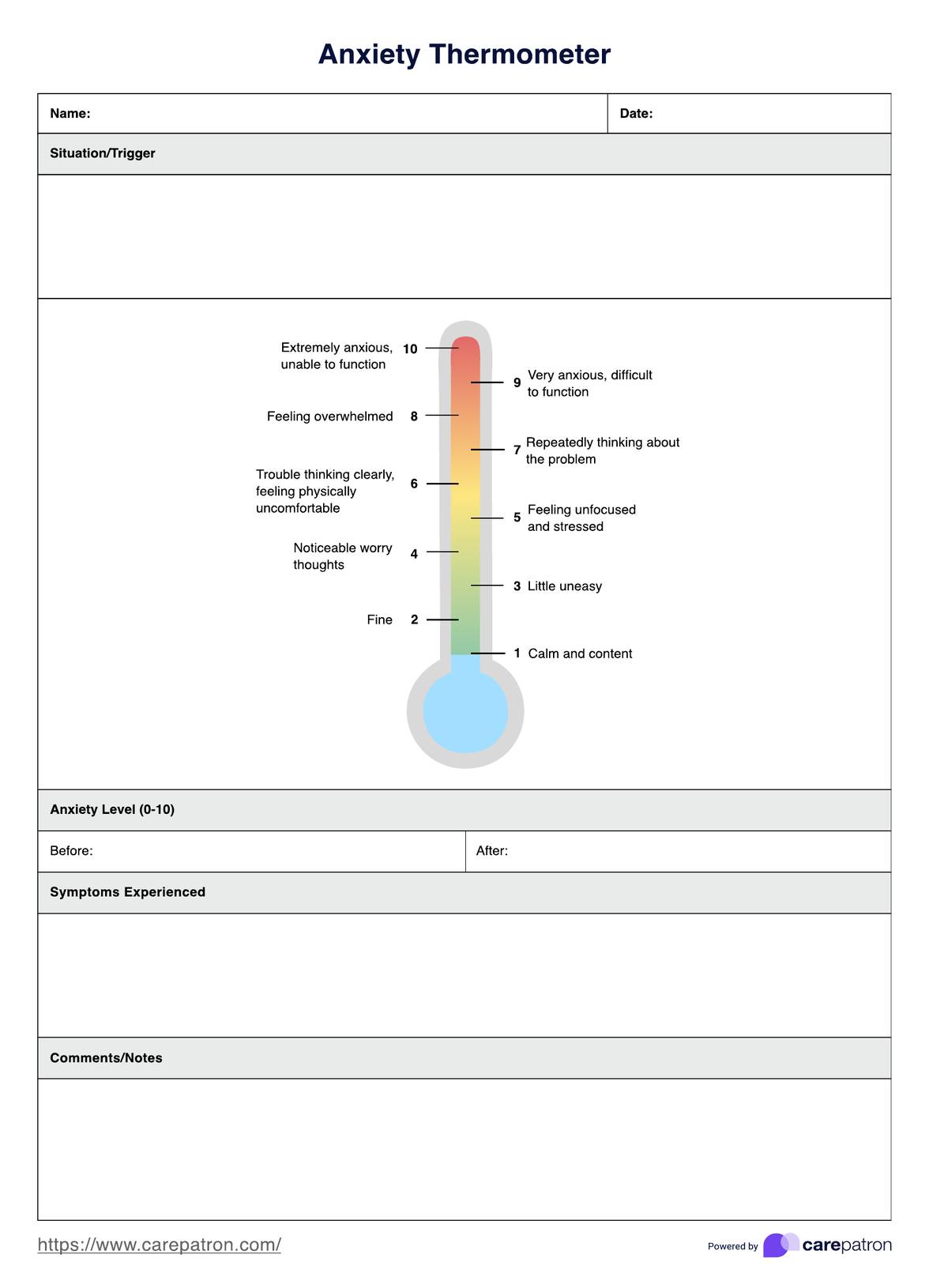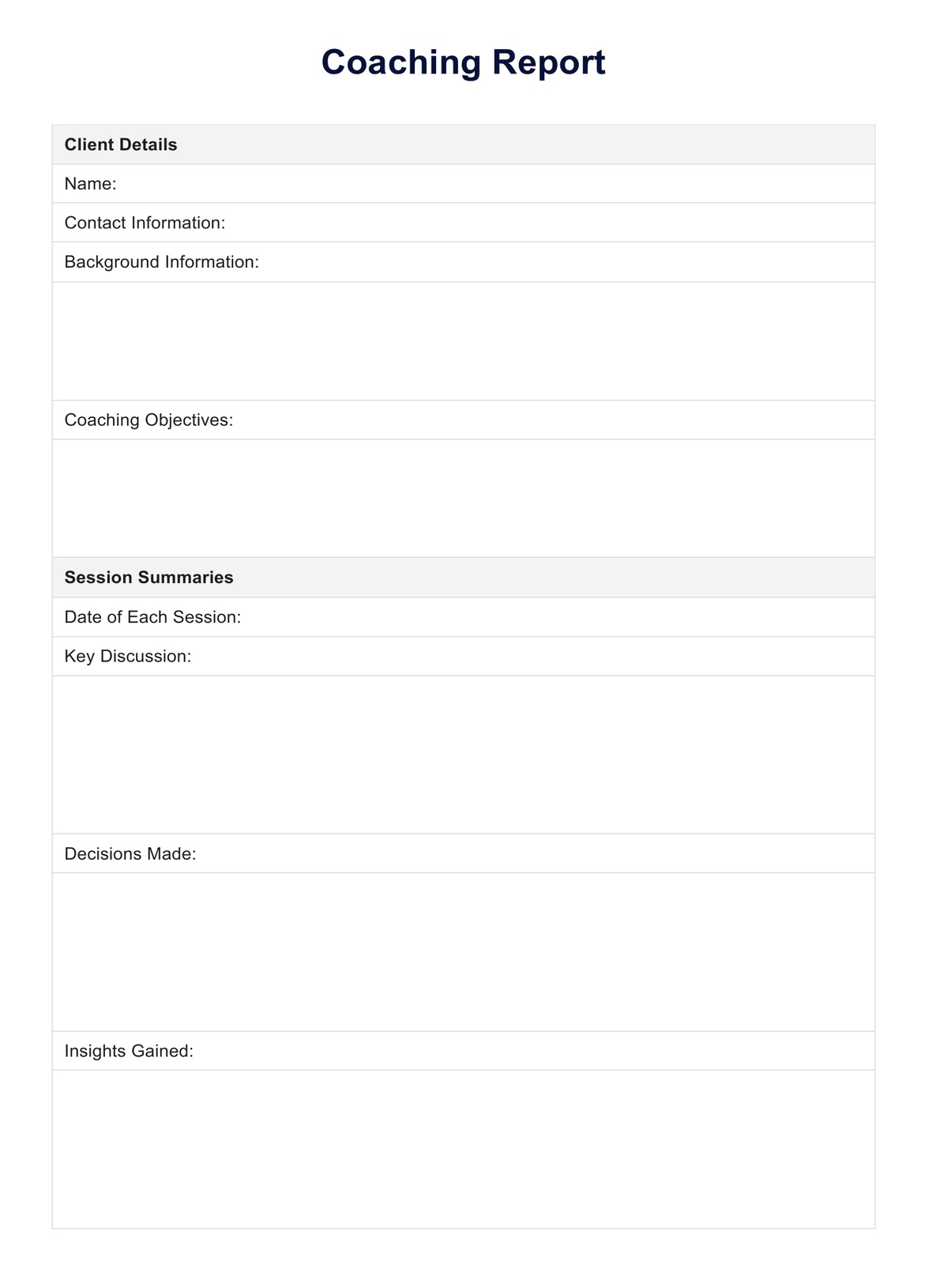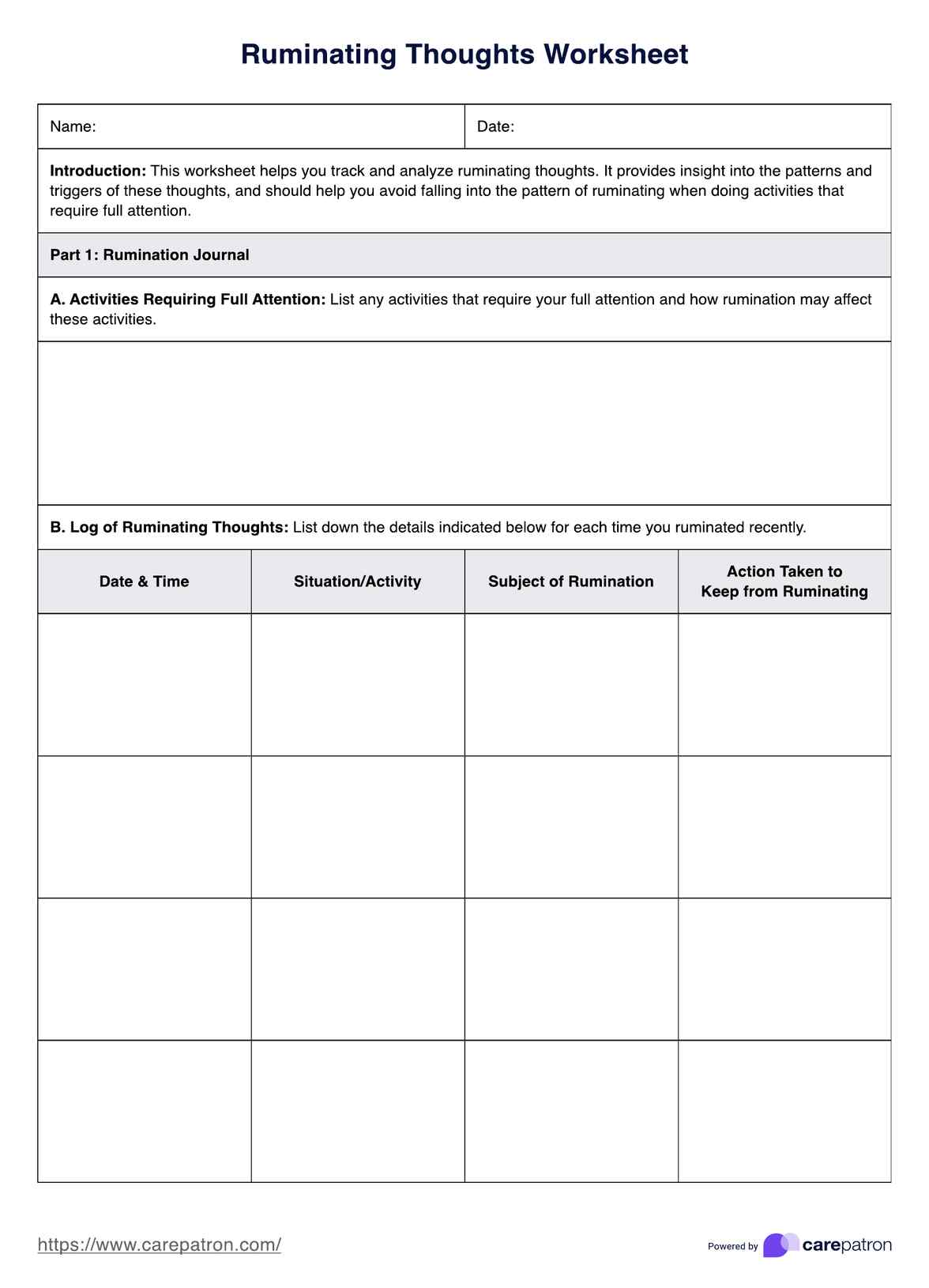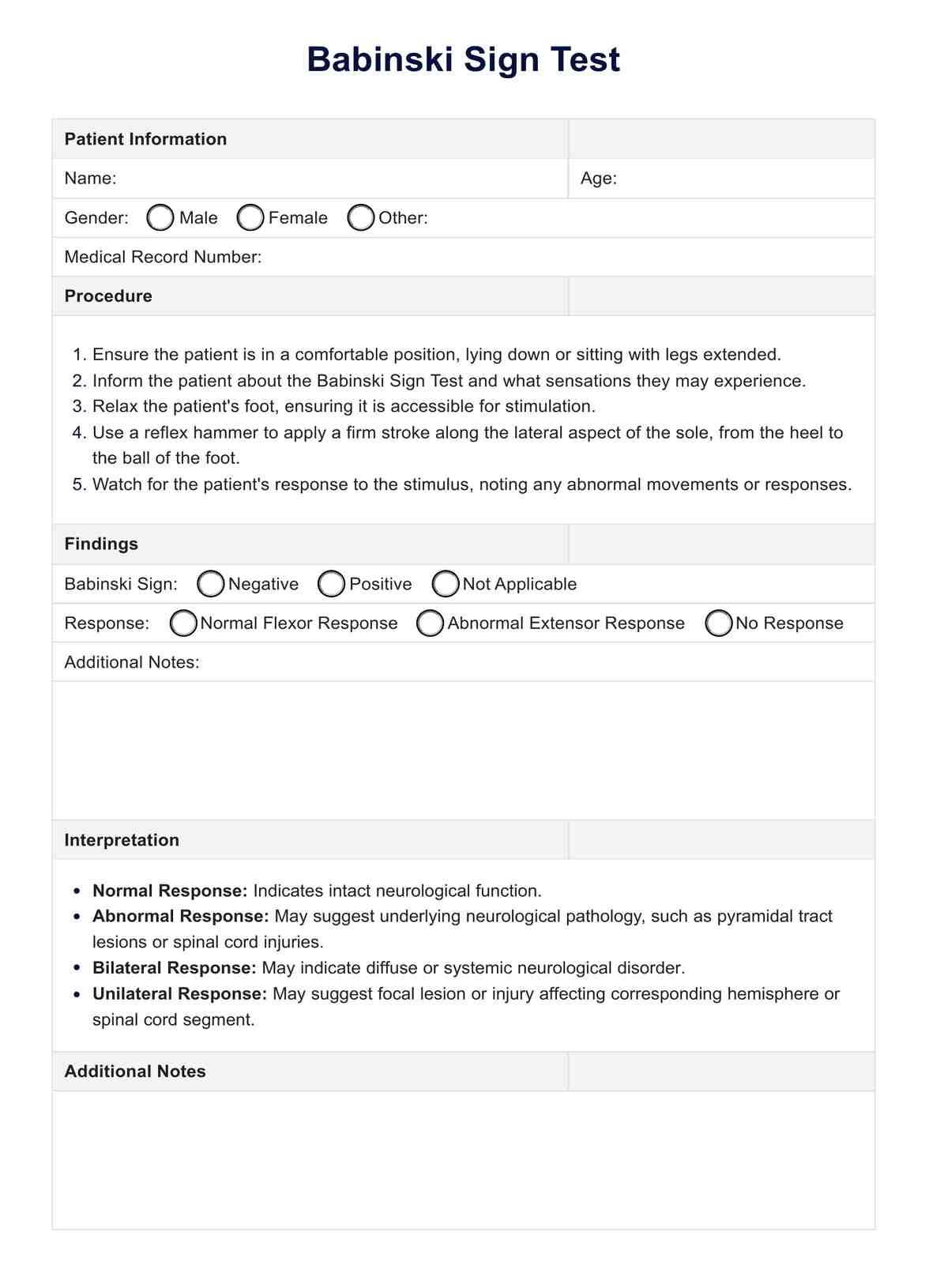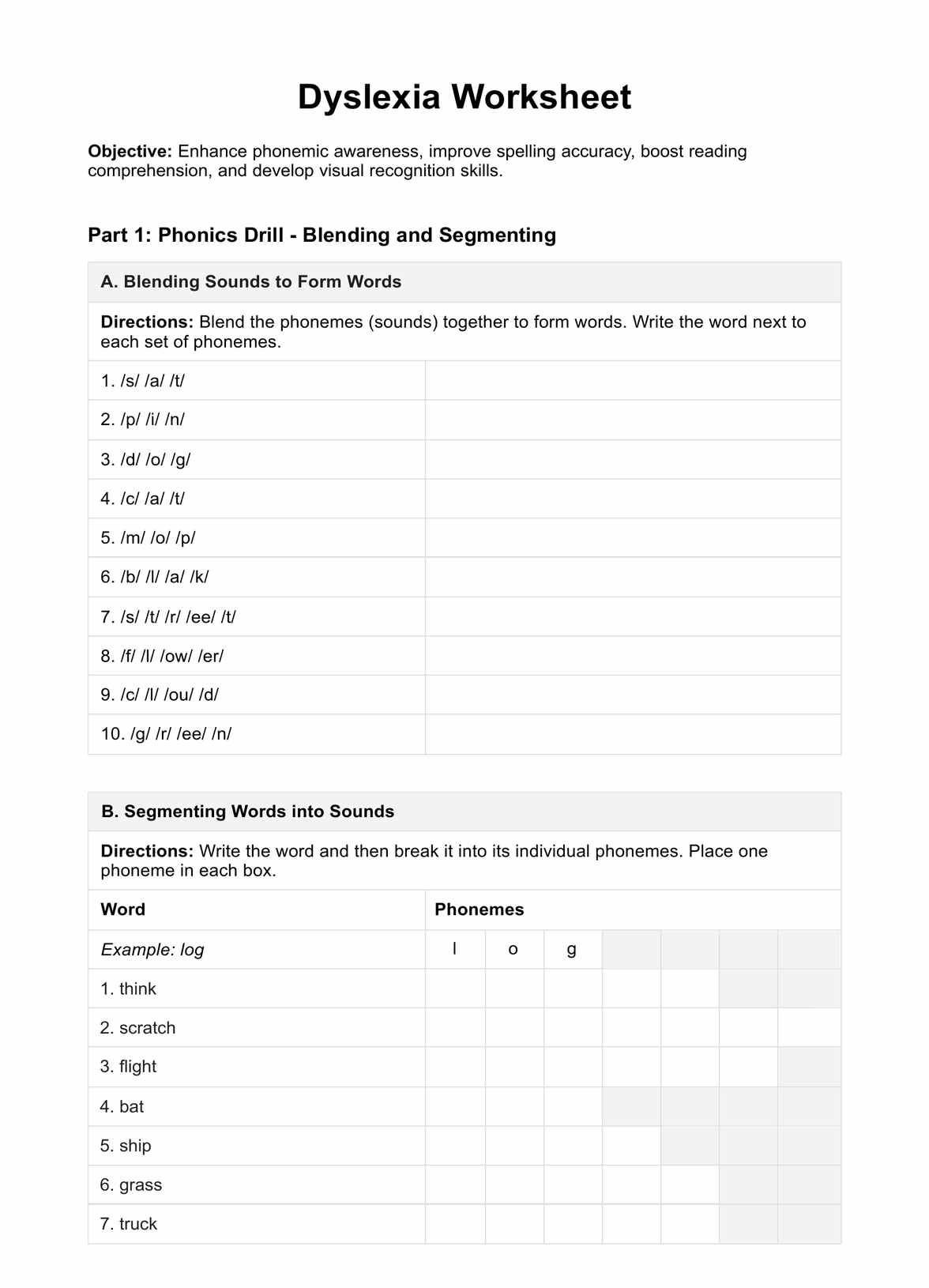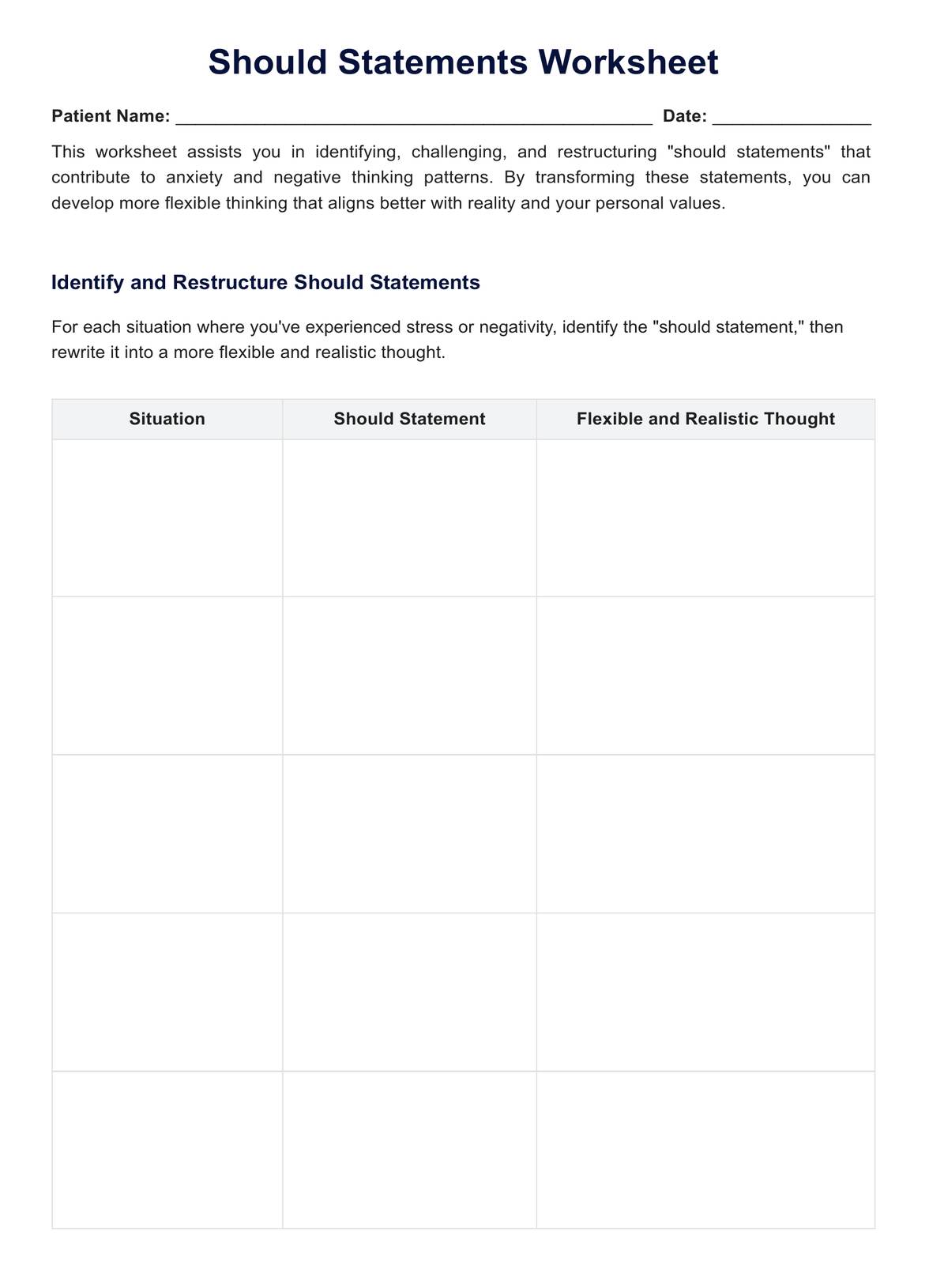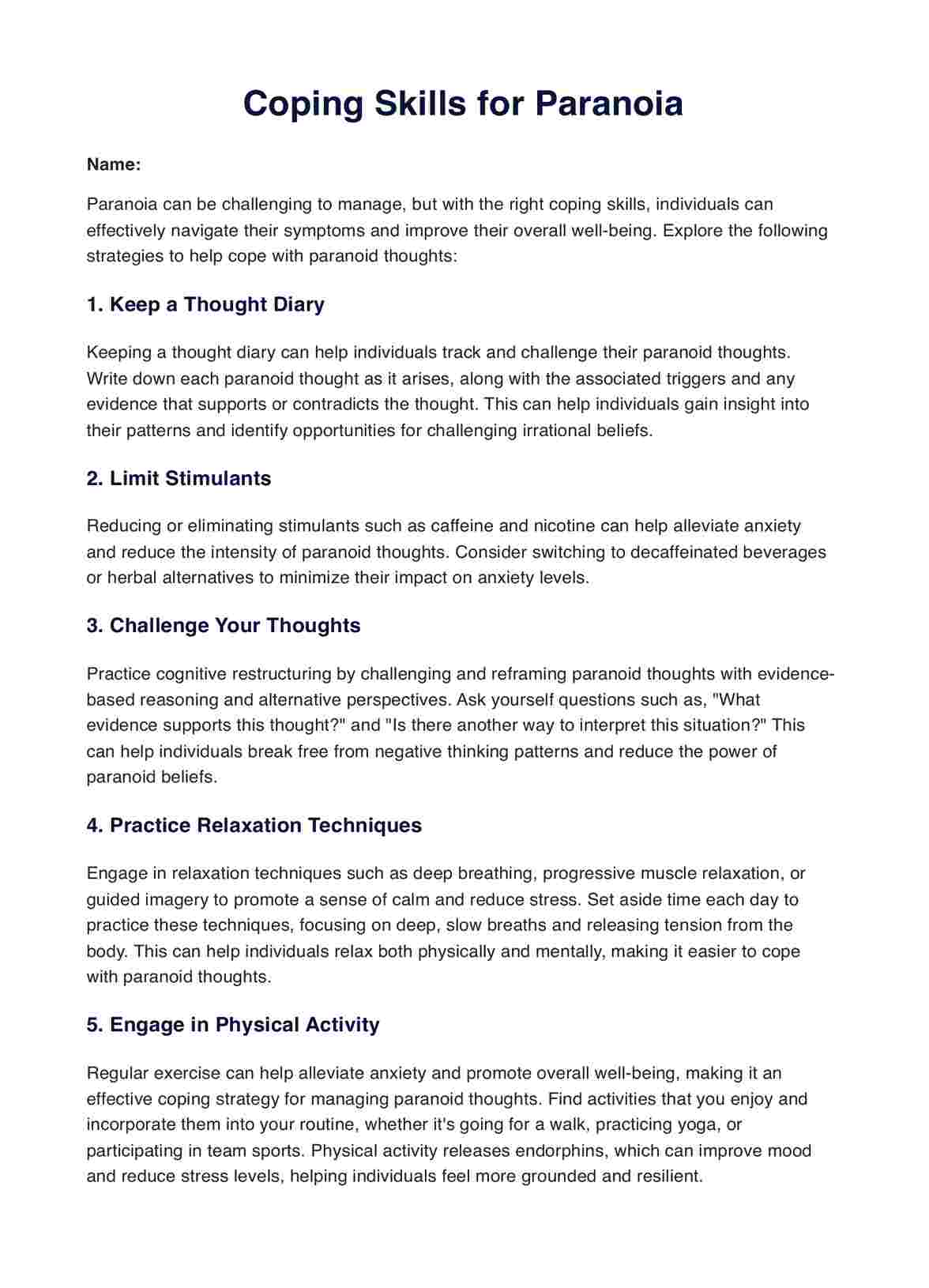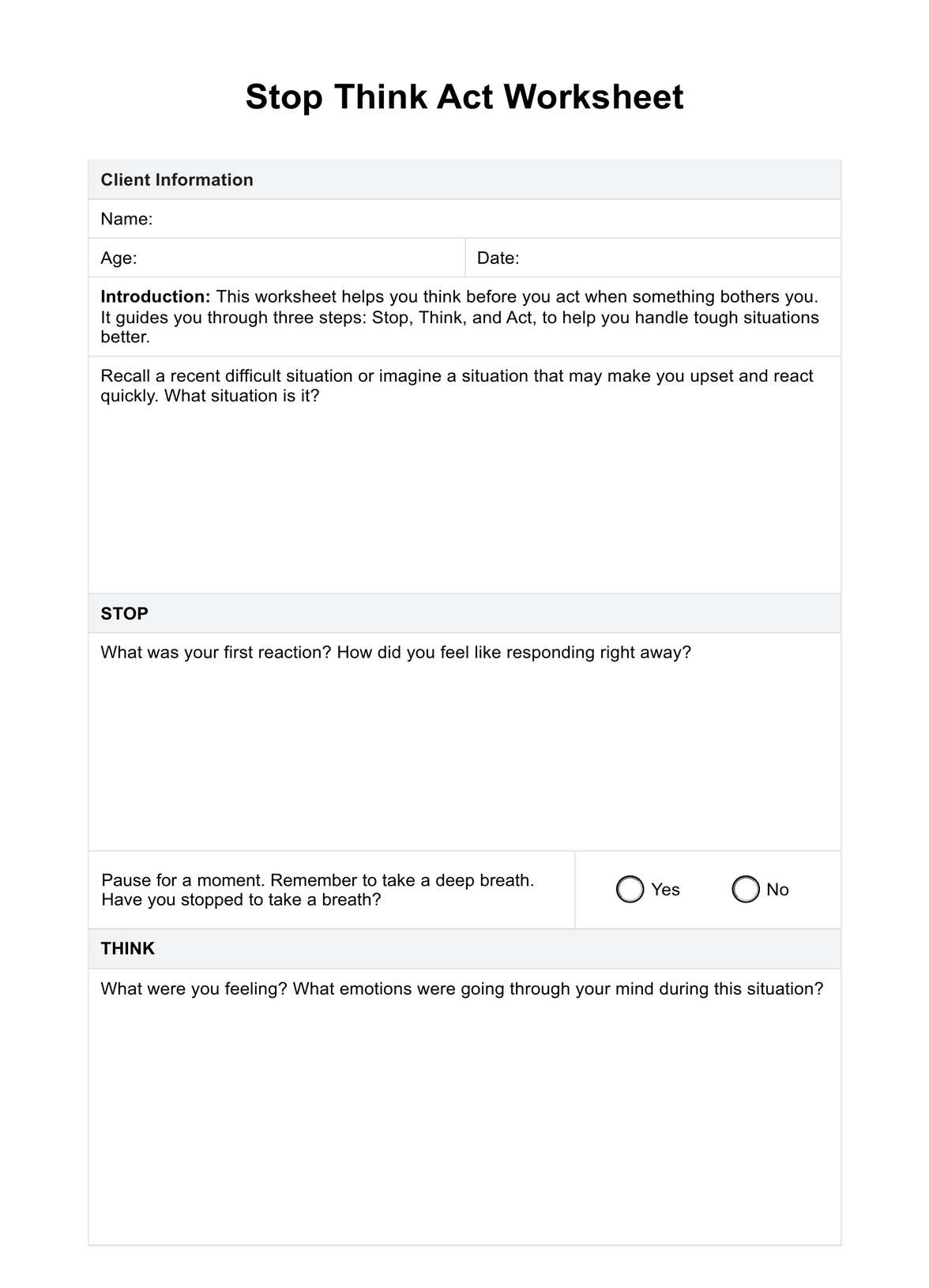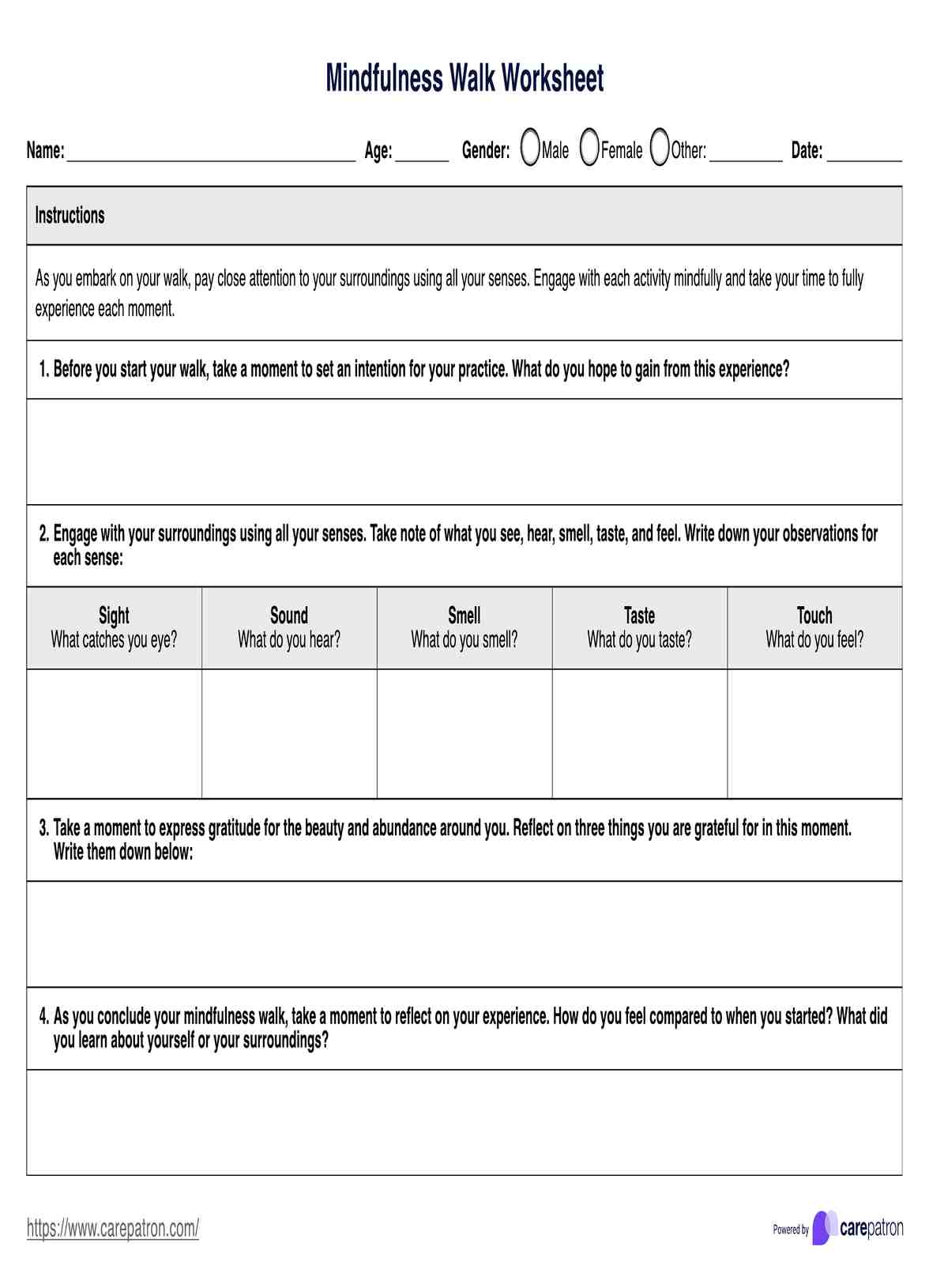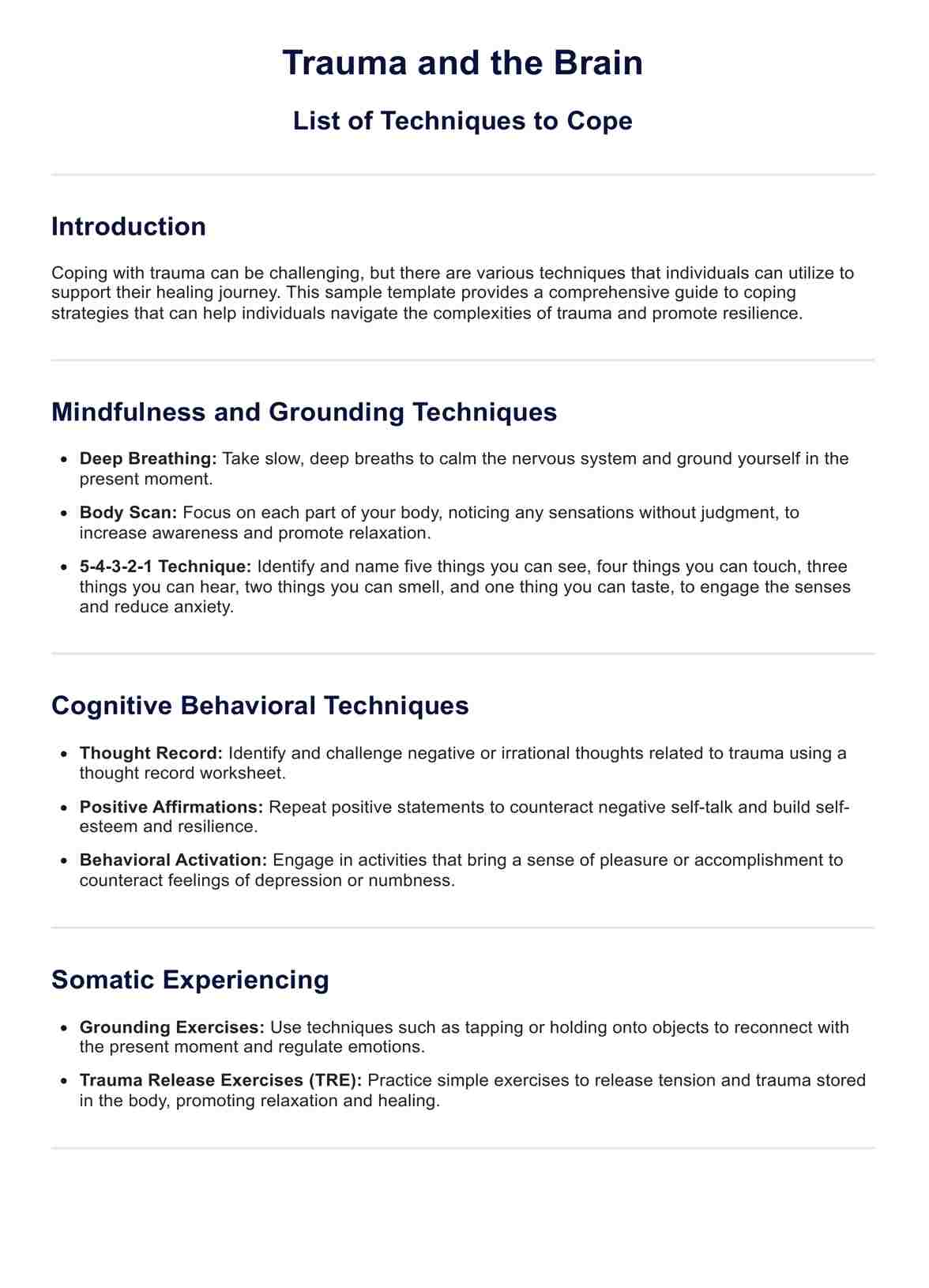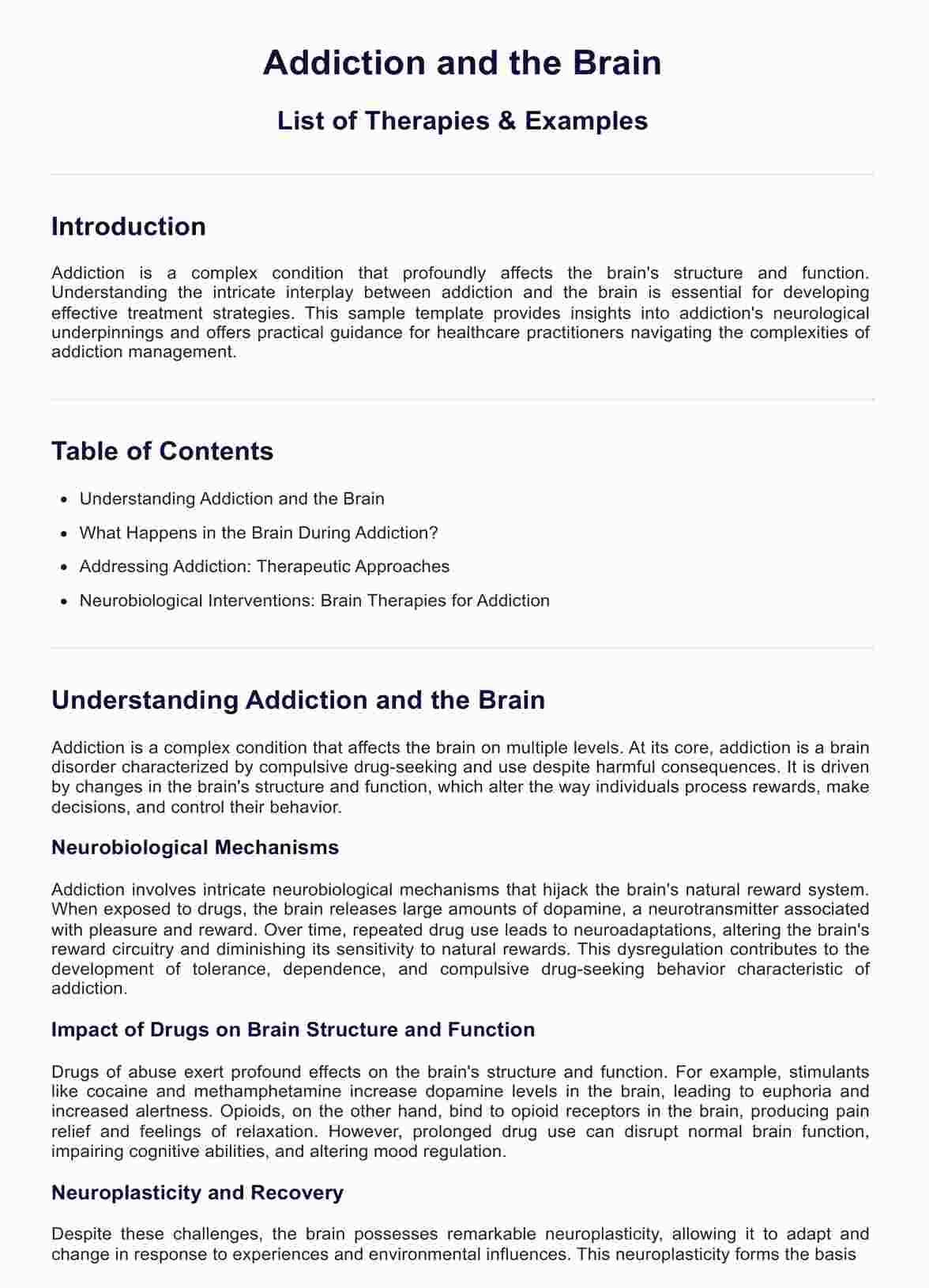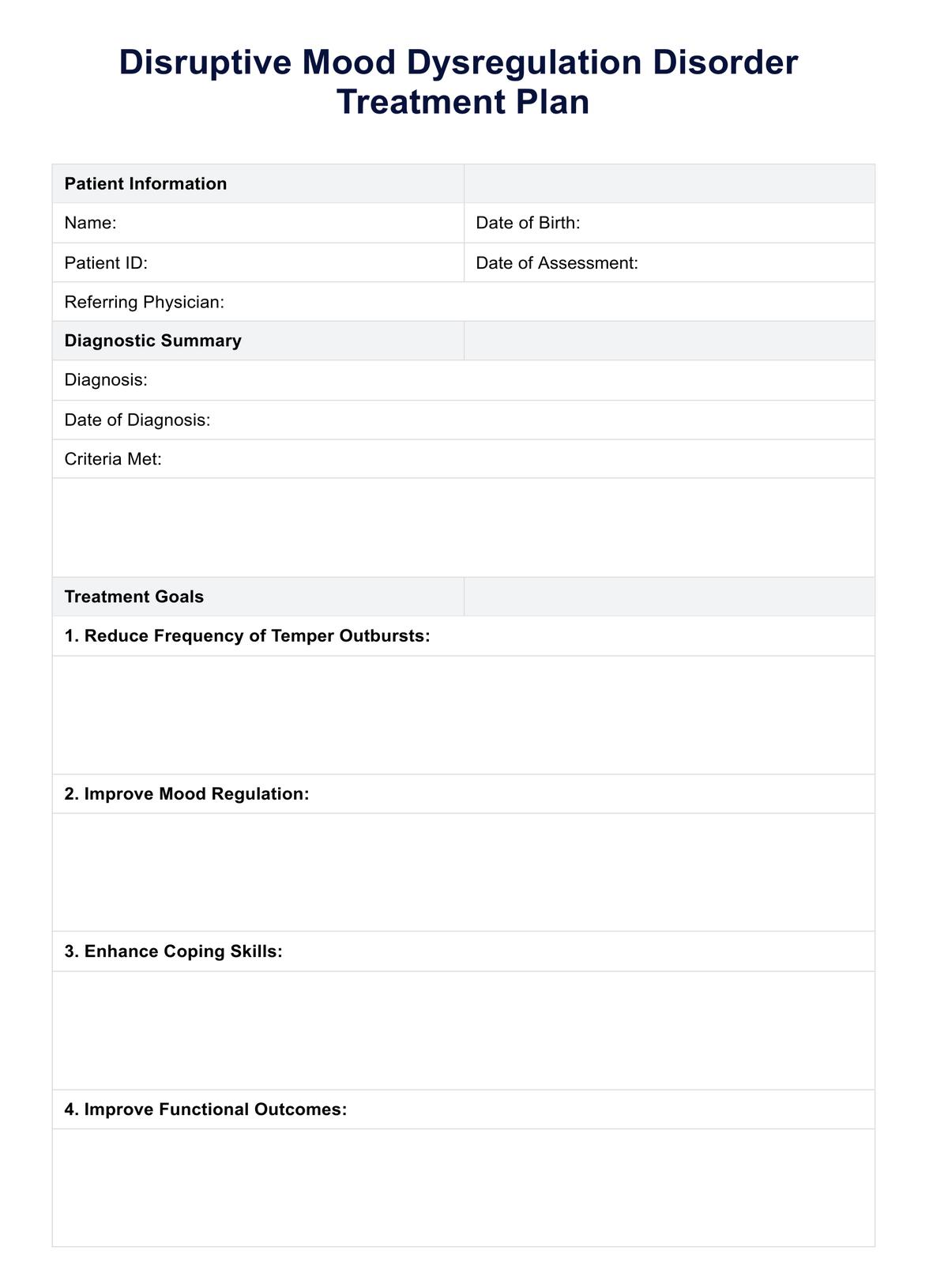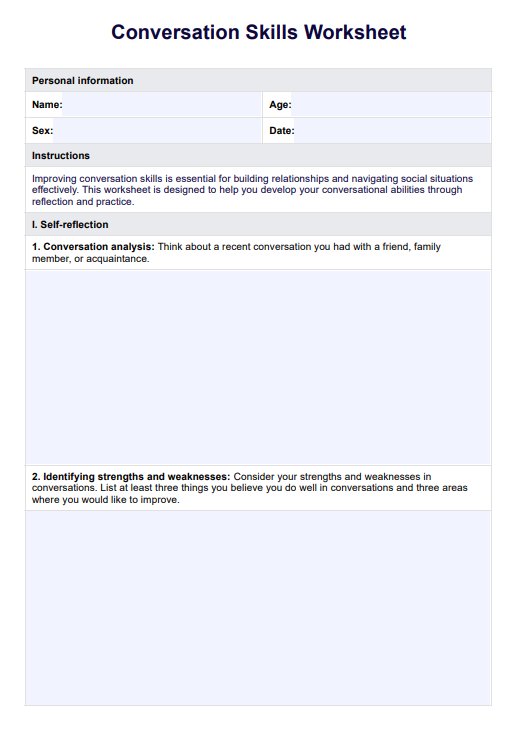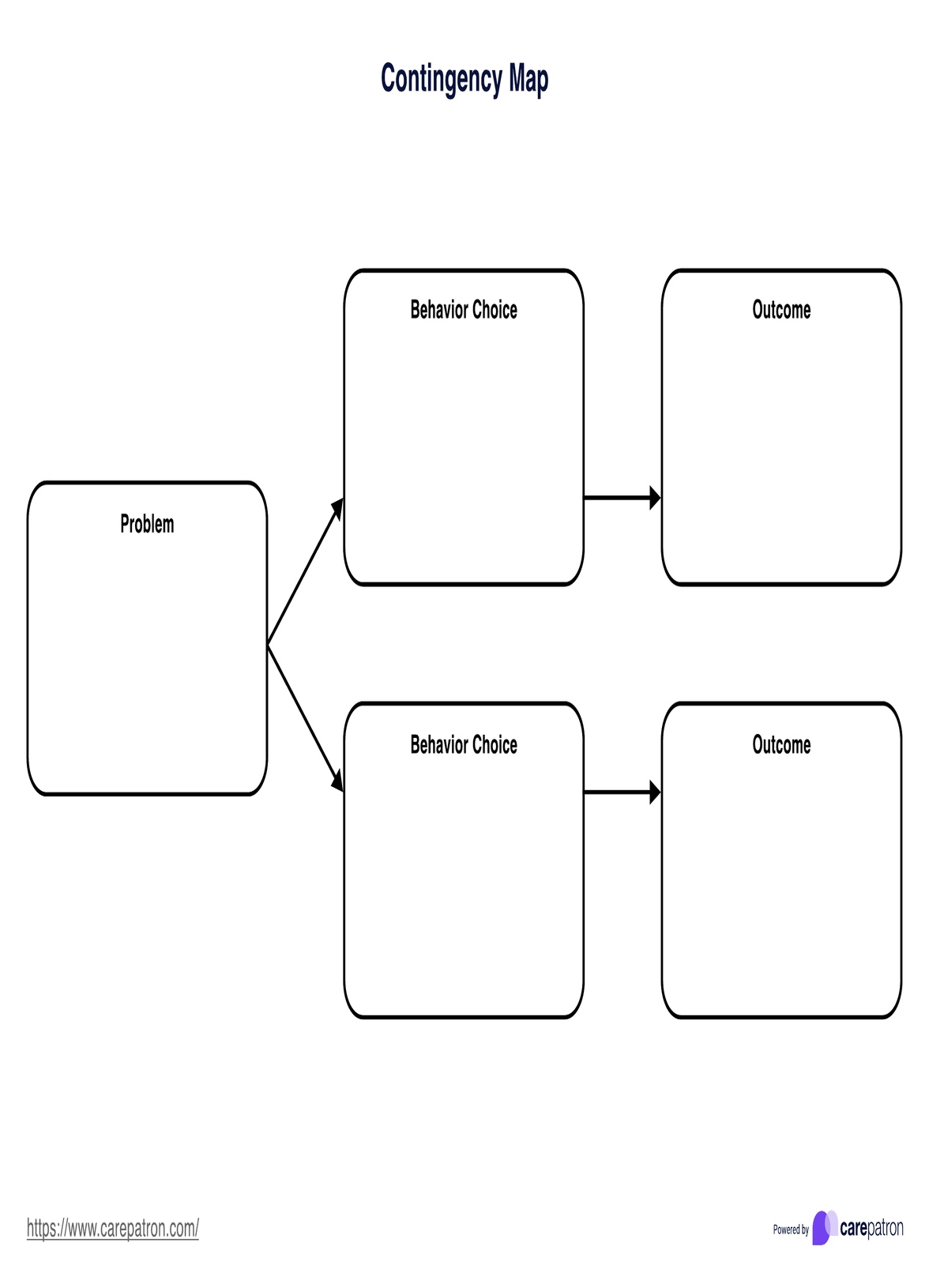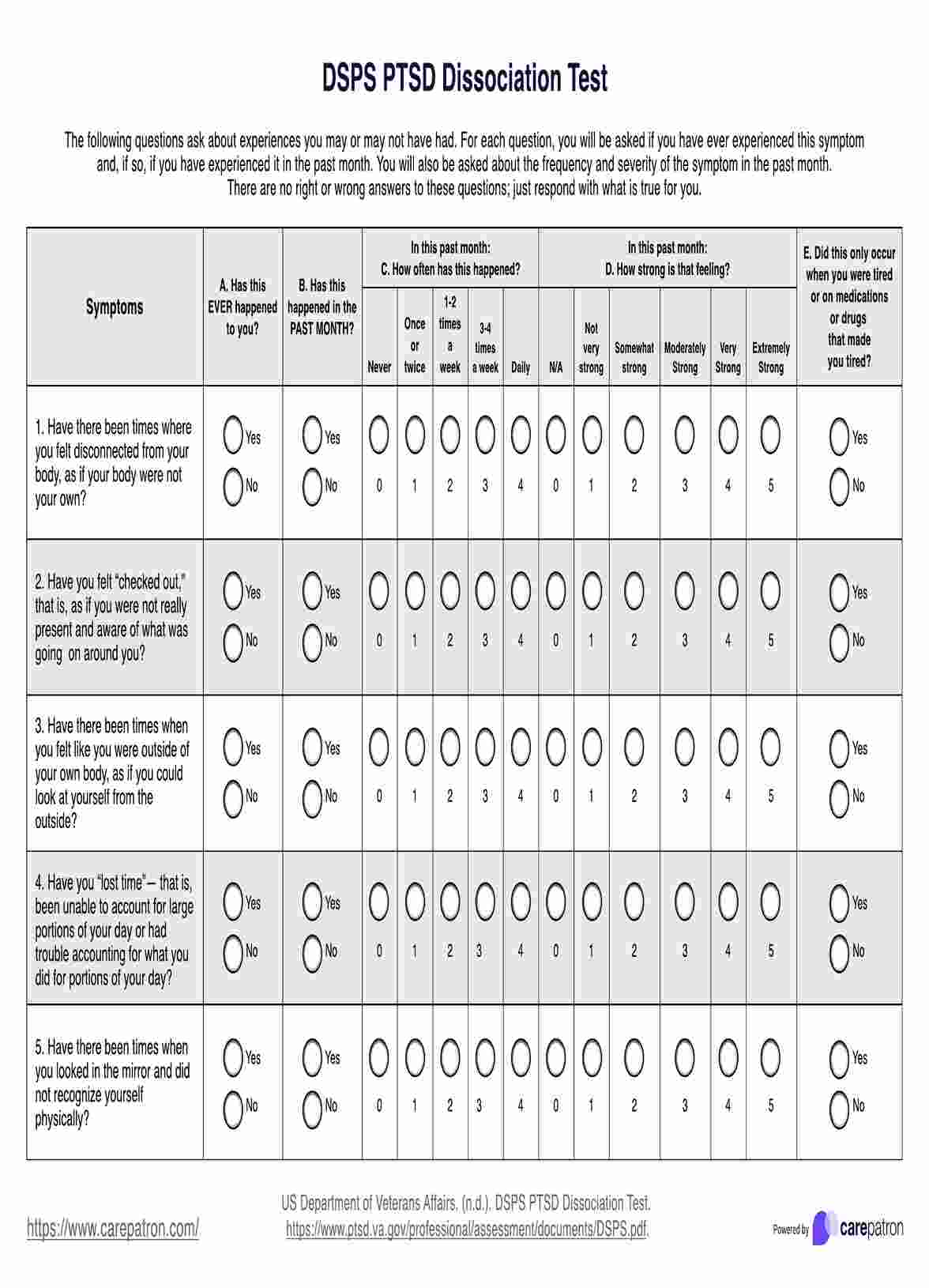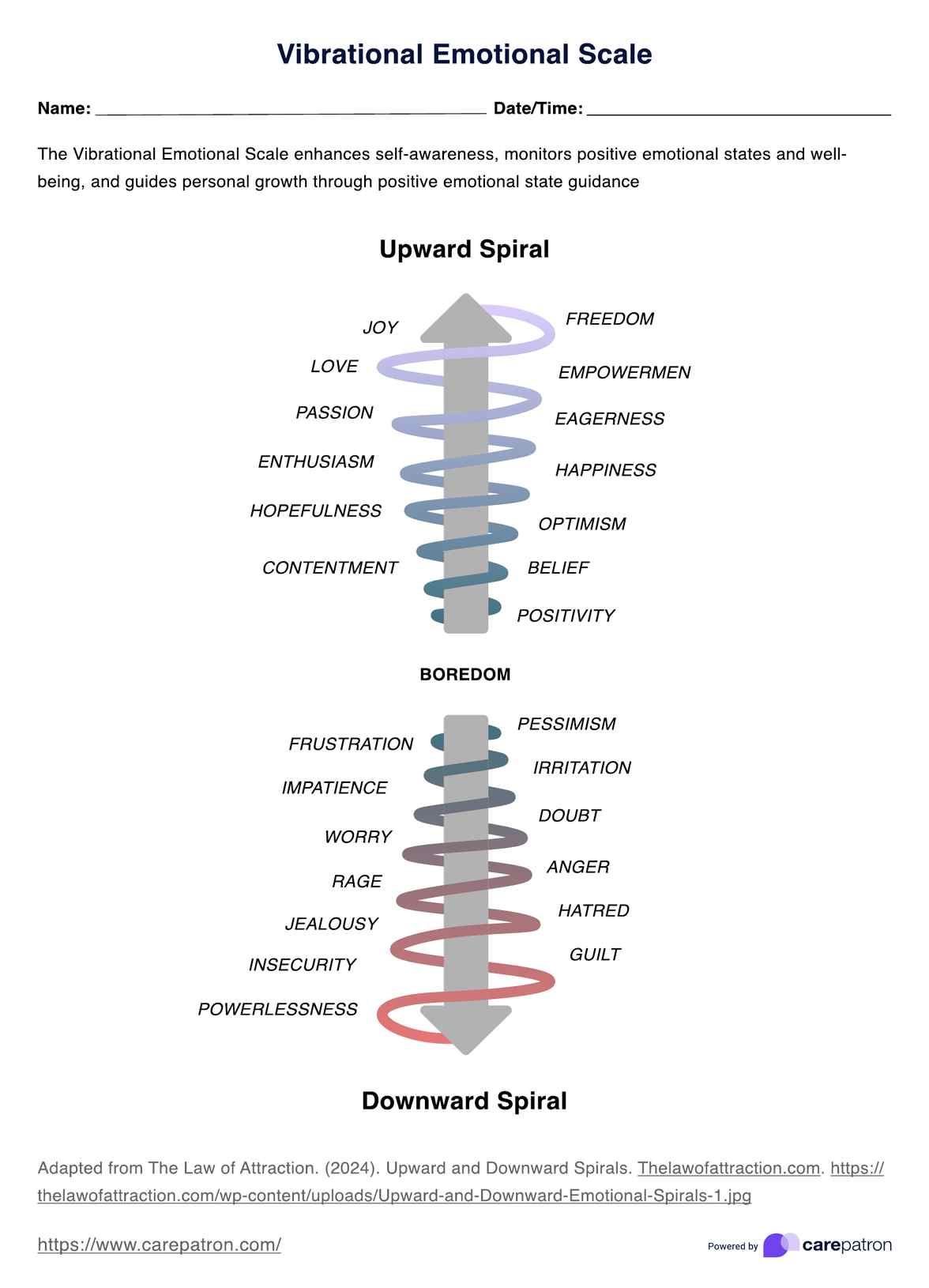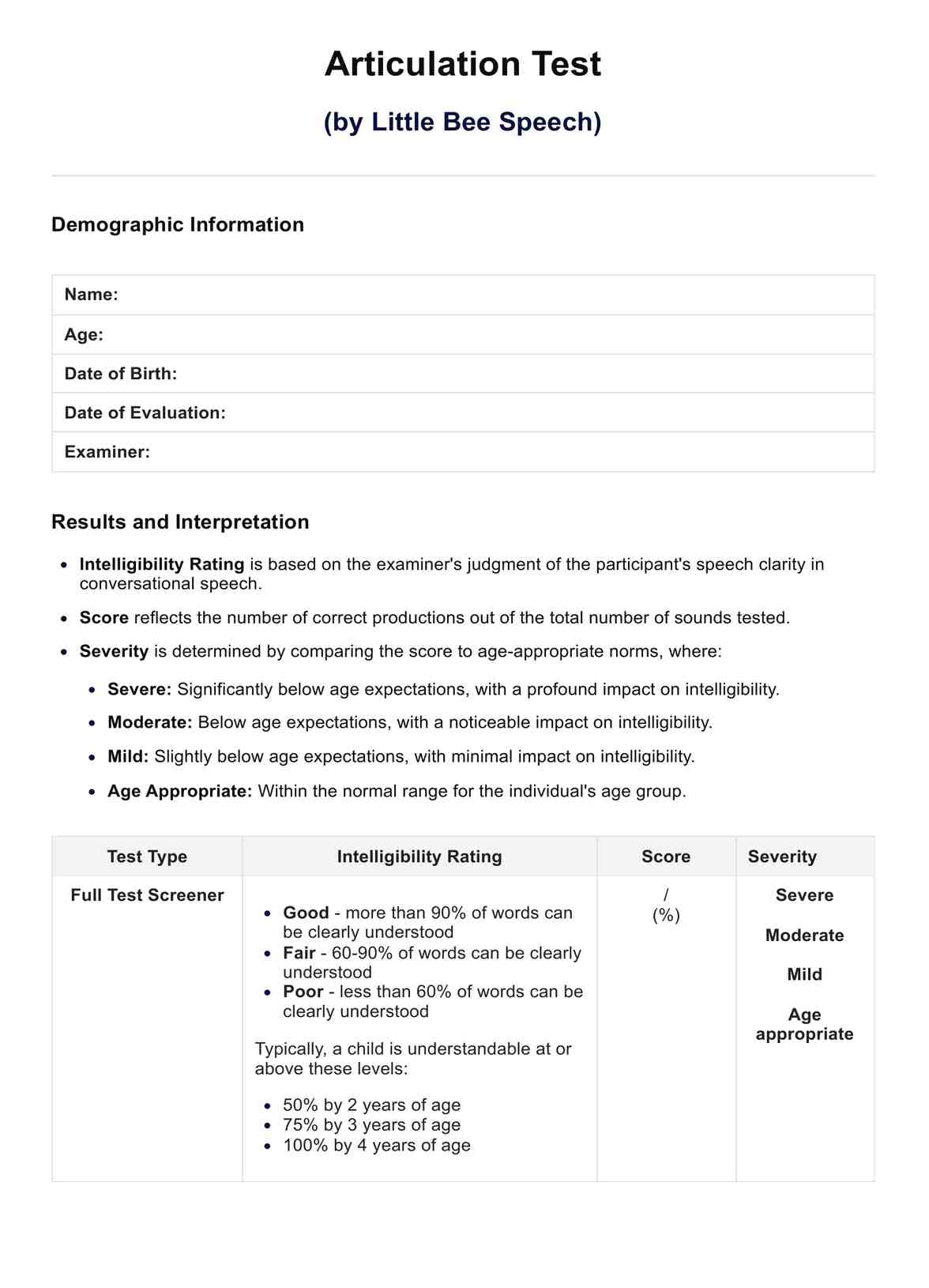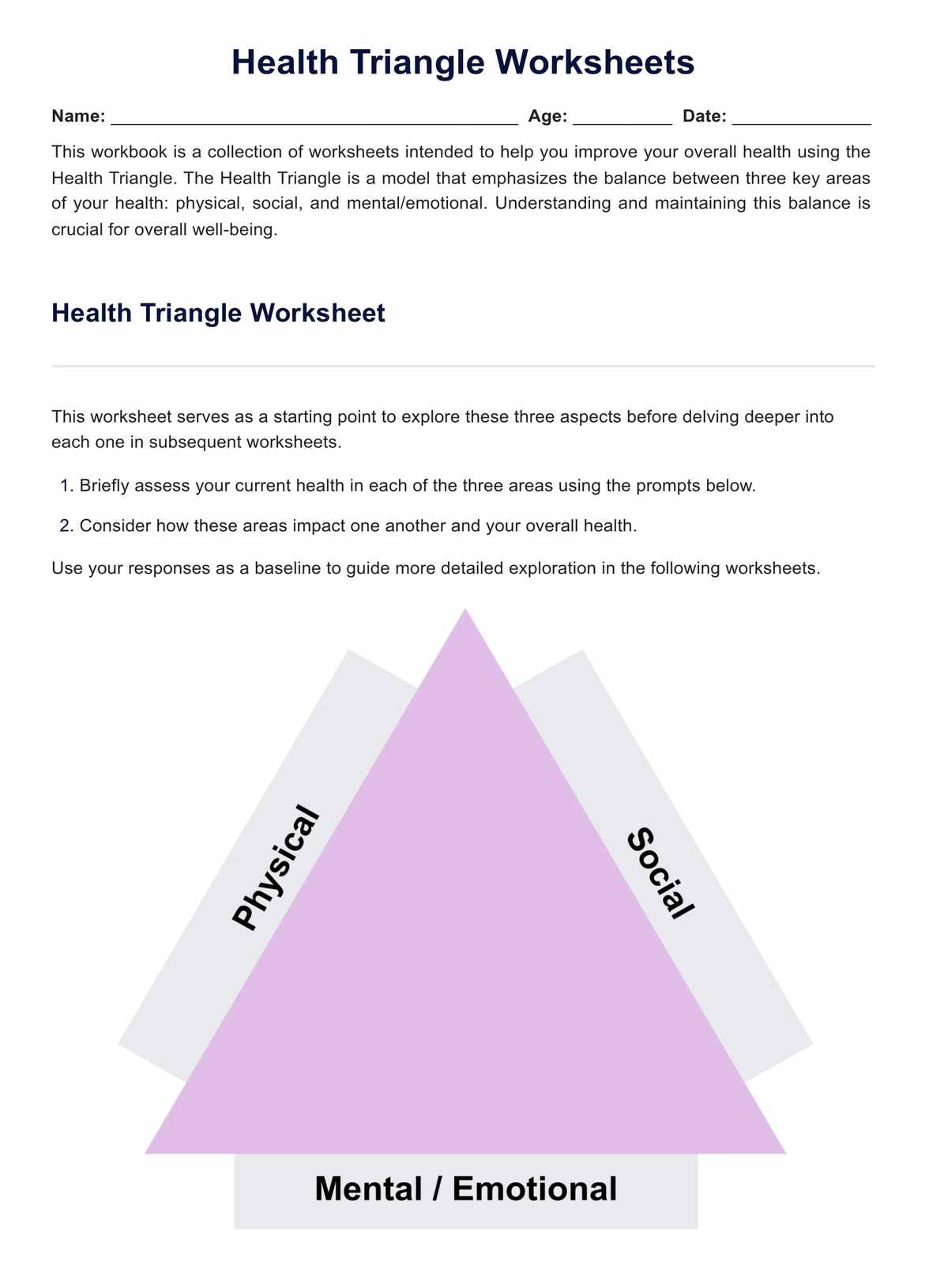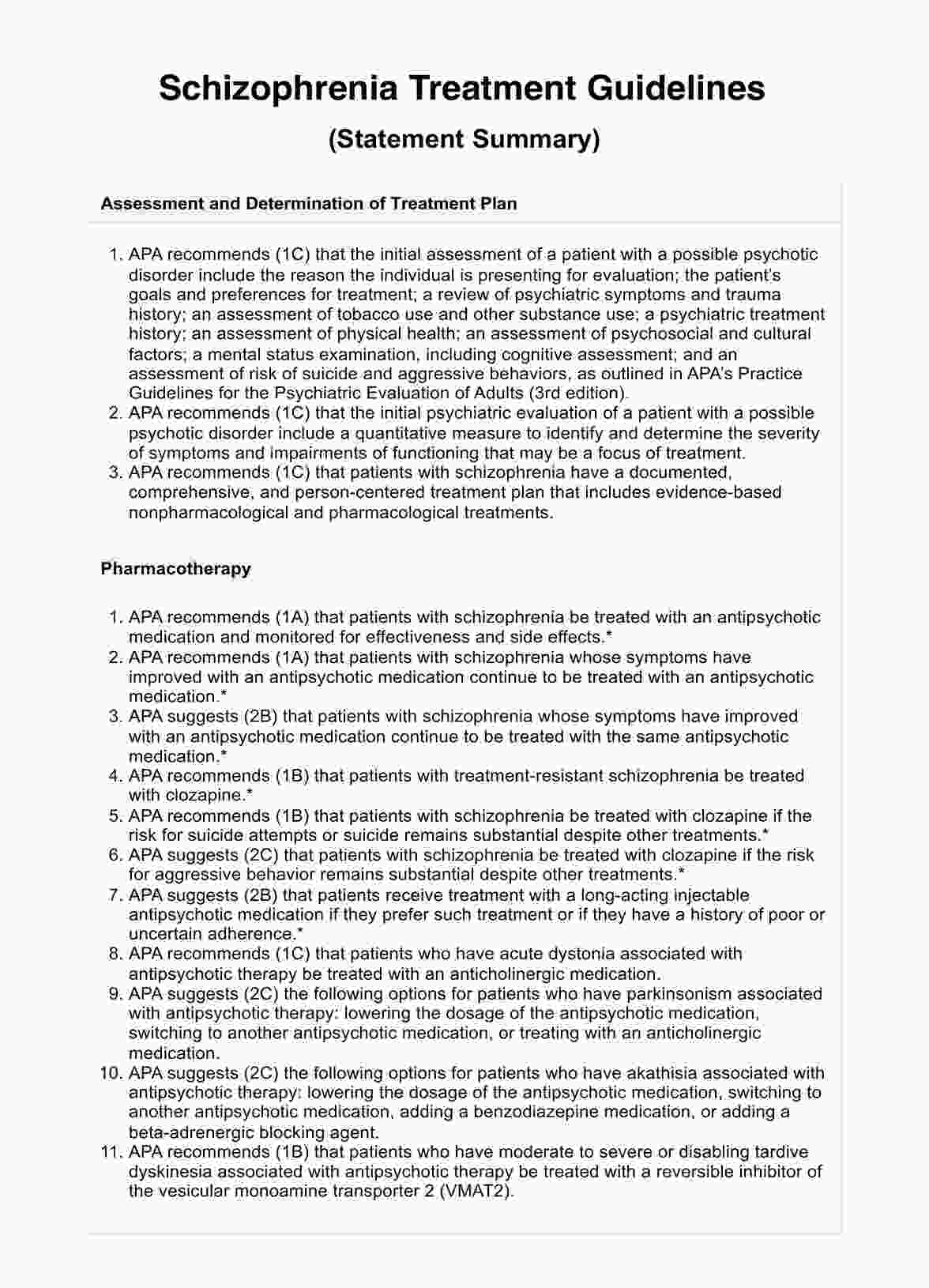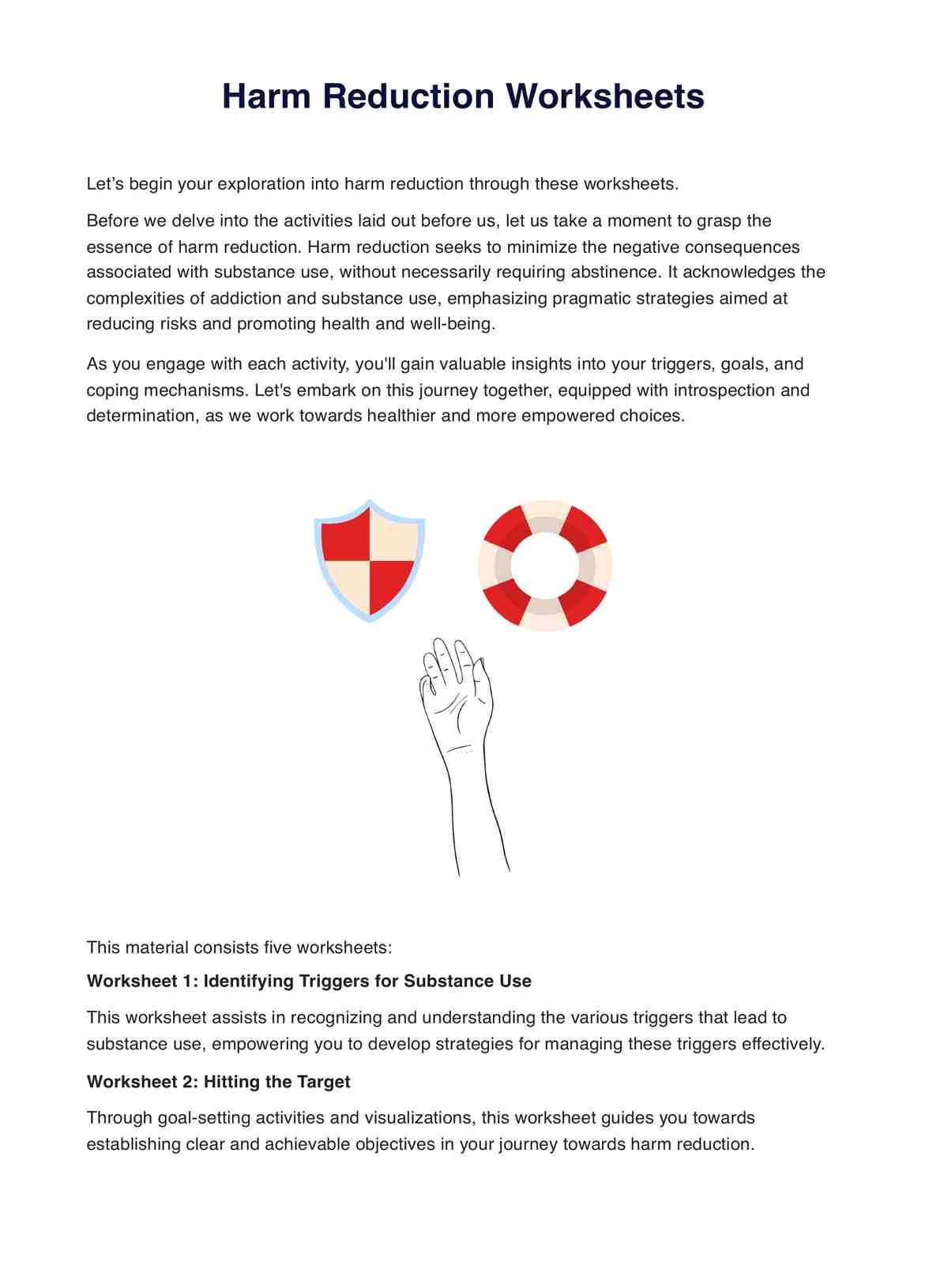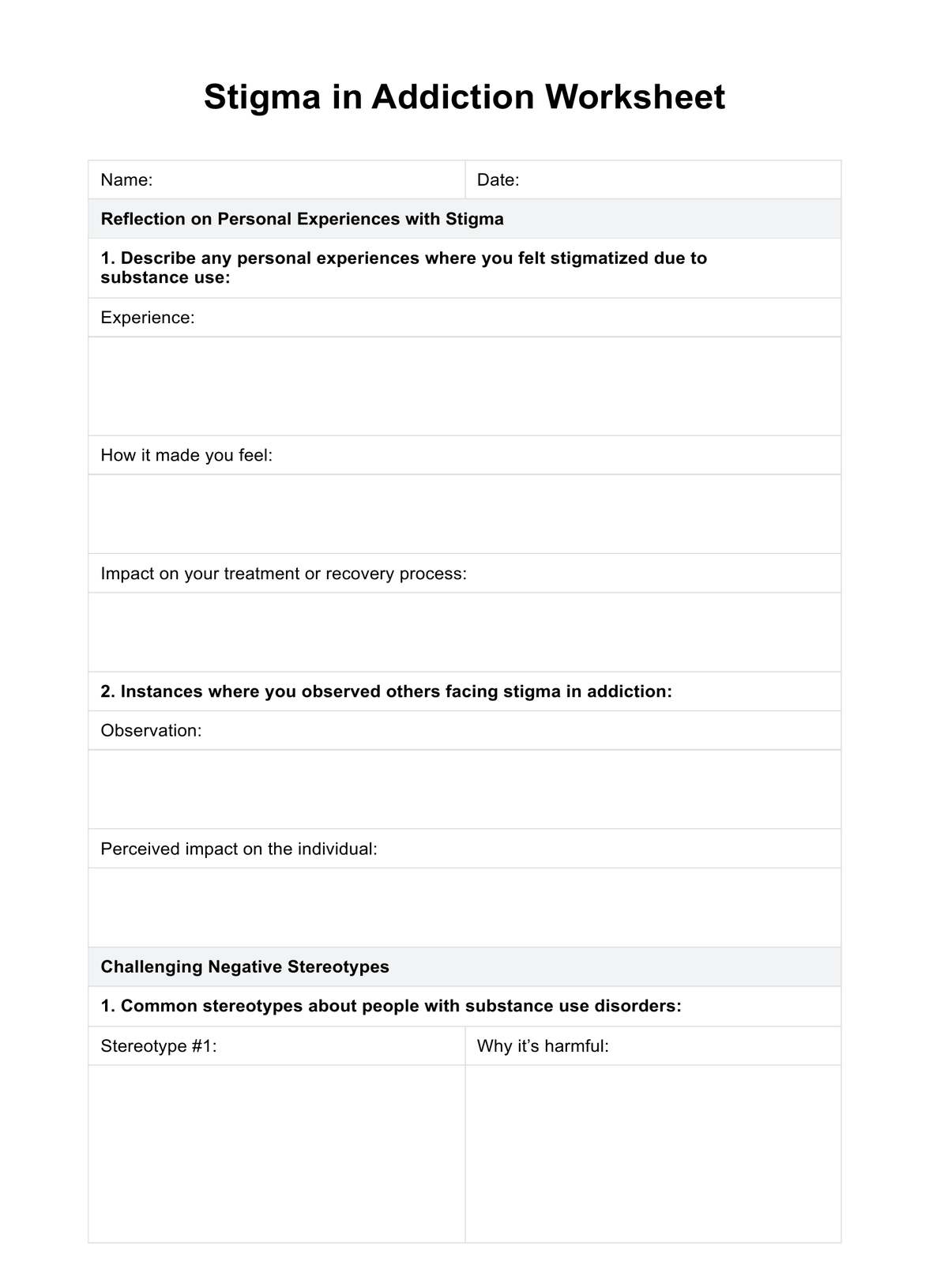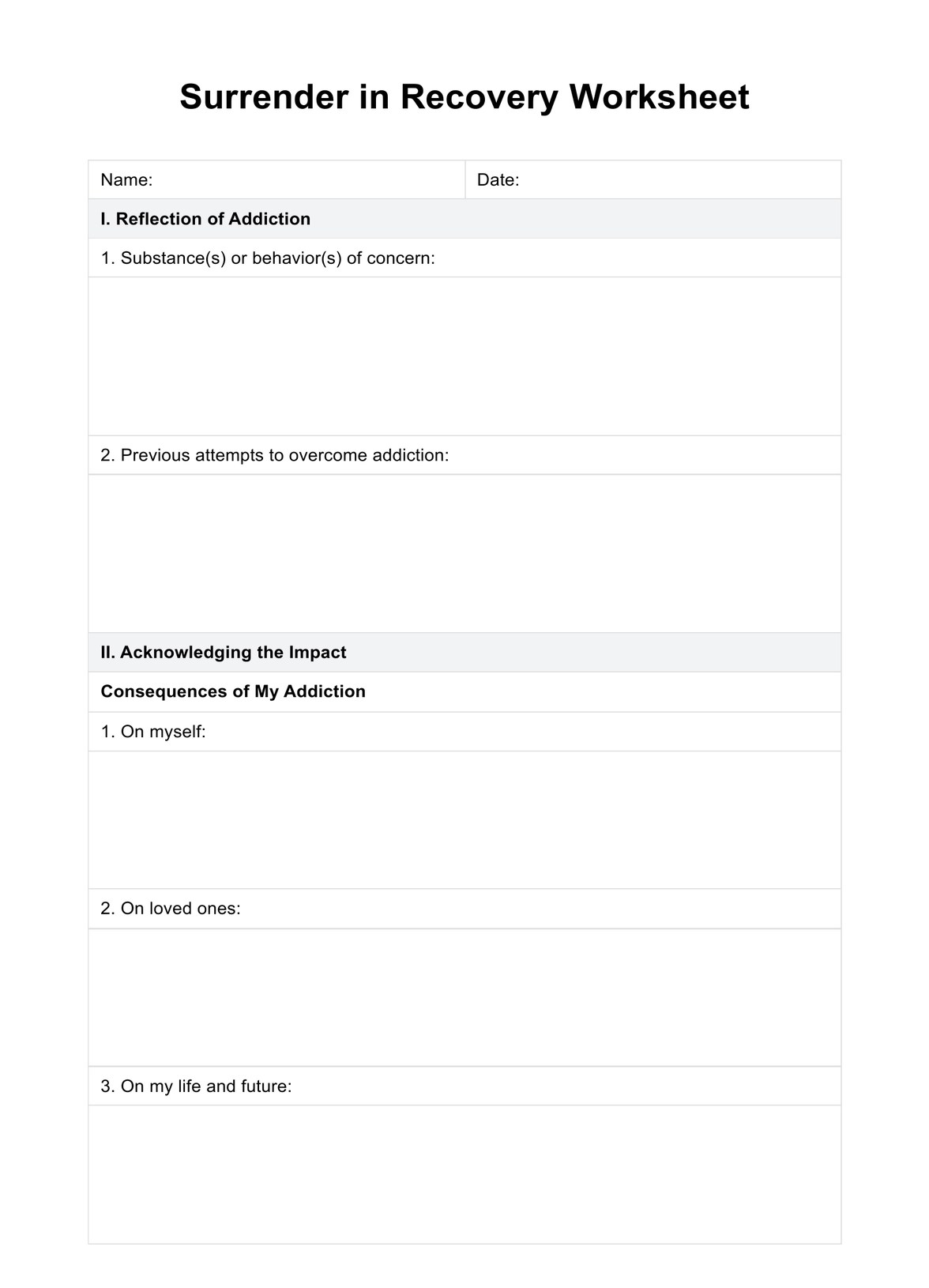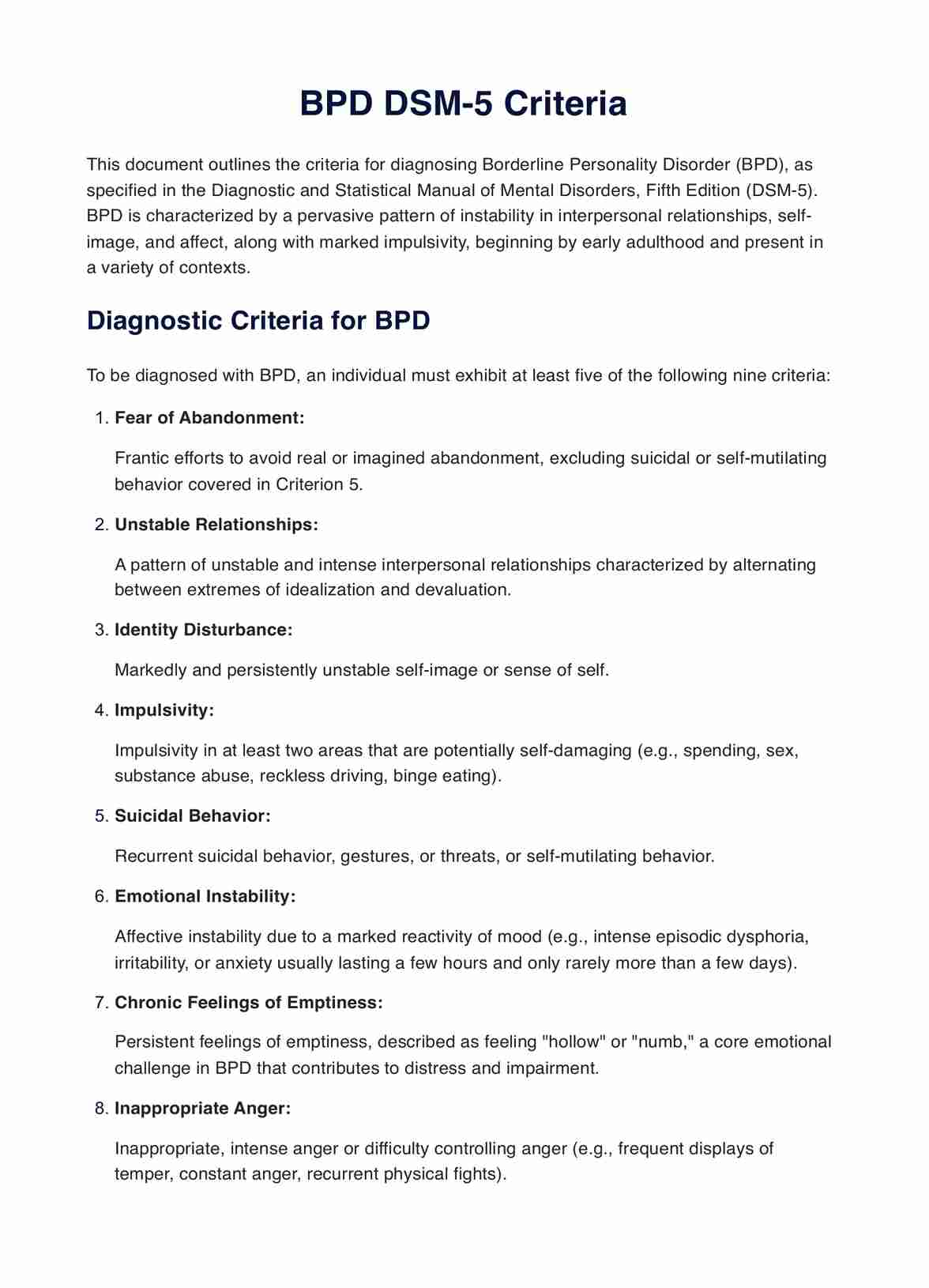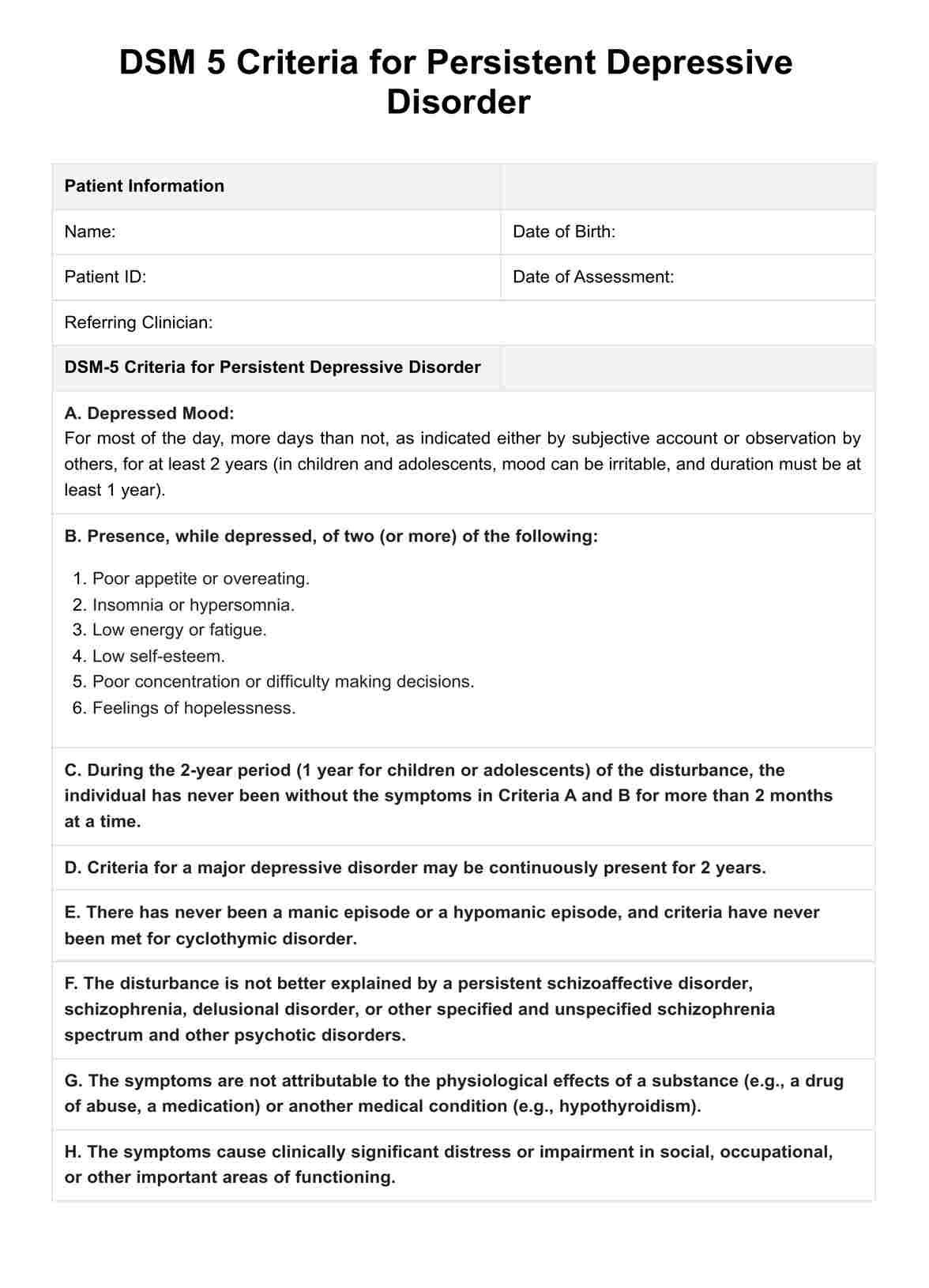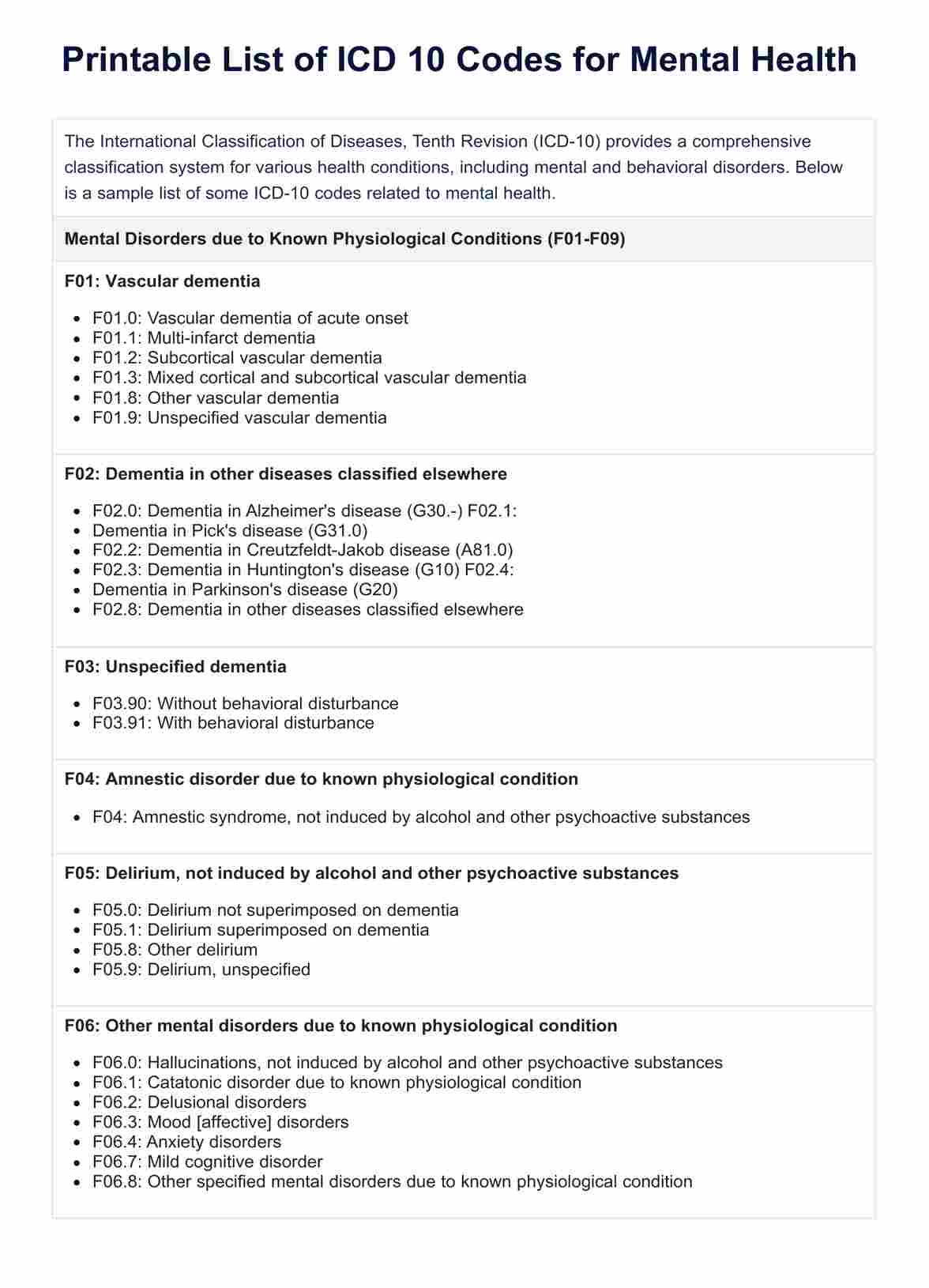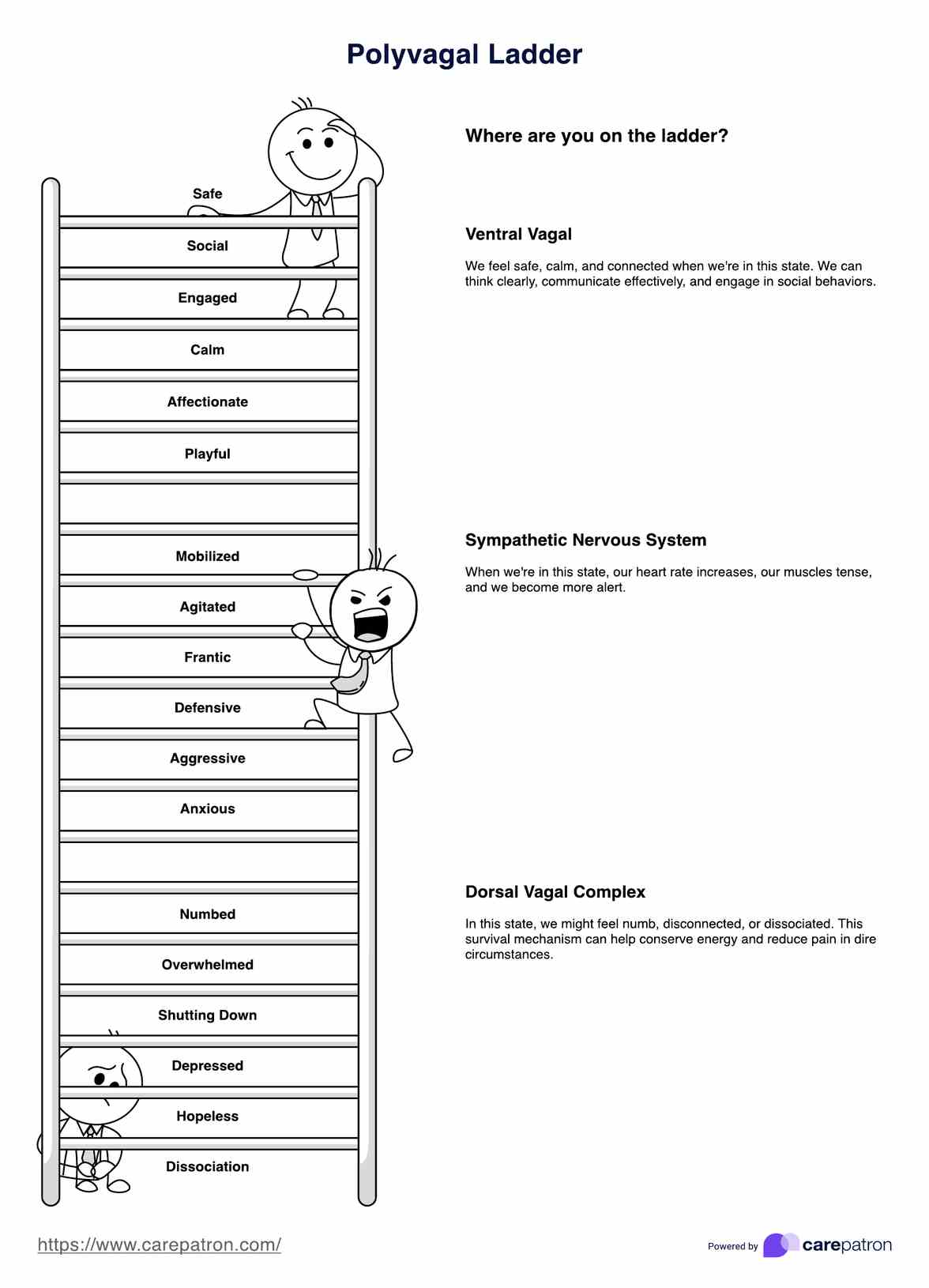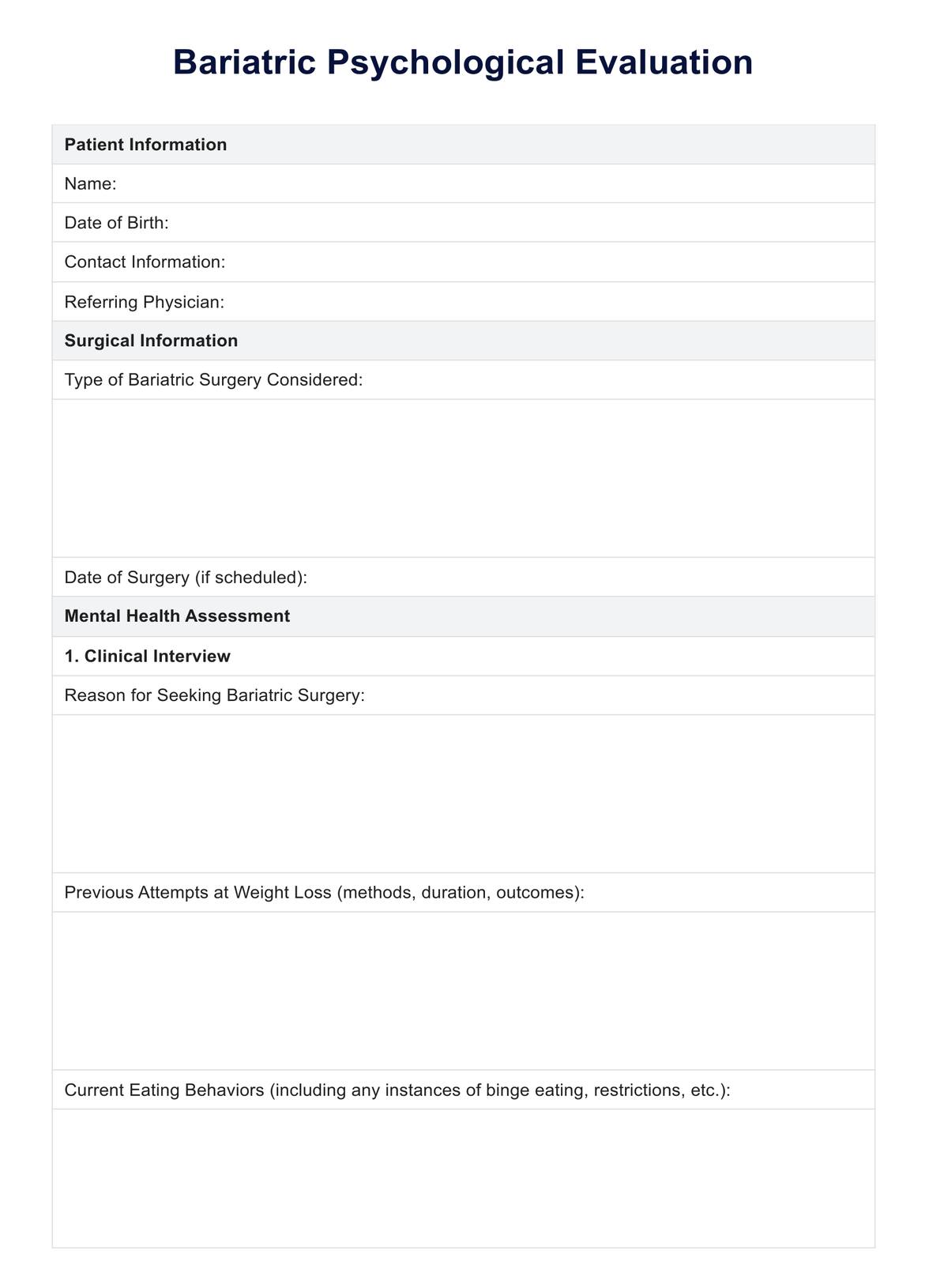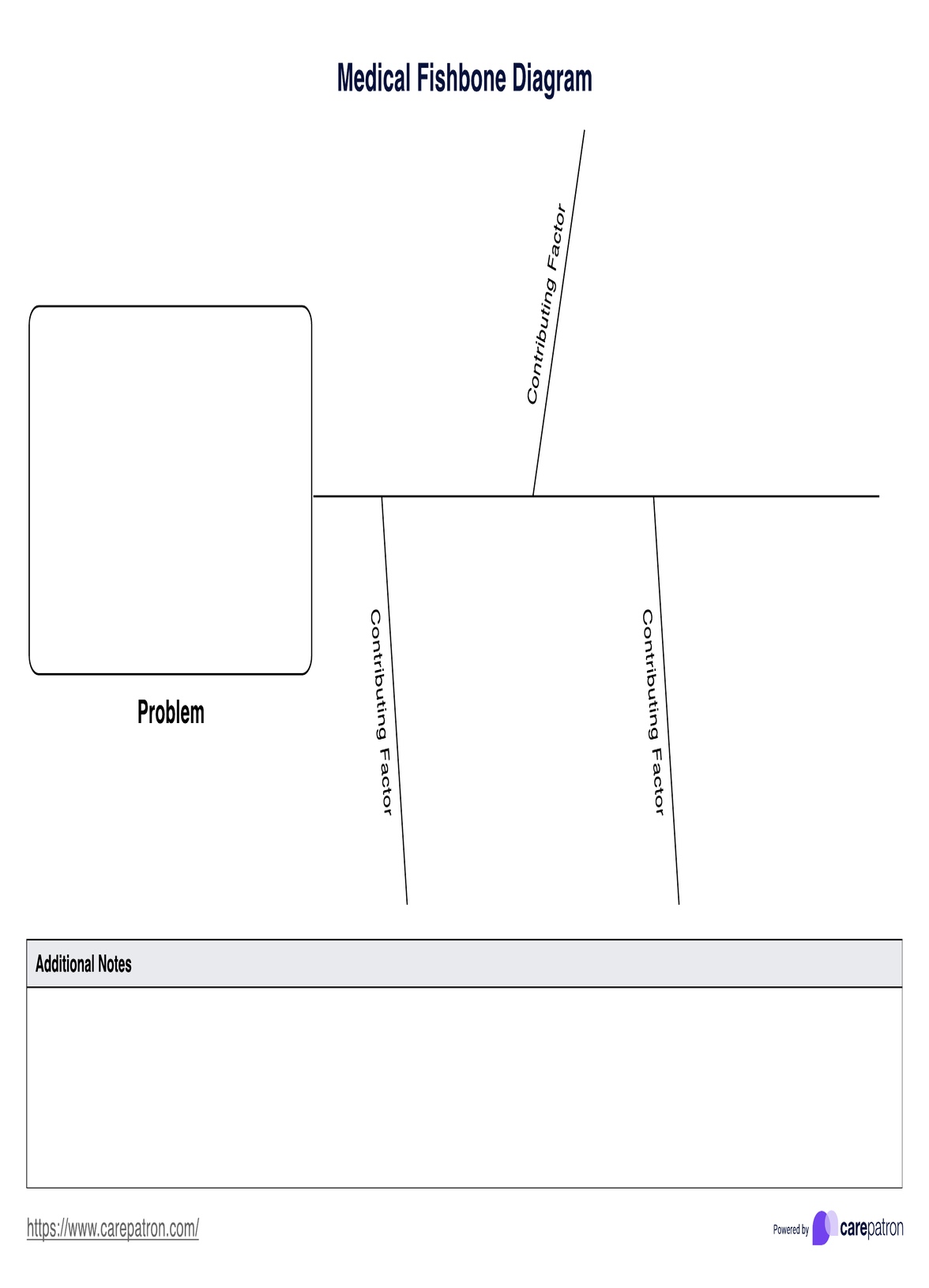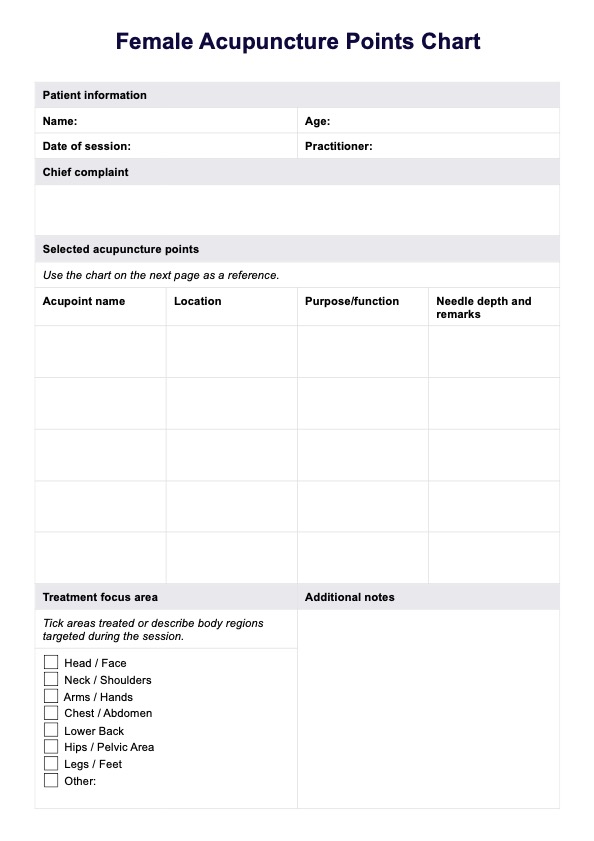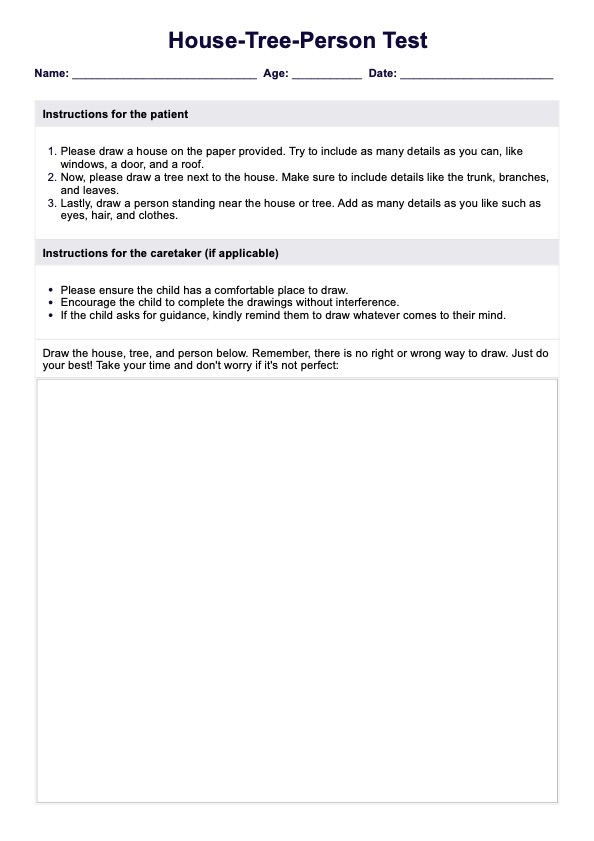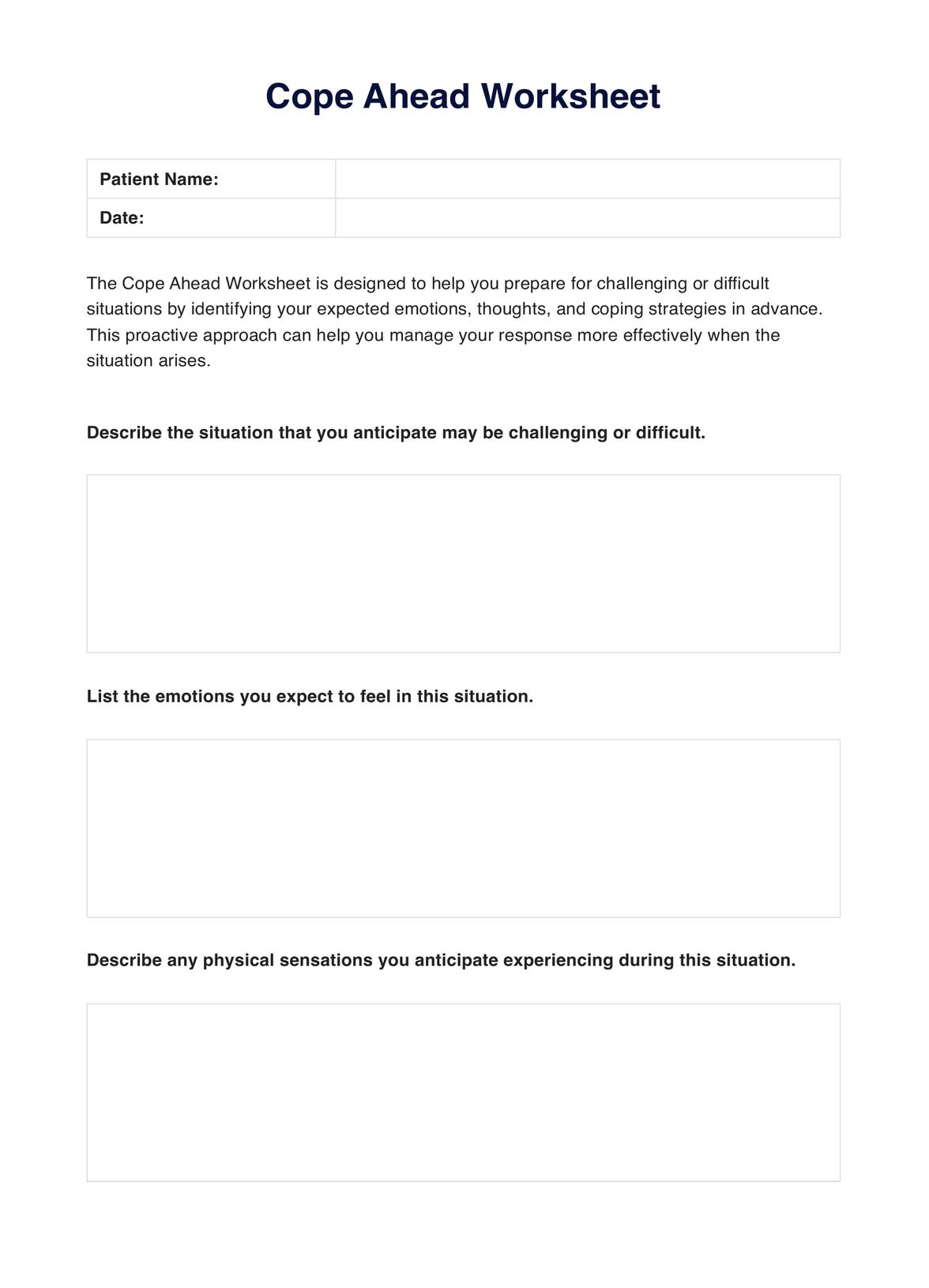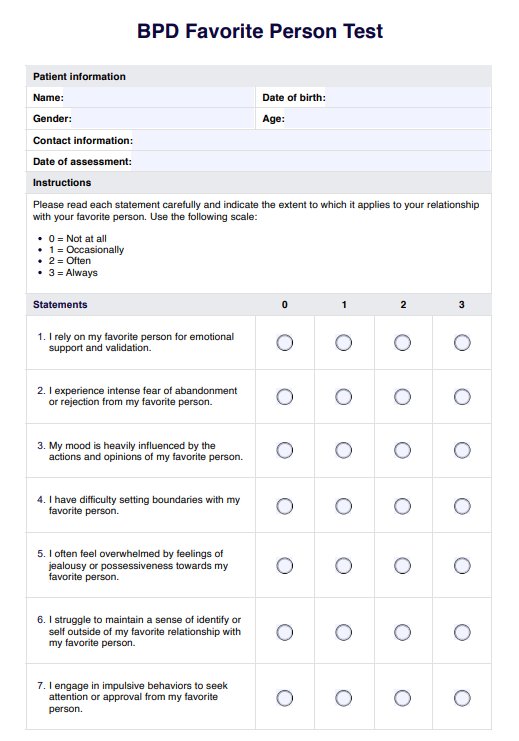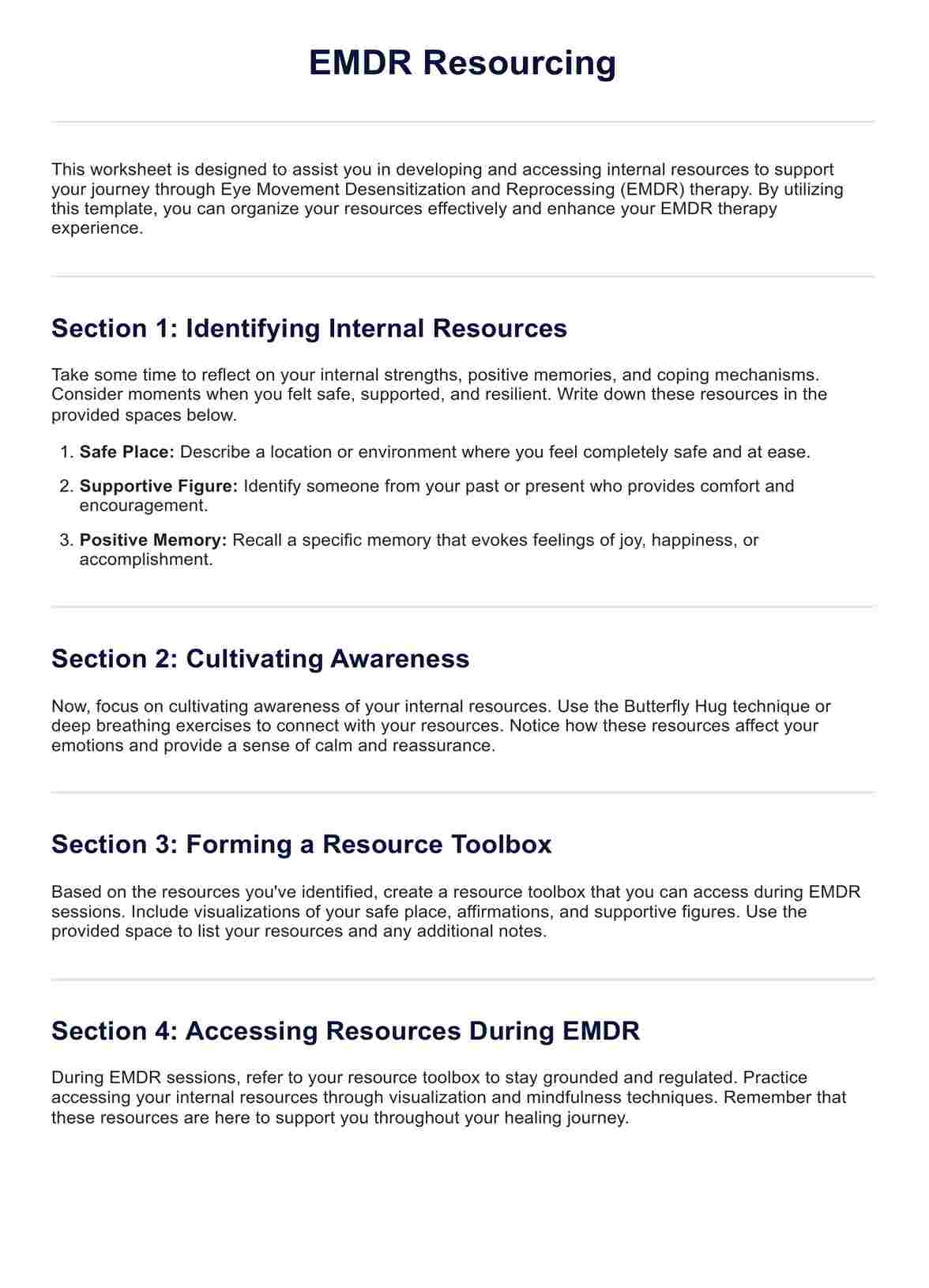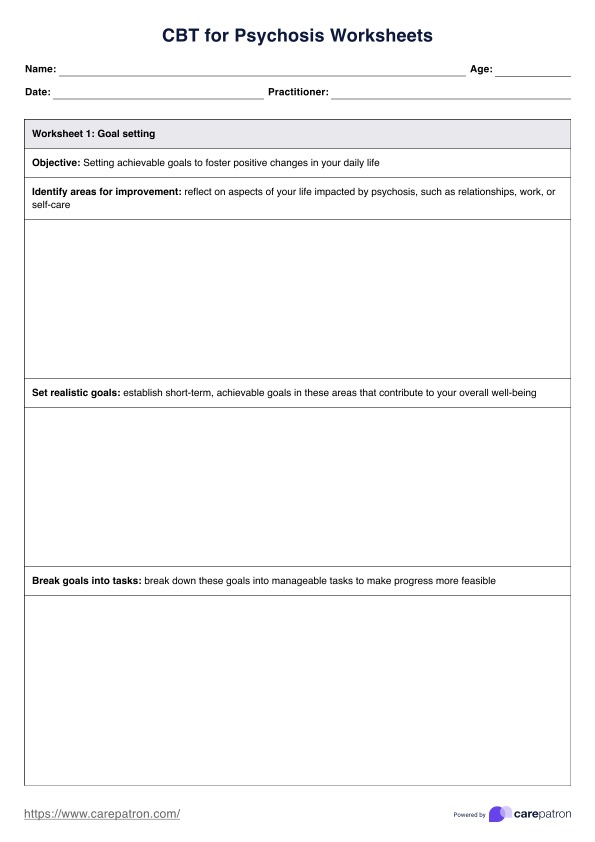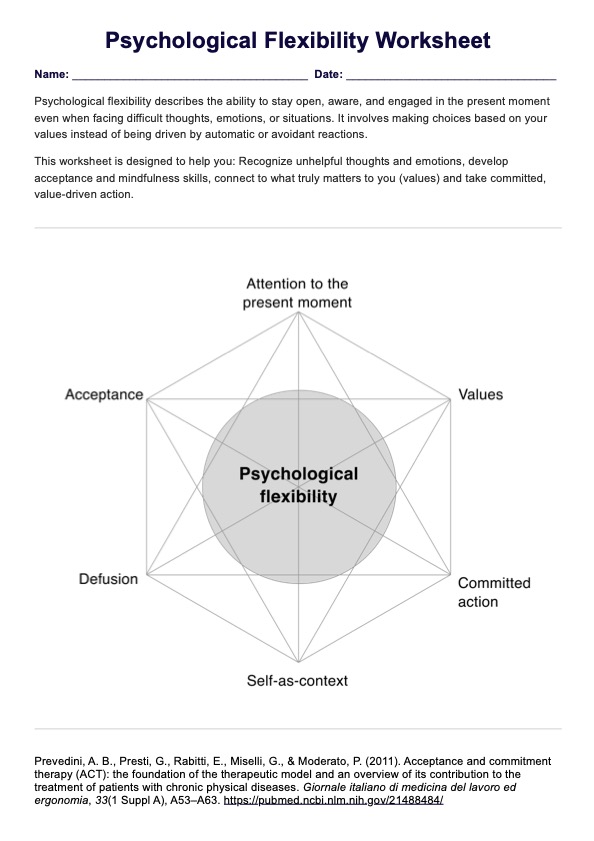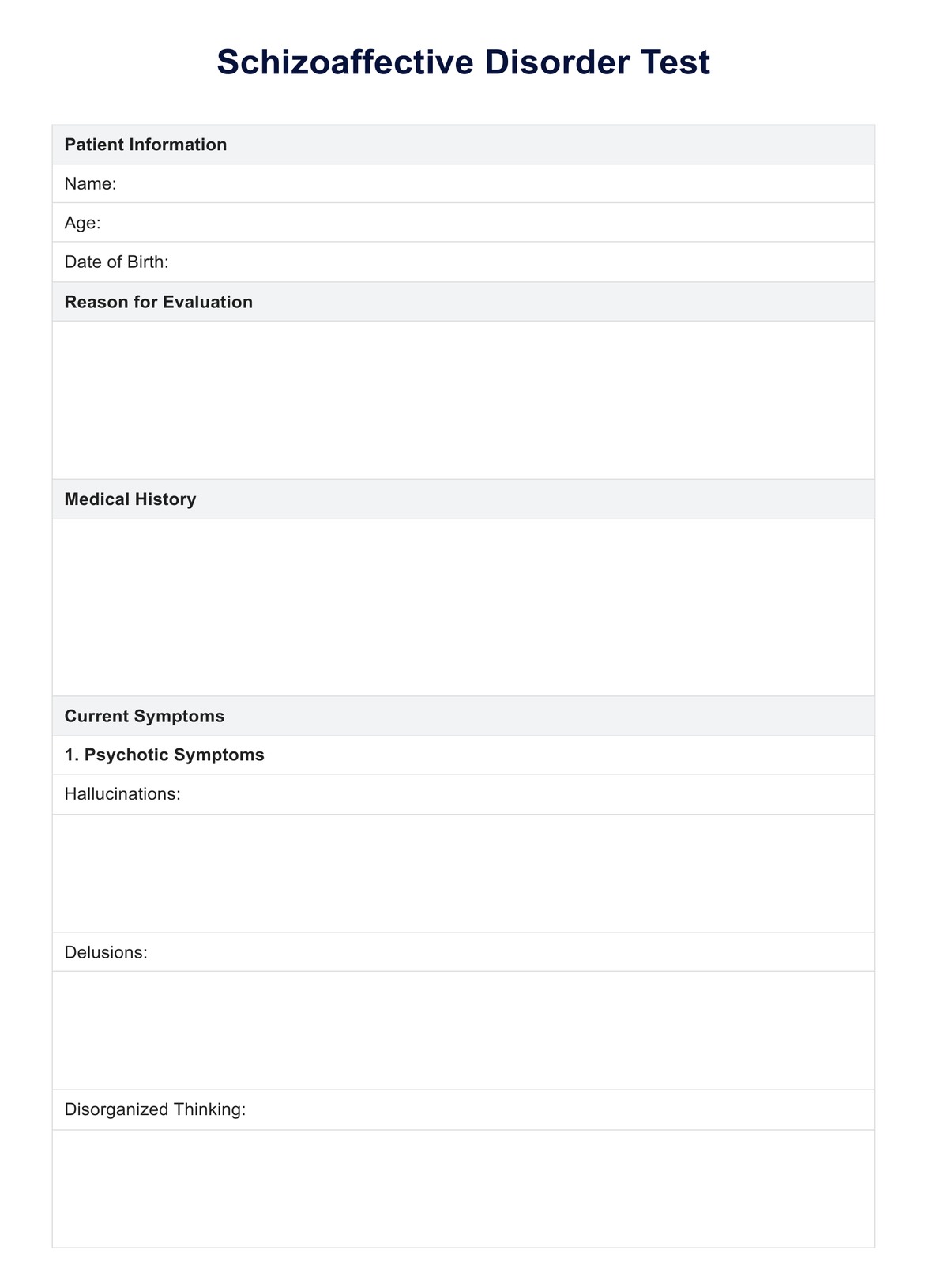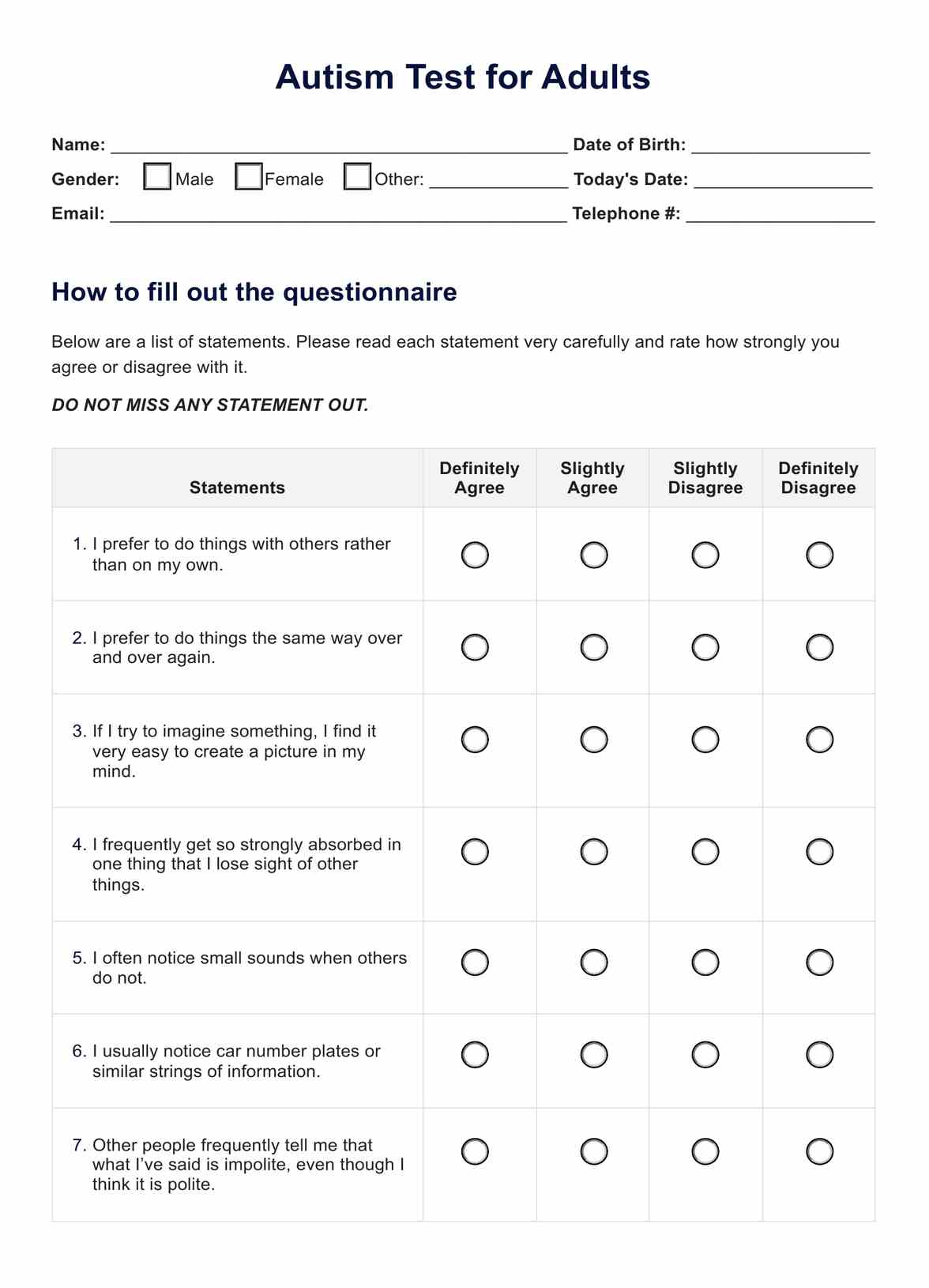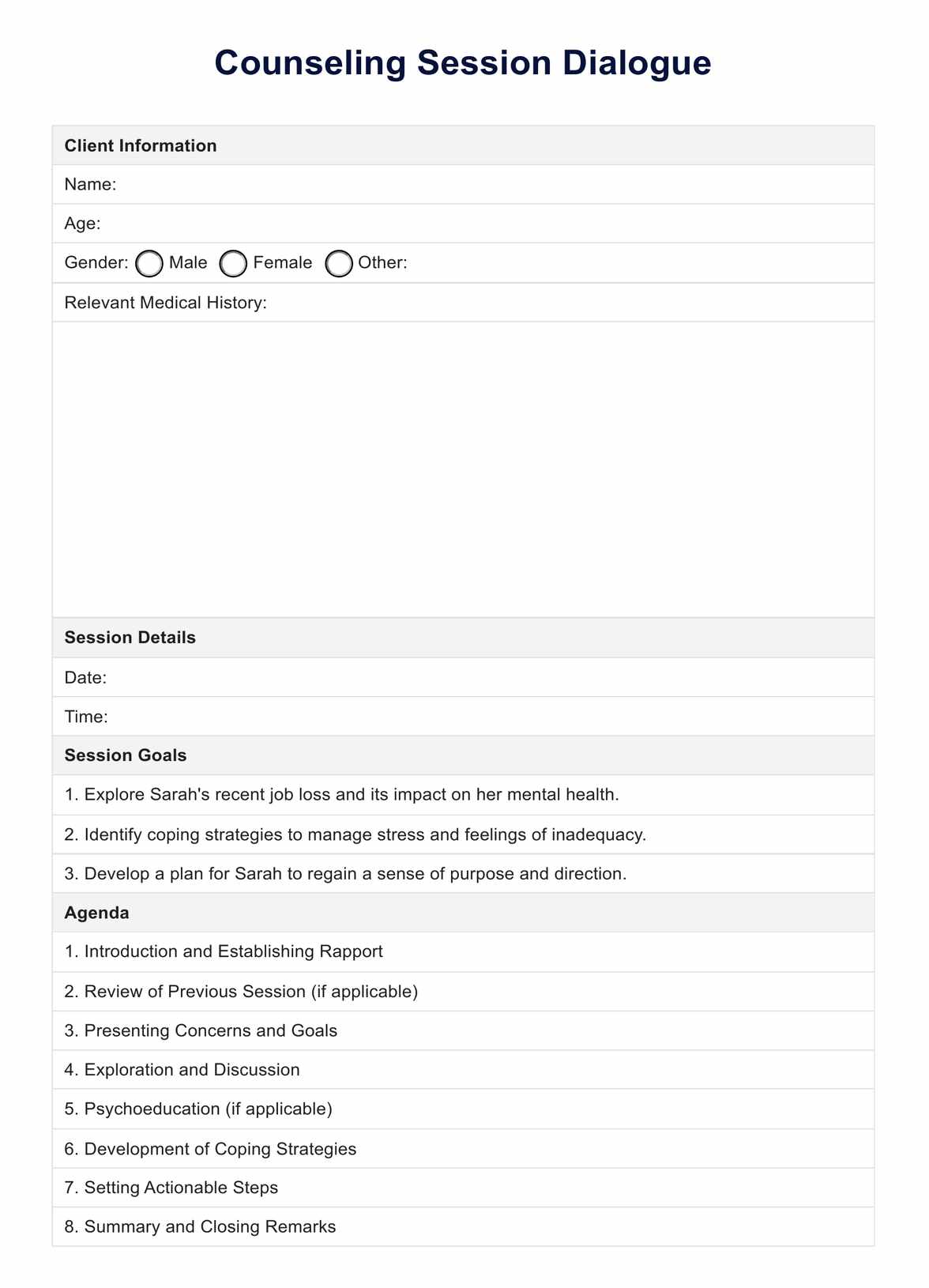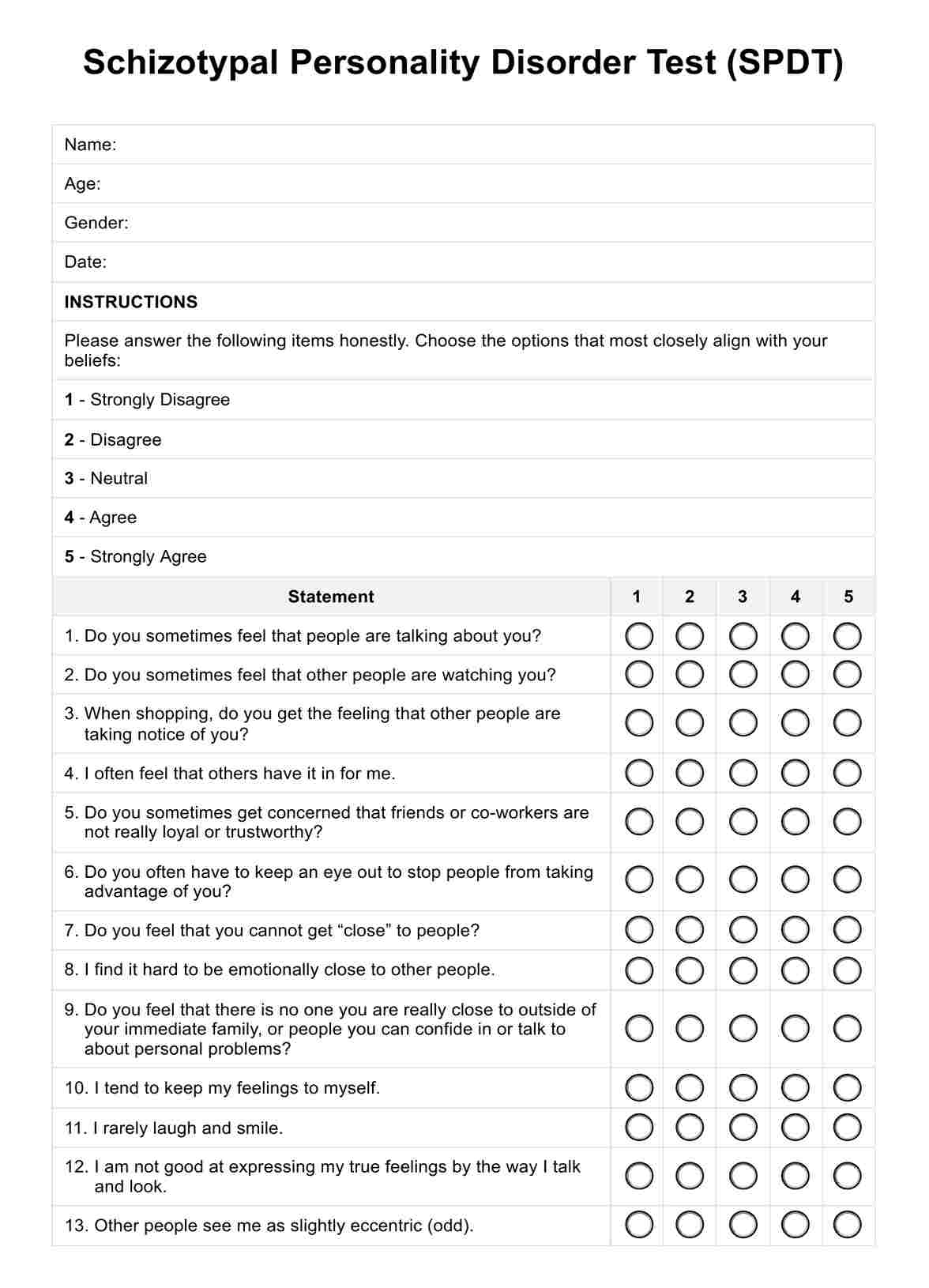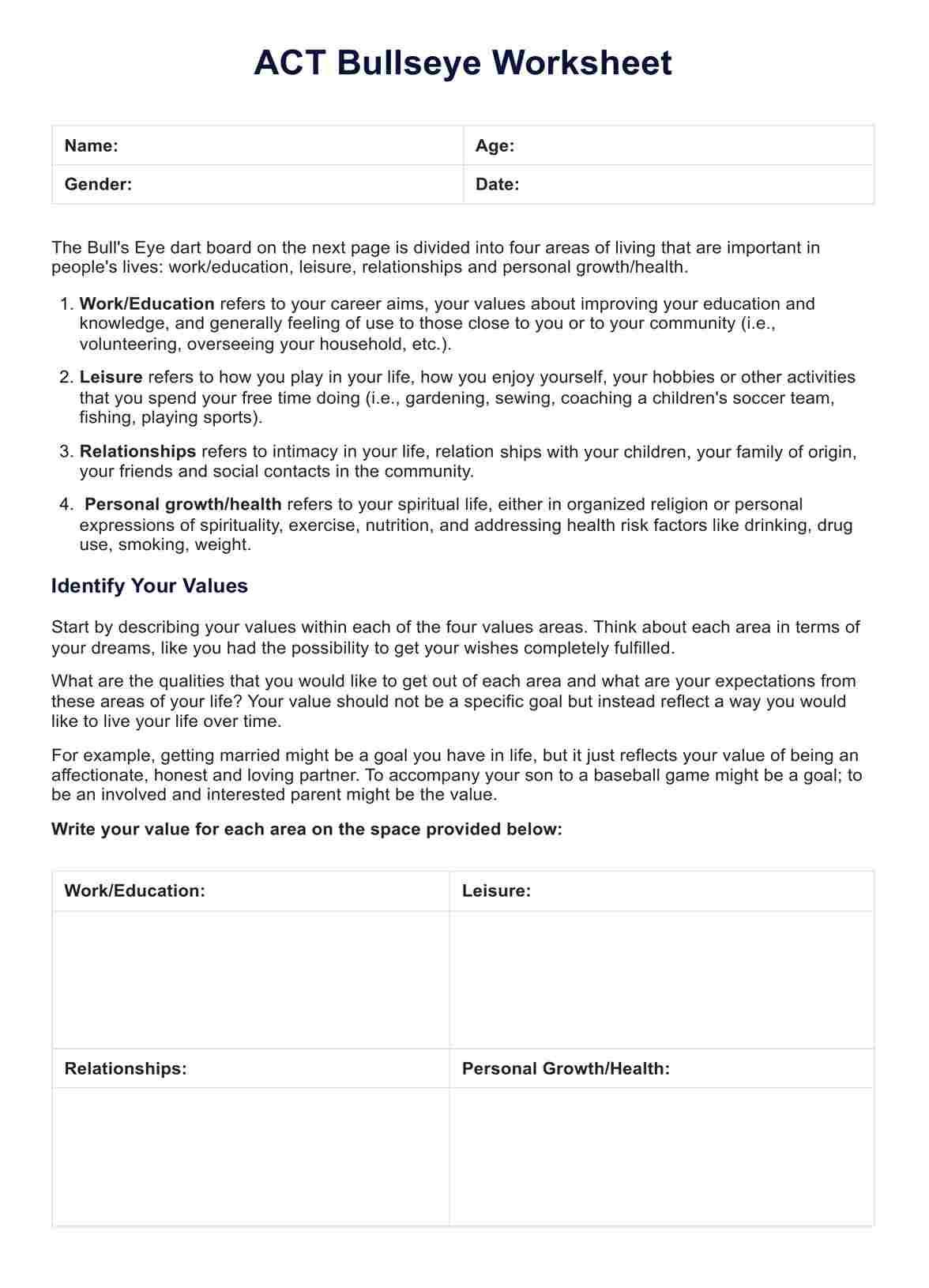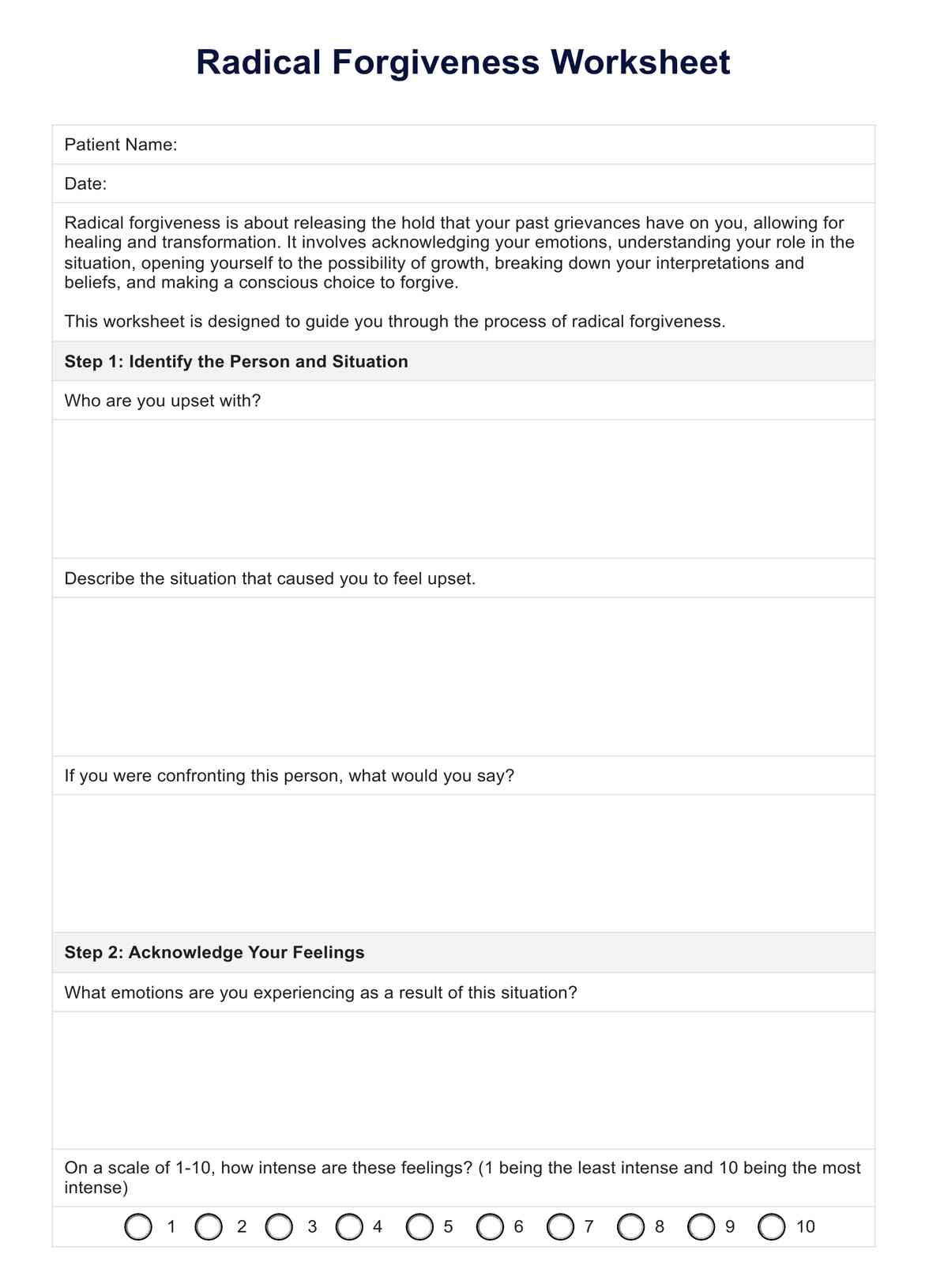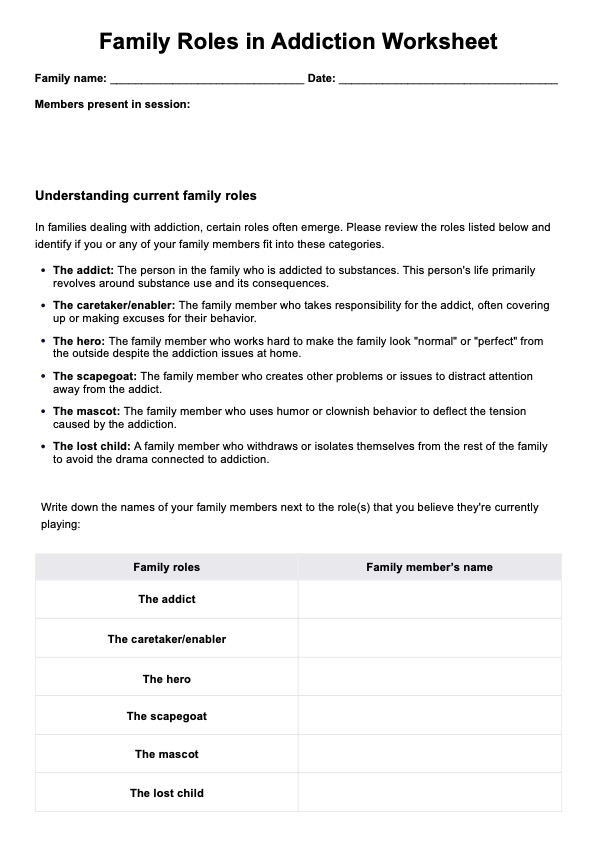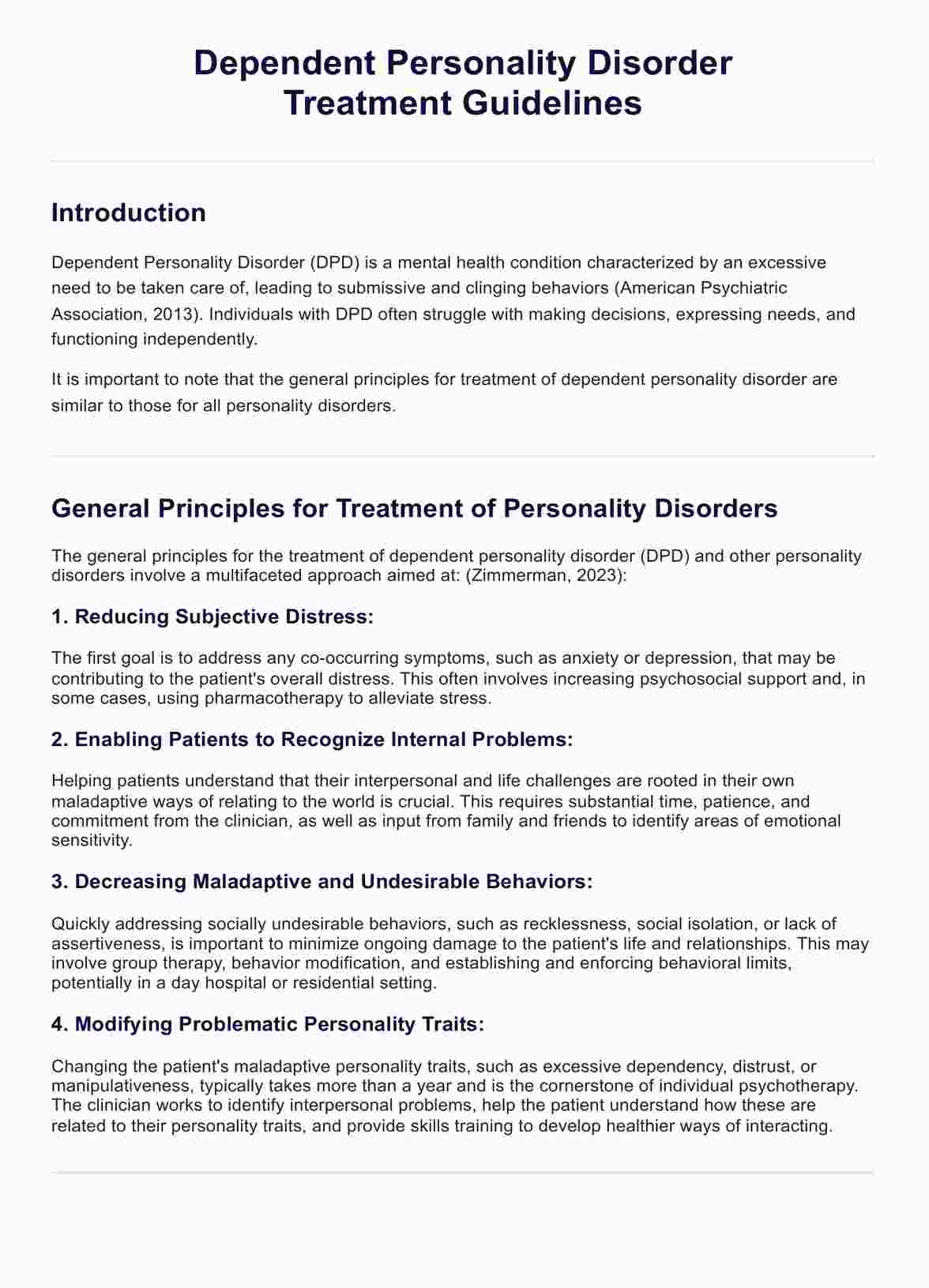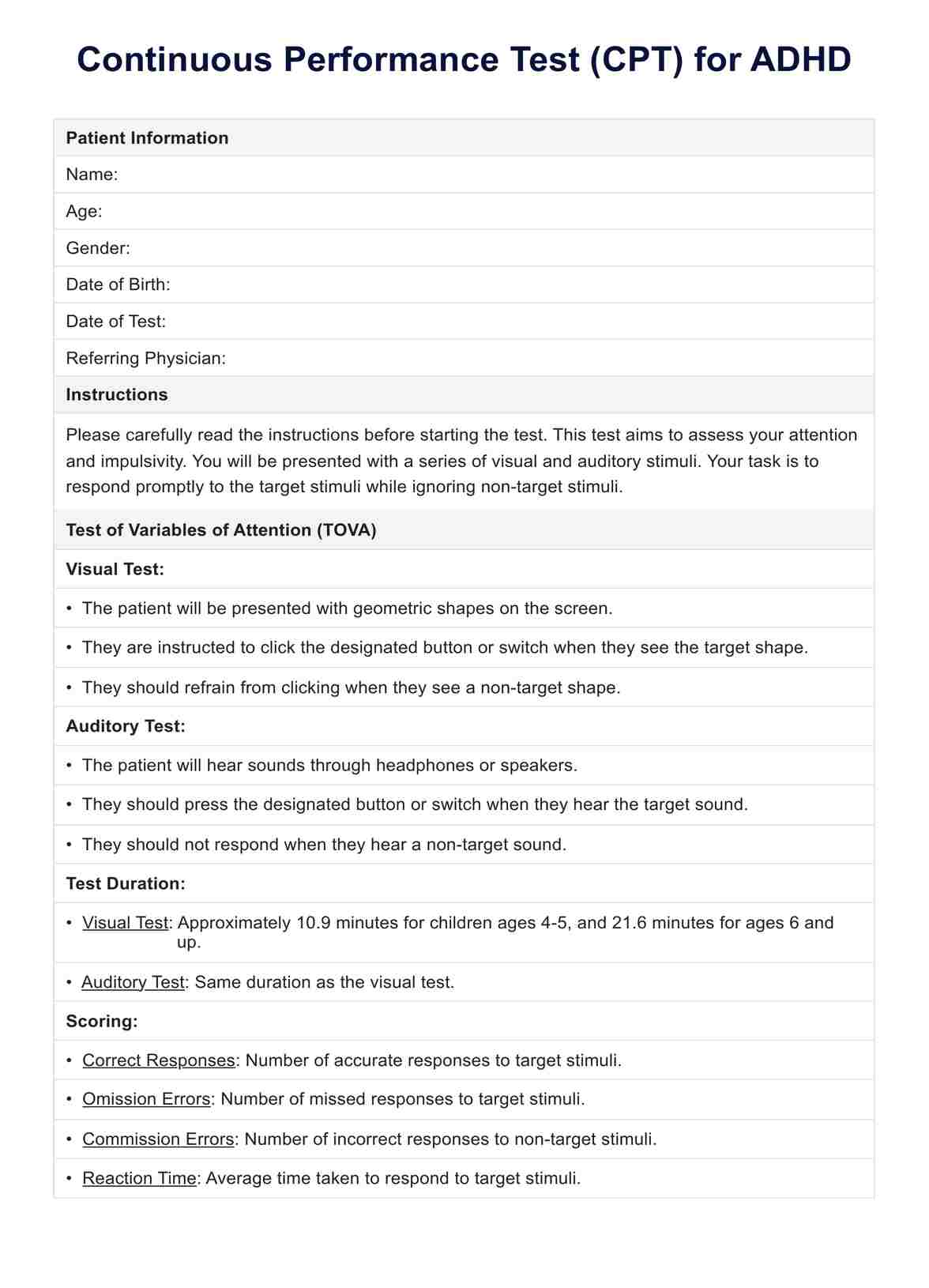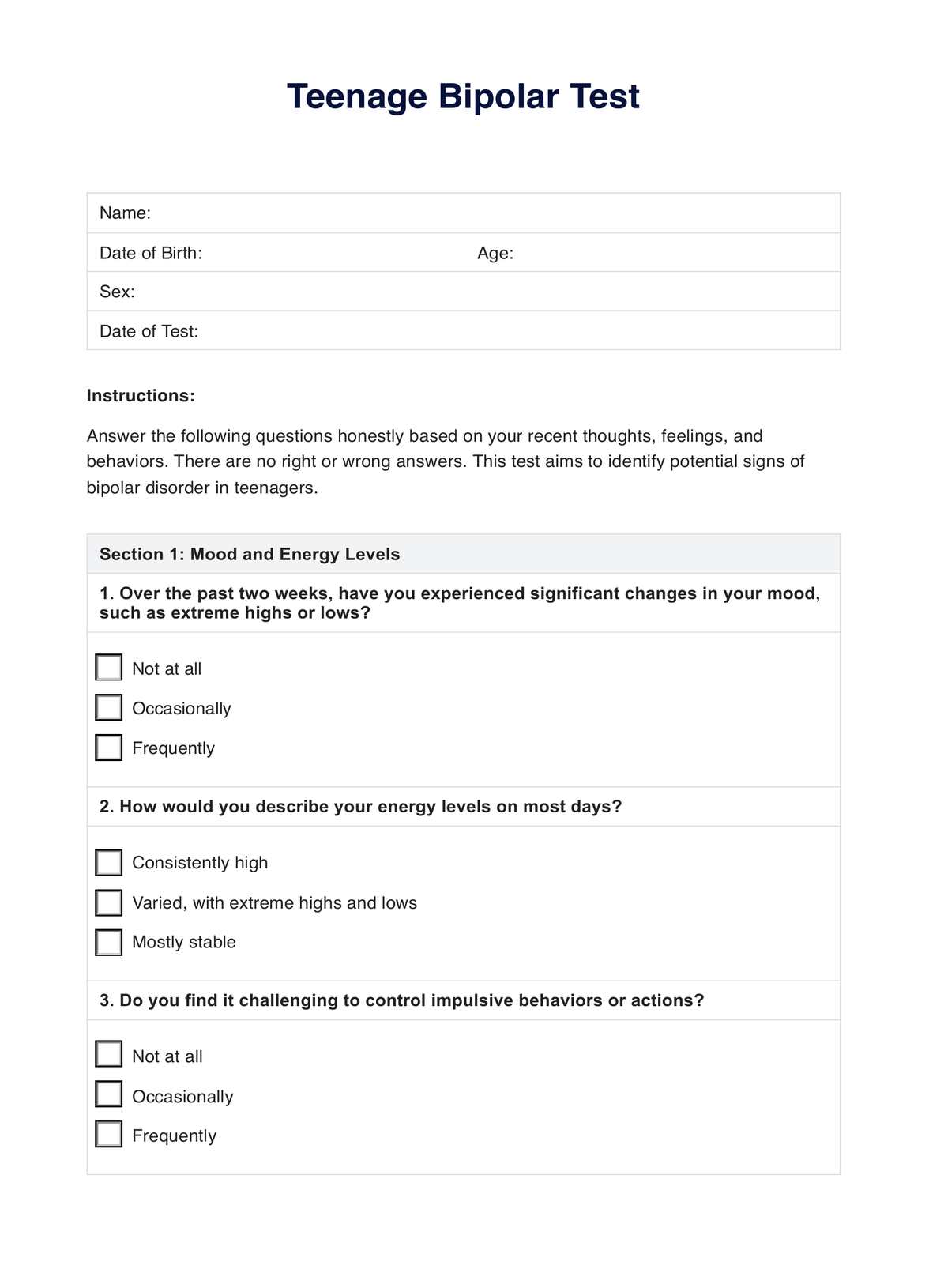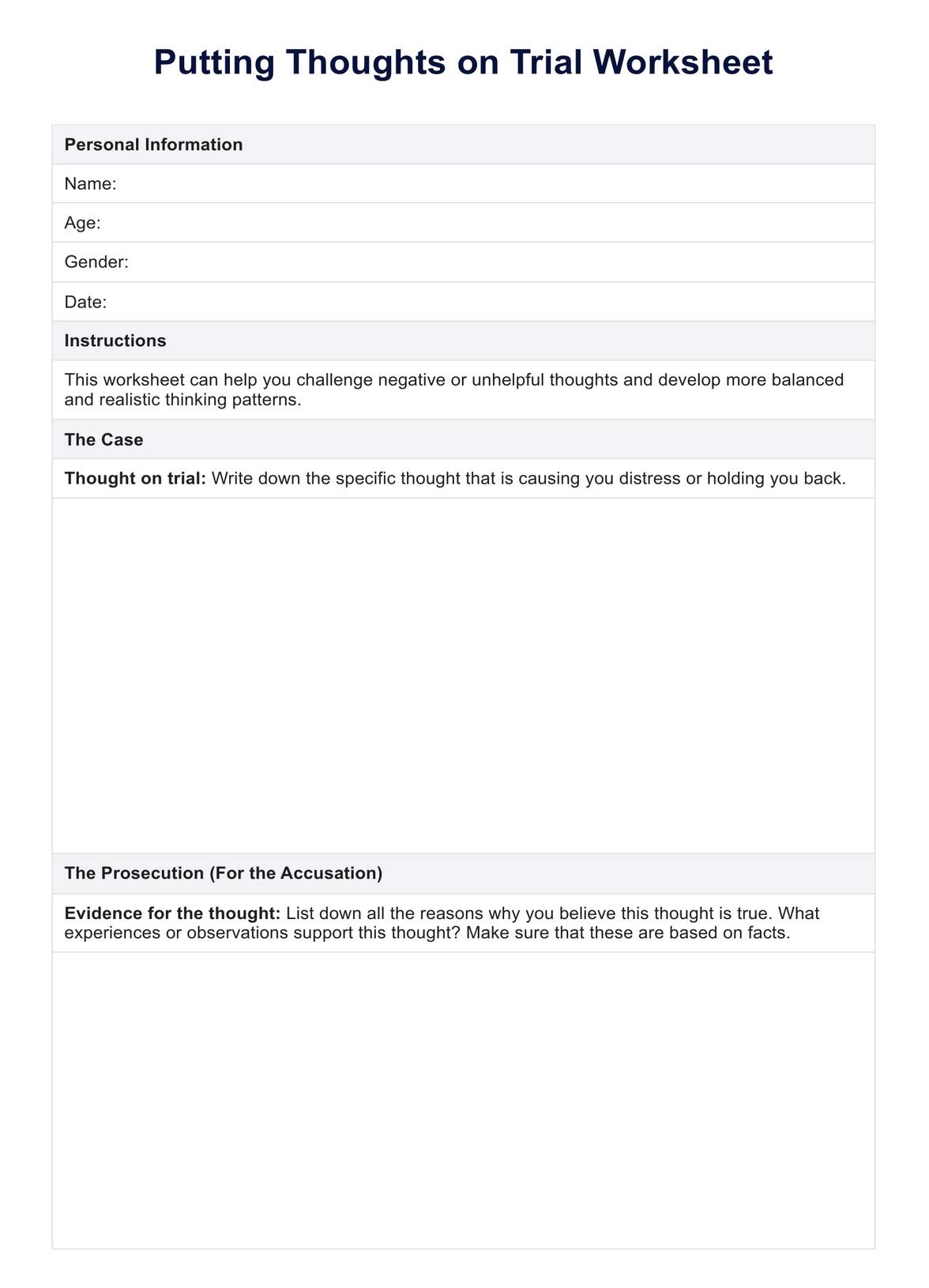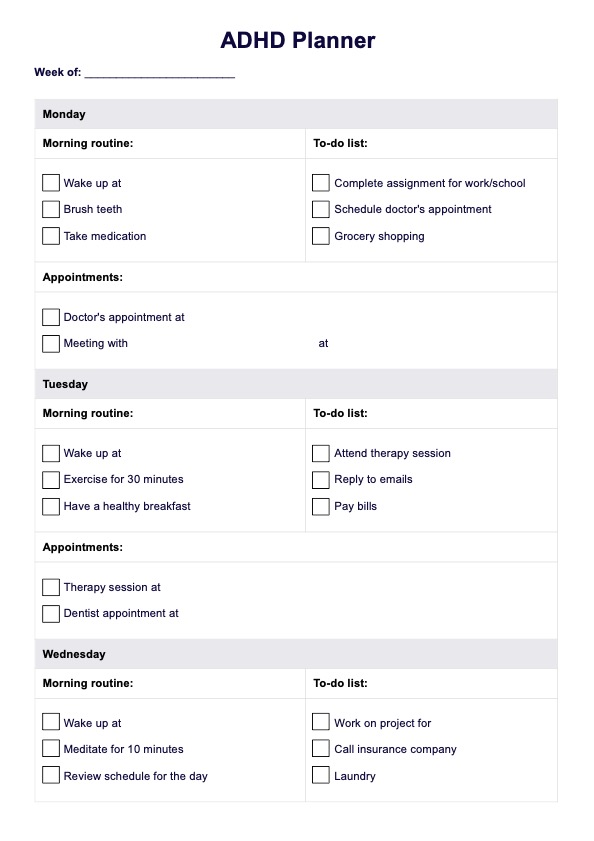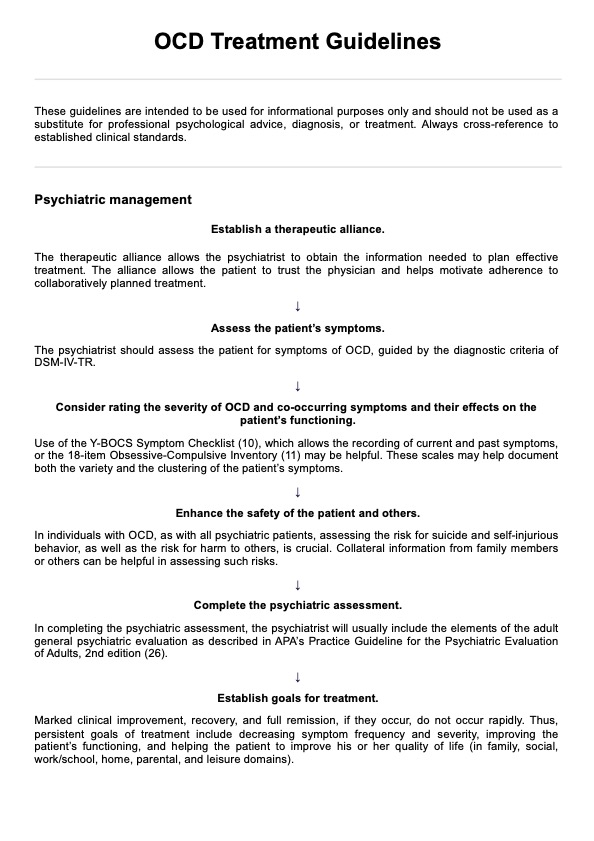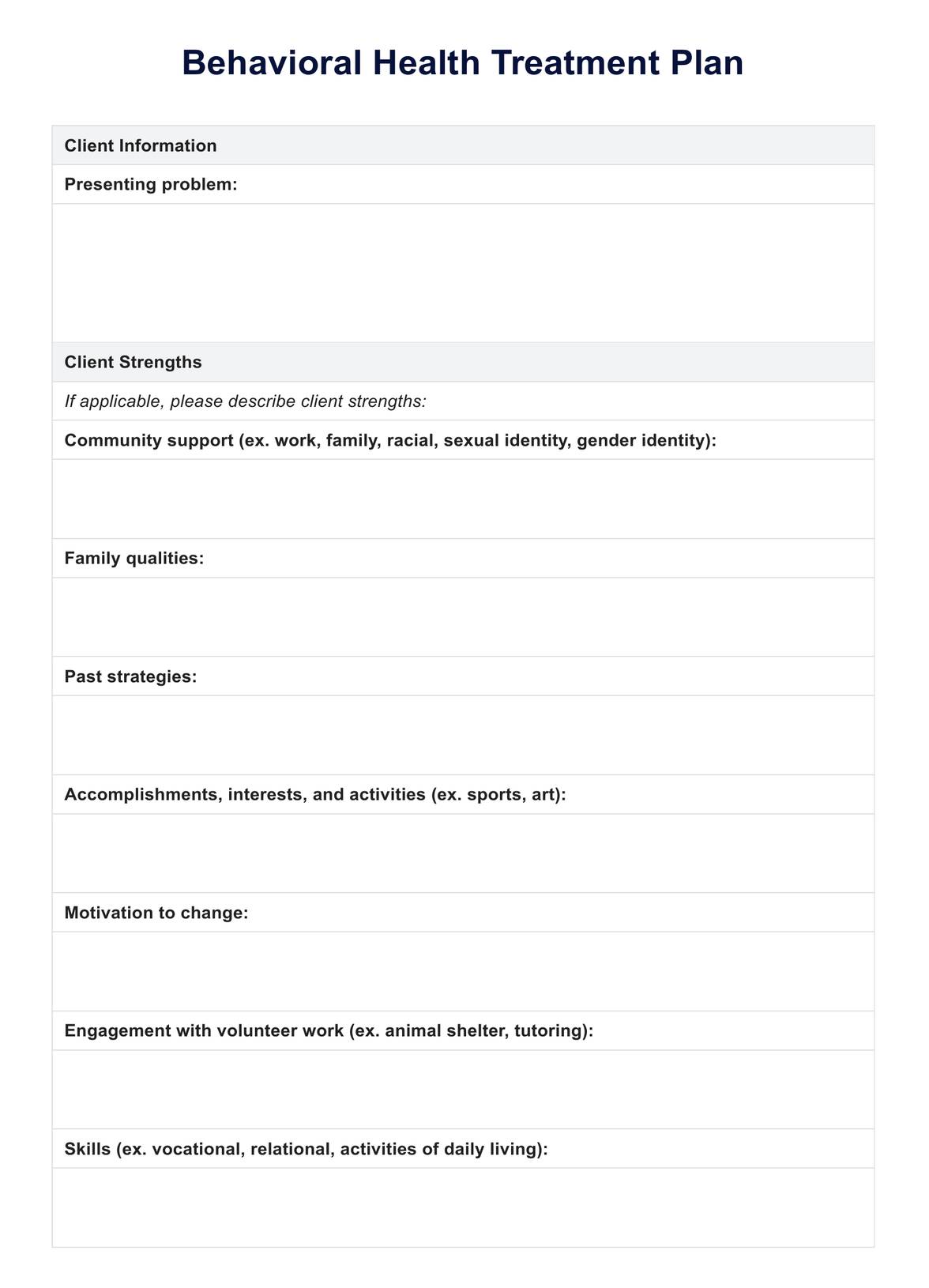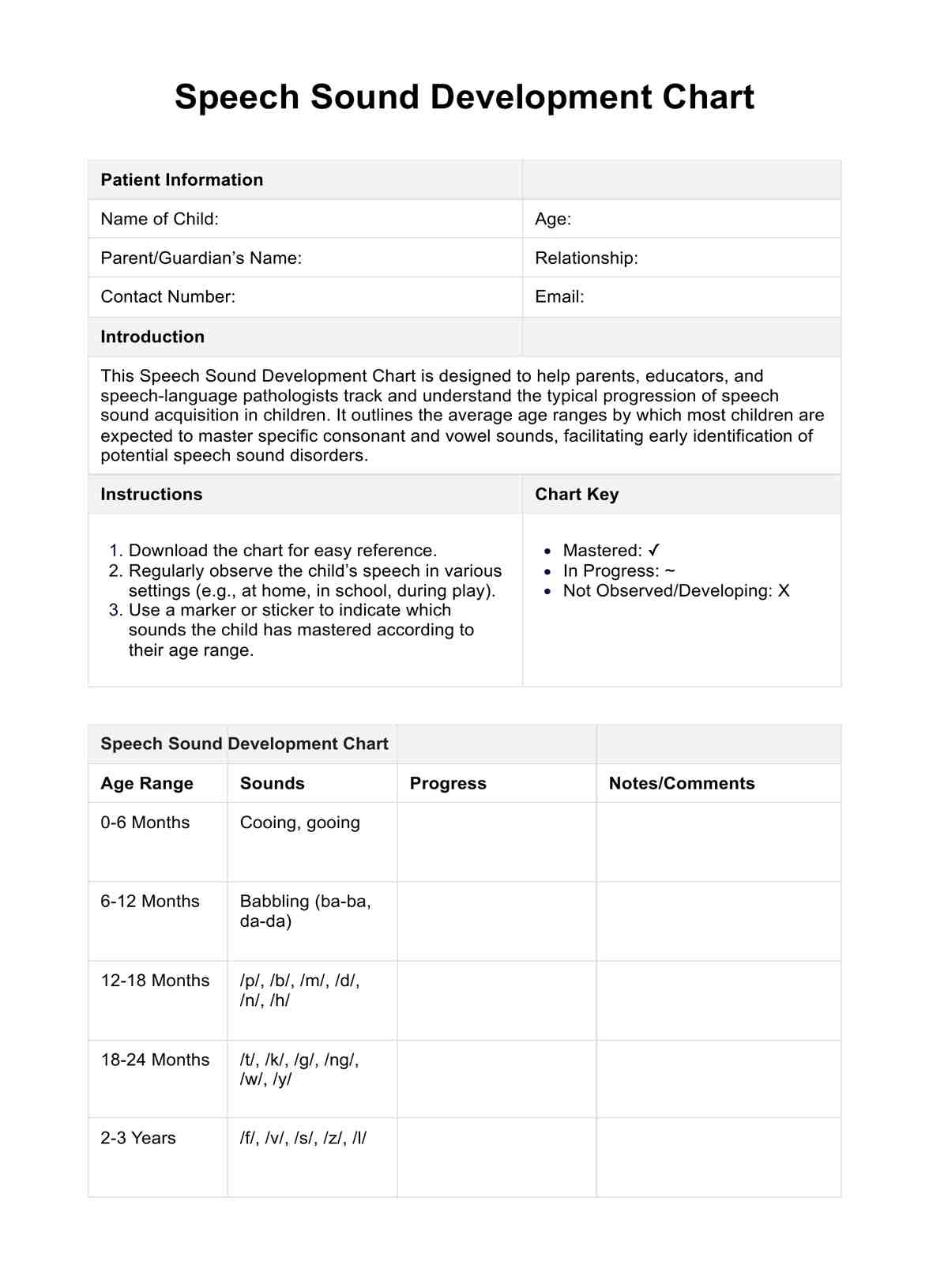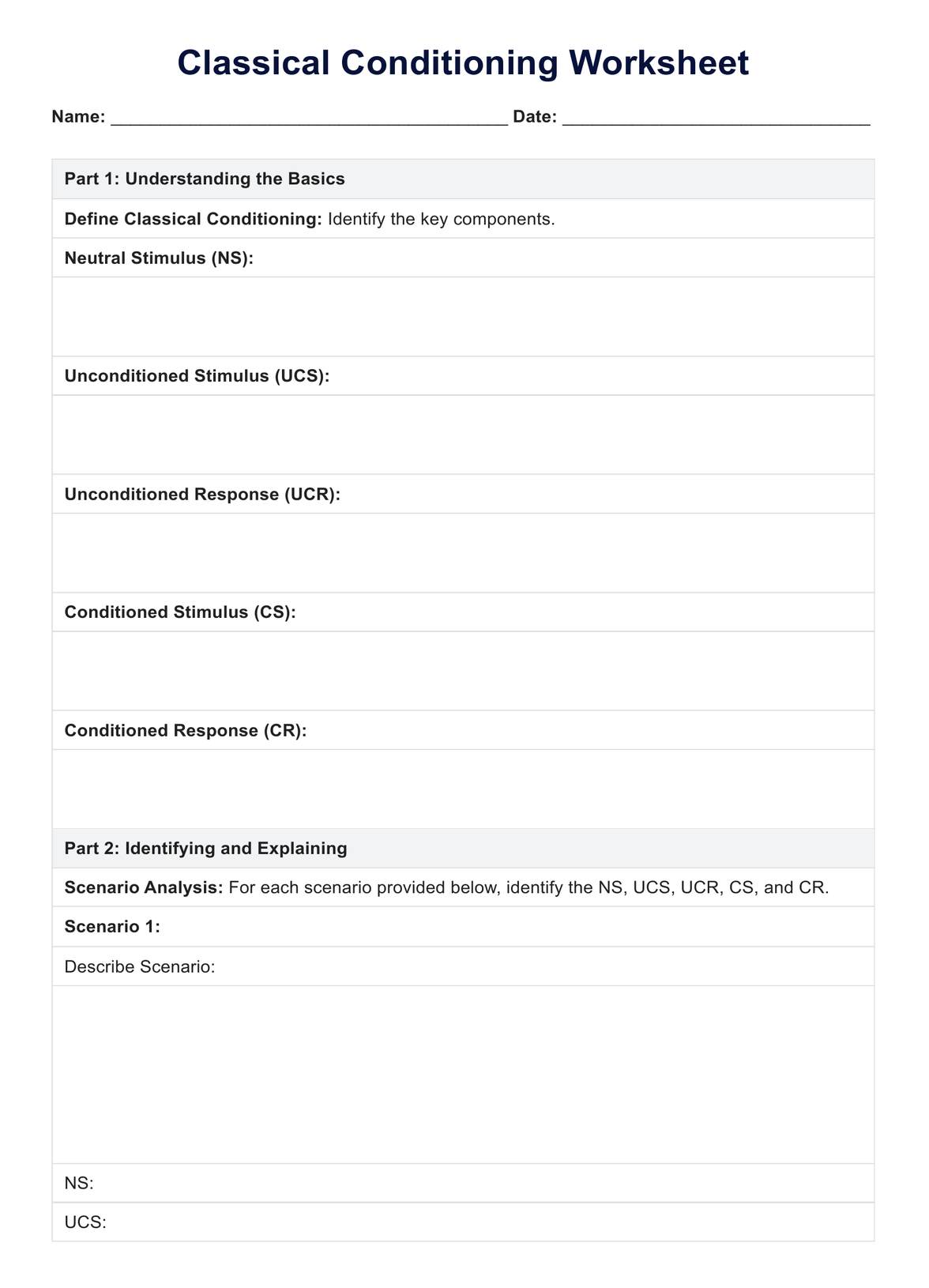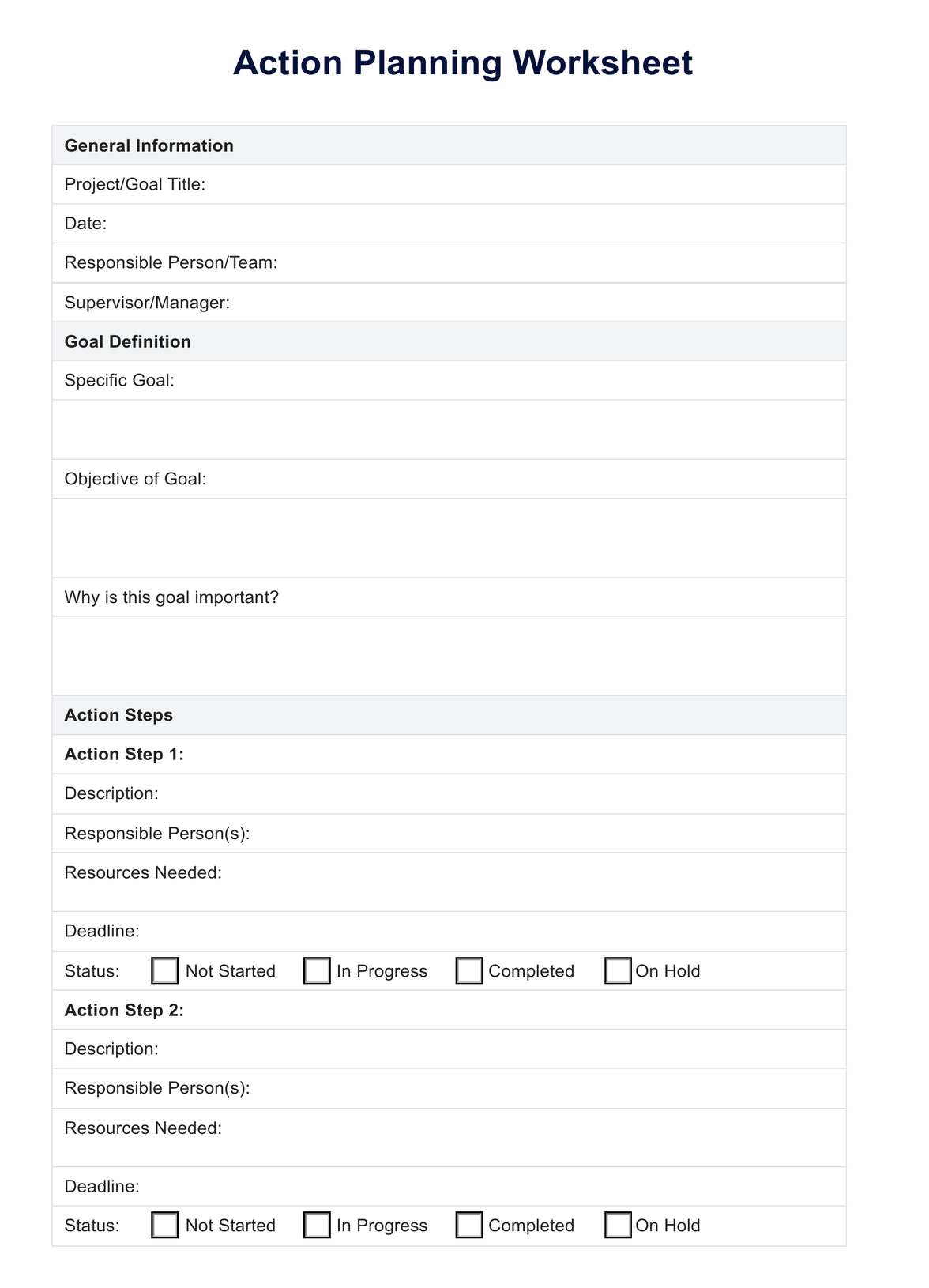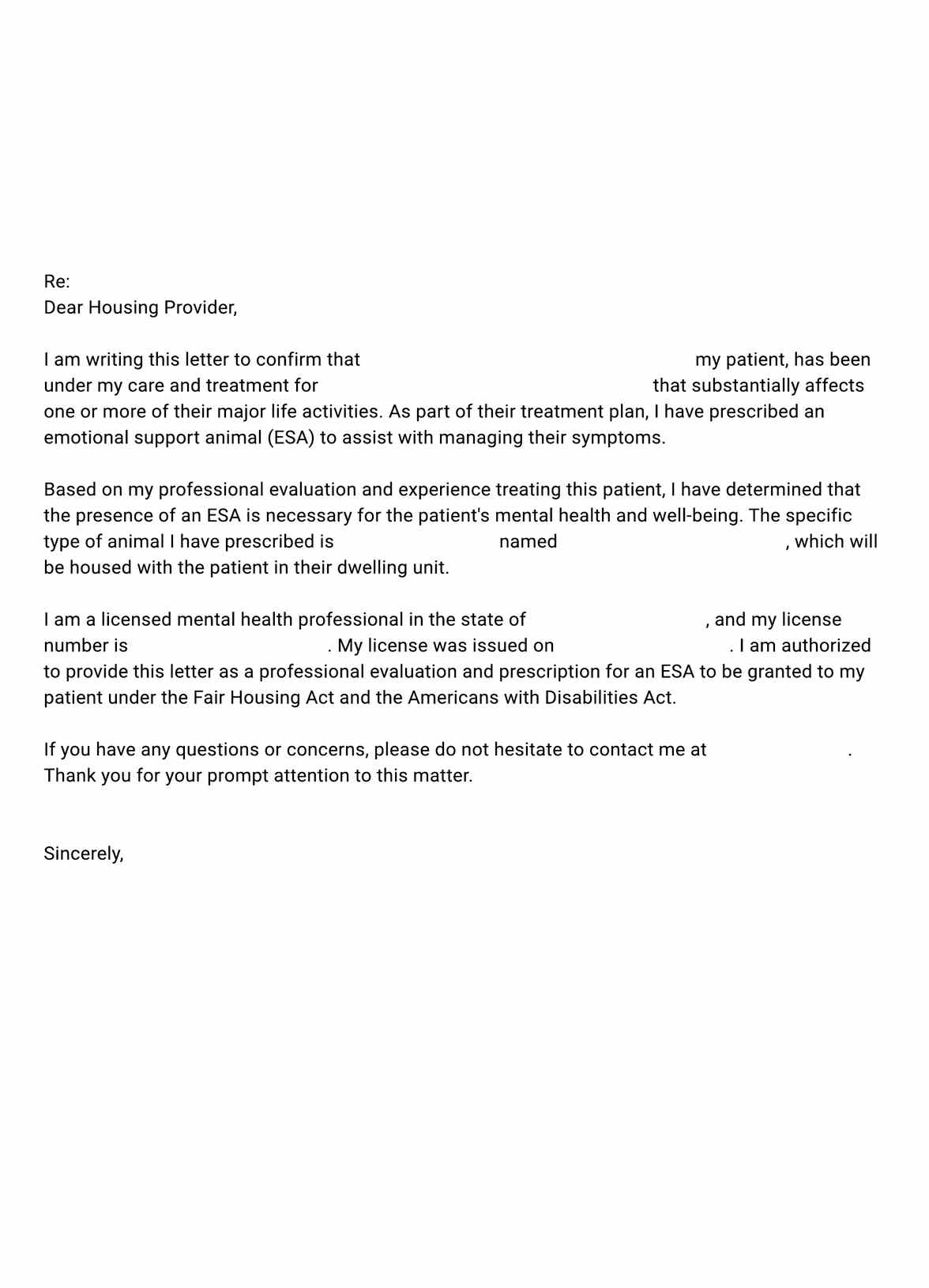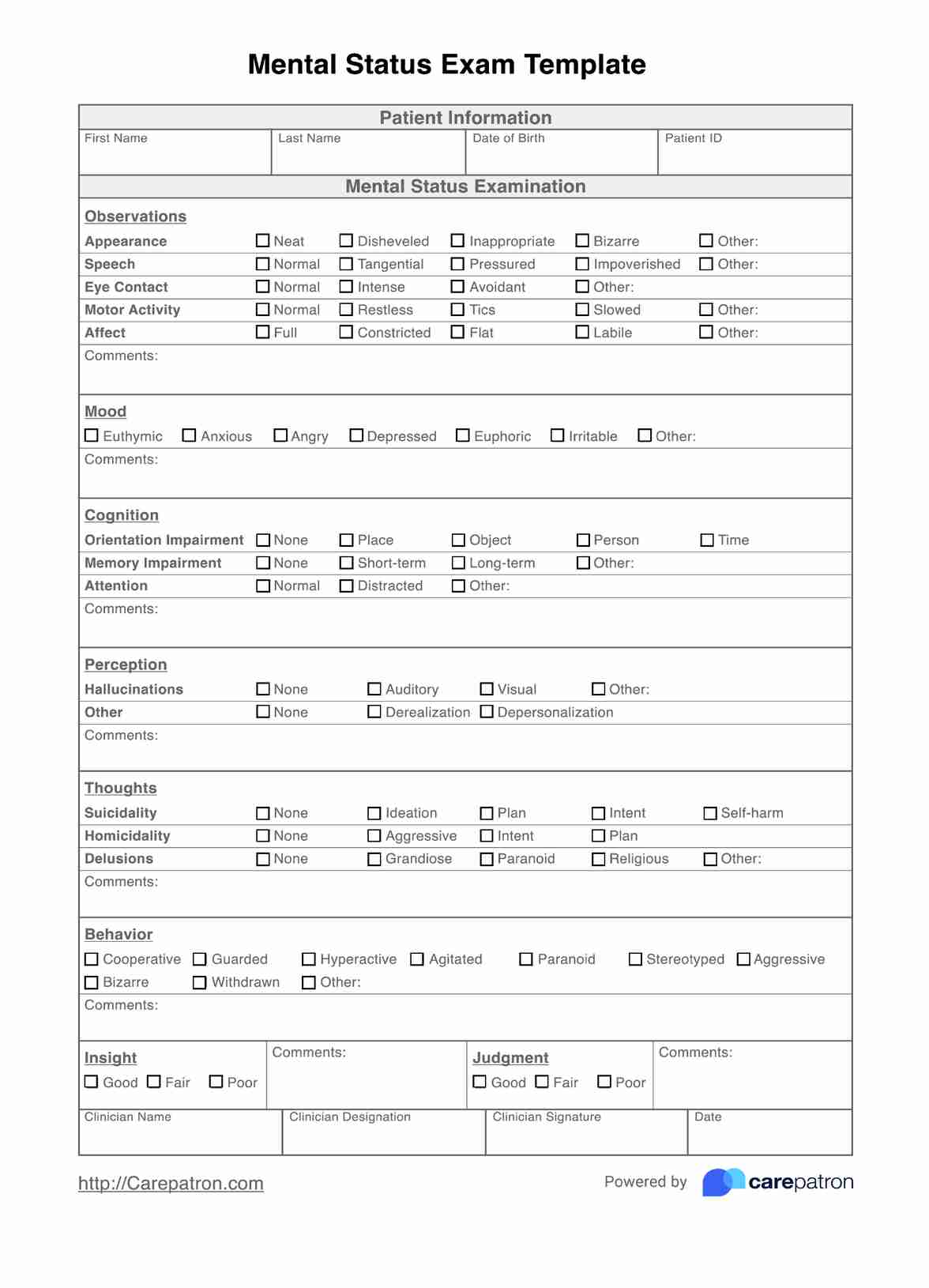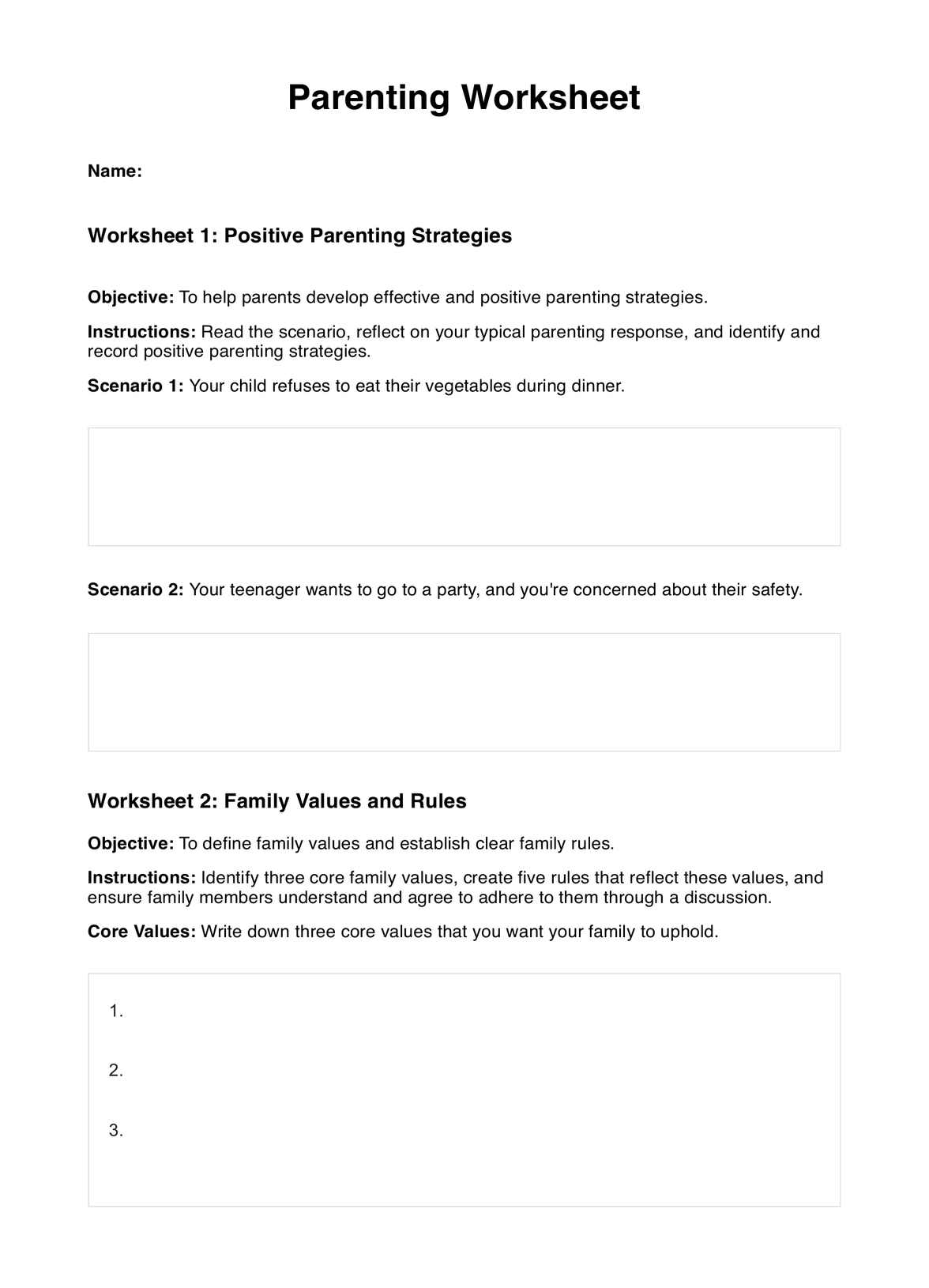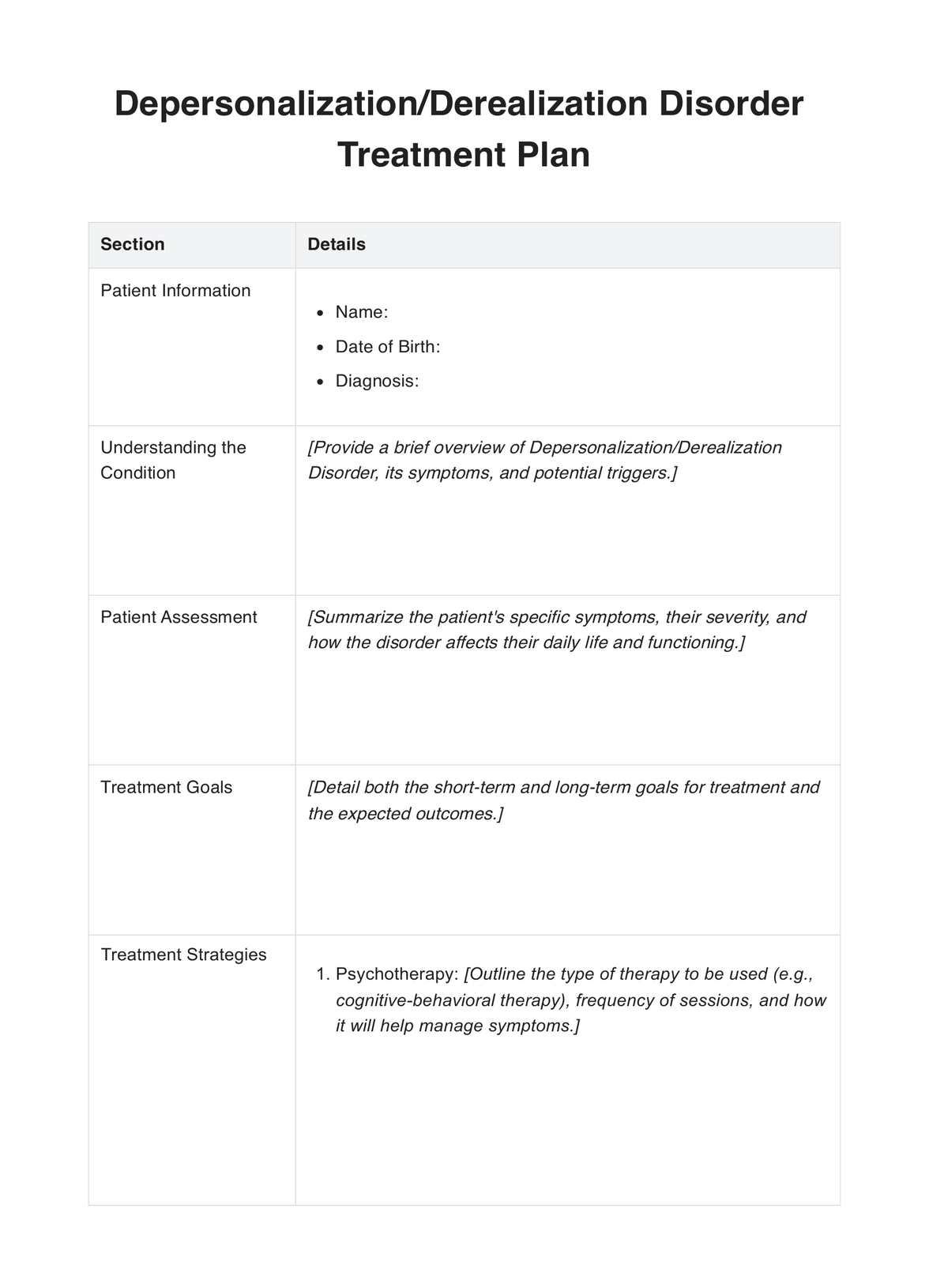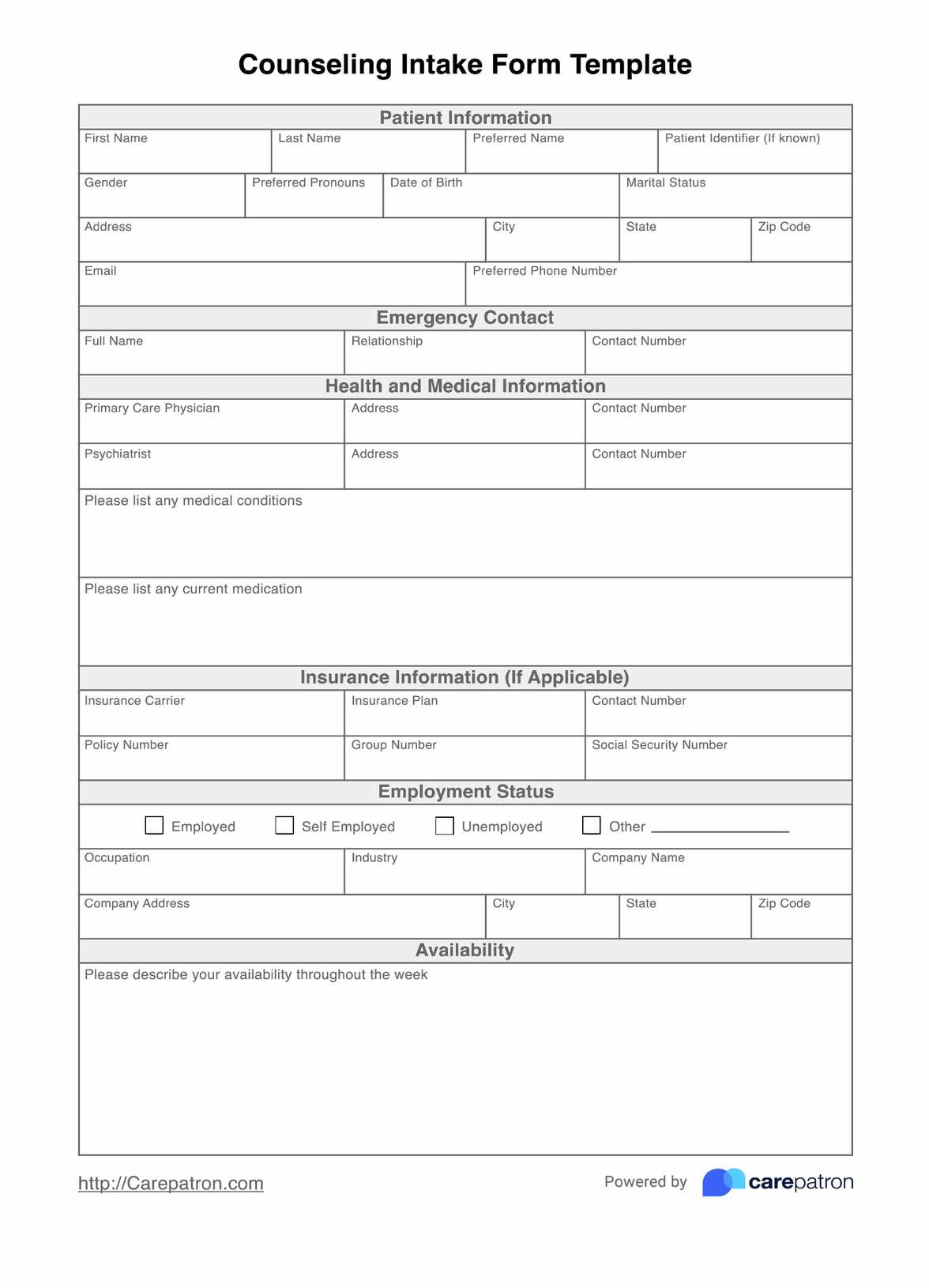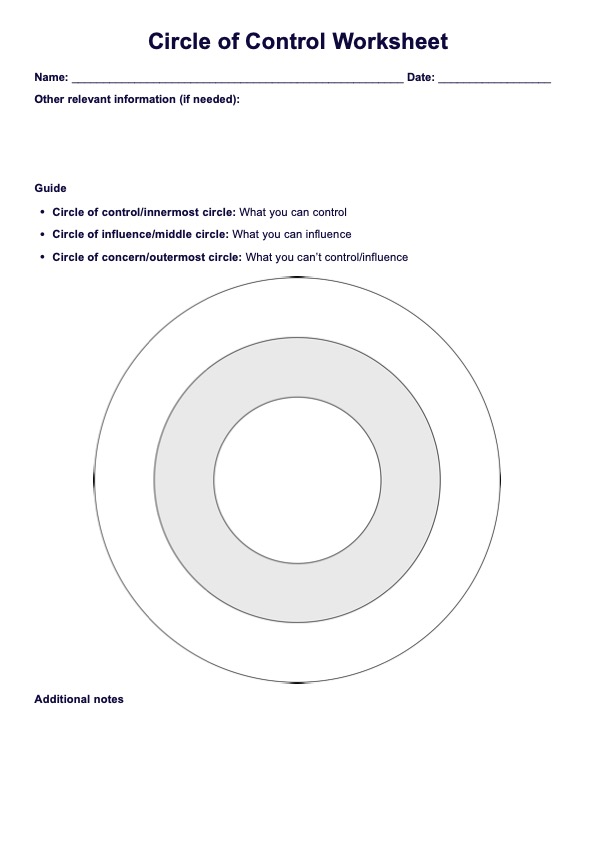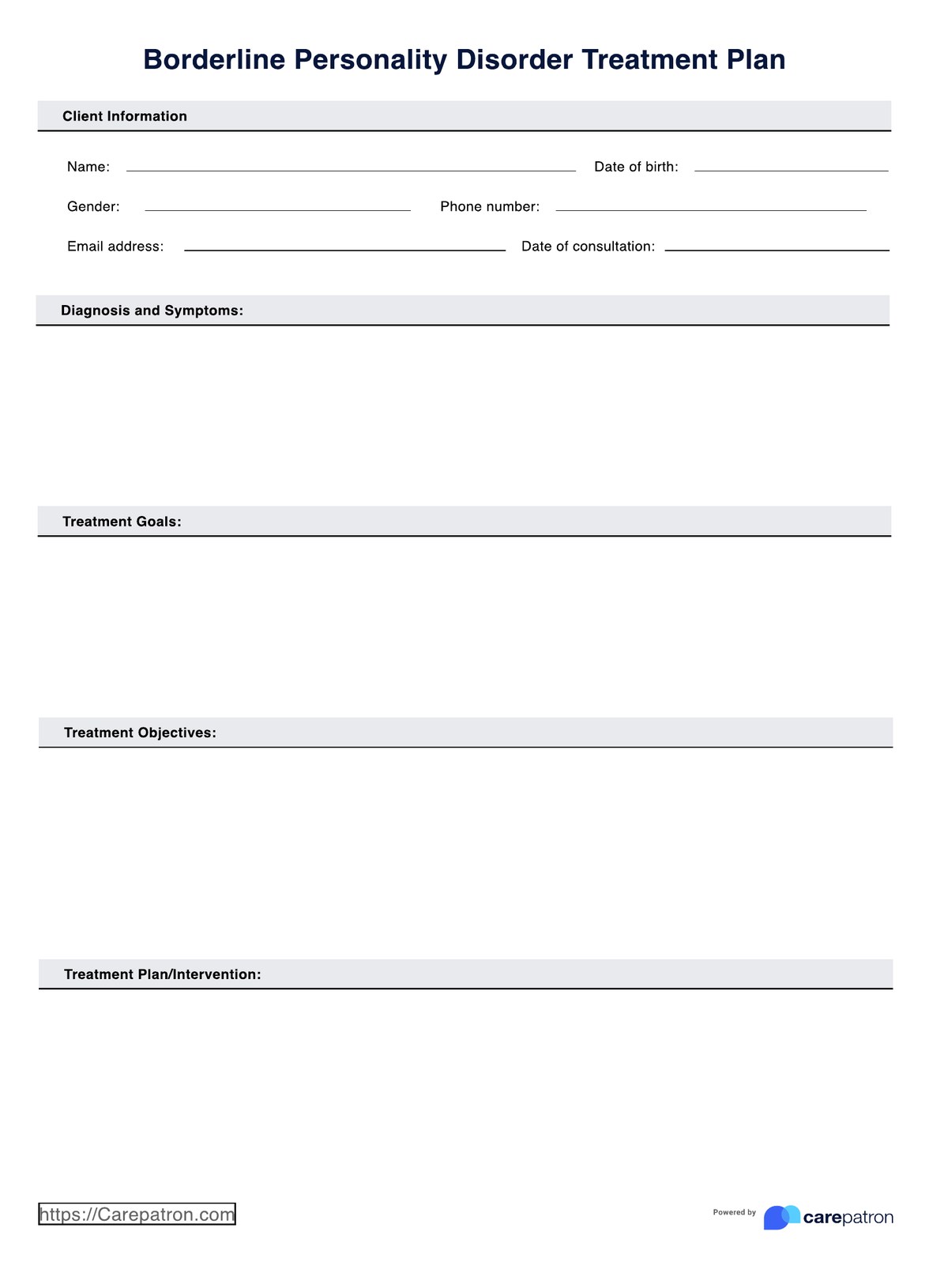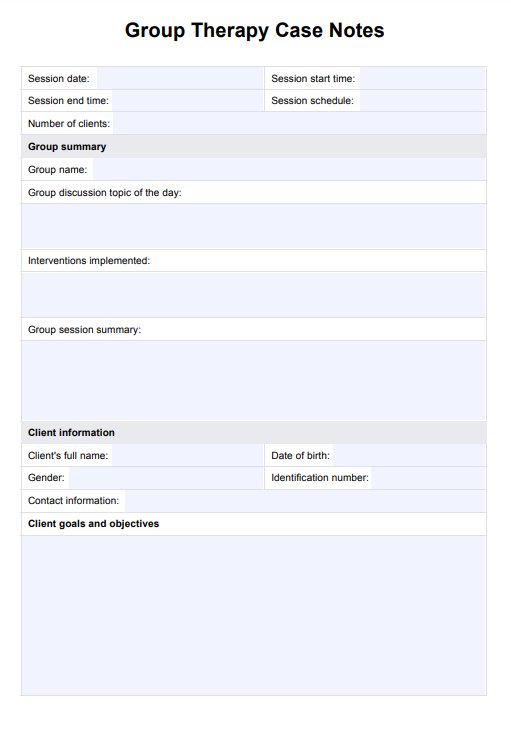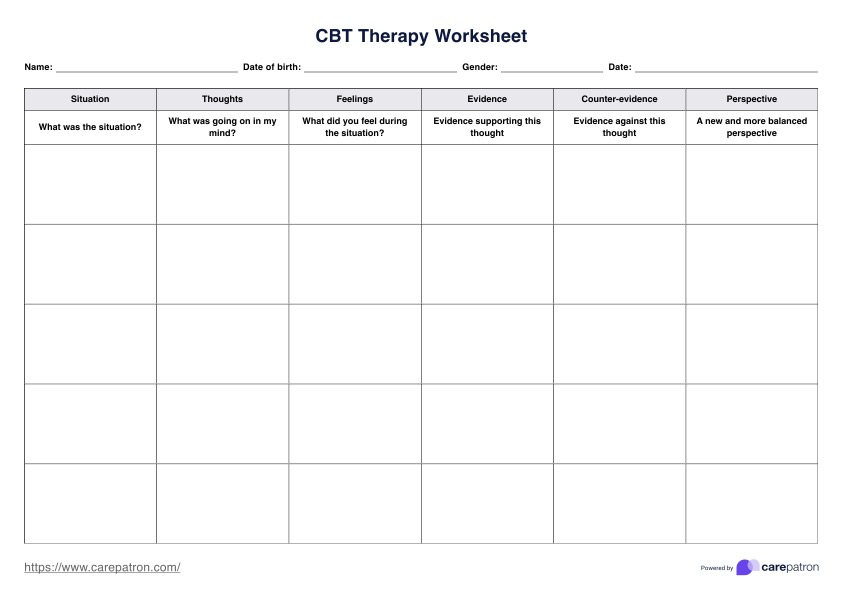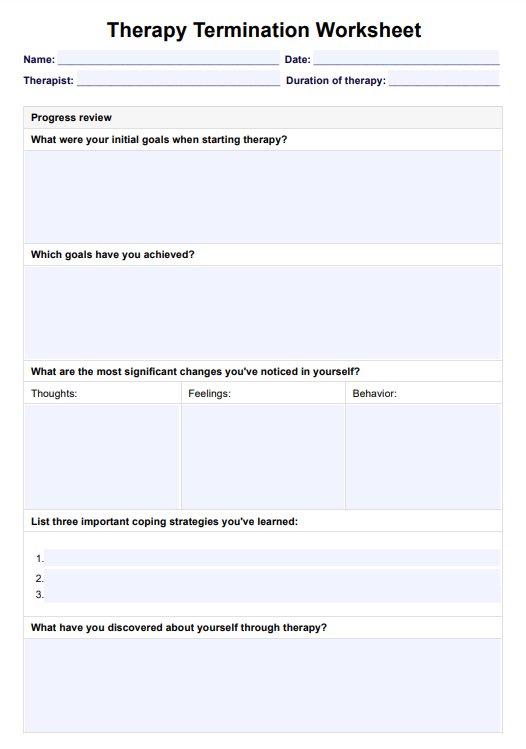Case Conceptualization Worksheet
Understand the basics of case conceptualization and download our free Case Conceptualization Worksheet & example to help you get started!



What is case conceptualization?
Mental health issues can be challenging to understand, but trying to do so is essential. Each person has unique experiences and may face diverse issues influenced by factors such as family history, past traumas, and chemical imbalances. Mental health problems are multifaceted and diverse, encompassing conditions like depression, anxiety, bipolar disorder, and obsessive-compulsive disorder, among others.
Case conceptualization, also known as case formulation, is a cognitive process used by mental health professionals to understand the unique characteristics of their clients and how they can best be served. The goal of case conceptualization includes the following:
- To develop an understanding of the client's presenting problems by examining psychological factors, protective factors, predisposing factors, perpetuating factors, and risk factors
- Determine the reason why a client has certain coping strategies (positive or negative)
- Review relevant history and data
- Plan a course of treatment
- Monitor progress as therapy progresses
More often than not, mental health professionals use a Case Conceptualization Worksheet to organize and structure the data they collect over time. It provides a comprehensive client overview, enabling clinicians to create an effective treatment plan to help individuals achieve their goals.
Check out this video explaining case conceptualization:
PDF Template
Download PDF TemplateExample PDF
Download Example PDFPrintable Case Conceptualization Worksheet
Download Case Conceptualization Worksheet to evaluate the unique traits of patients.
How does this Case Conceptualization Worksheet work?
Our free Case Conceptualization Worksheet provides a comprehensive guide for mental health professionals to analyze their client's presenting problems and develop an effective treatment plan.
It is organized into different sections, including the client's background and history, presenting problems, assessments, goals, intervention and strategies, and treatment planning. To use this template, follow these steps:
Step 1: Download the form
Get a copy of the free Case Conceptualization Worksheet using the link on this page. You can also access the template using the Carepatron app or our resources library.
Step 2: Gather the client's information
Before filling out the worksheet, gather all the relevant information about your client. This should include their background, presenting problem, and any assessments or tests they have taken.
Step 3: Fill out the worksheet
Fill out the different sections of the worksheet to create an overview of your client. This includes all the information gathered in Step Two, any goals, interventions and strategies, and treatment plans you've discussed with them.
Step 4: Discuss with your client
Explain the results of your case conceptualization to your client and discuss any further interventions or strategies they may need. Encourage them to speak openly about their goals and how they'll achieve them.
Step 5: Monitor progress
Continue monitoring your client's progress using the Case Conceptualization Worksheet throughout their treatment journey. Jot down any observations and make changes to your treatment plan as necessary.
Case Conceptualization Worksheet example (sample)
We have written a Case Conceptualization Worksheet sample to illustrate how this template works. This sample is written for a patient with major depressive disorder and includes several sections. You can view this case conceptualization example here or download it as a PDF for reference.
Download the free Case Conceptualization Worksheet example (sample)

Do note that this doesn't mean this kind of worksheet can only be used for patients with major depressive disorder. It can definitely be used to help understand those with generalized anxiety disorder and other mental health issues.
When to use this case conceptualization template?
The Case Conceptualization Worksheet is useful for mental health professionals to understand and serve their clients better. It allows you to create a comprehensive client overview and develop an effective treatment plan. It is often used to guide cognitive behavior therapy programs but it can definitely be used for other forms of therapy like dialectical behavior therapy. Additionally, you can use this template to:
Gather information about the client and their presenting problem
You can utilize the Case Conceptualization Worksheet to collect detailed information about the client, such as their background and history, core beliefs, presenting problem, underlying factors, possible biological factors, assessments taken, and any goals or strategies discussed. This will help you better understand their presenting problem and create an effective treatment plan.
Identify relevant assessments, tests, and interventions
The Case Conceptualization Worksheet can help you identify relevant assessments, tests, and interventions that could help the client, allowing you to create an evidence-based approach tailored to their needs.
Develop goals for a treatment plan and monitor progress
This template is a great way to create measurable goals for your client's treatment plan and track their progress. It can help you and your client stay on track and adjust the treatment plan as needed.
Who is this printable case conceptualization example PDF for?
This printable Case Conceptualization Worksheet is designed to be used by mental health professionals, such as:
- Counselors
- Social workers
- Psychologists
- Psychiatrists
- Case managers
- Mental health therapists (especially those who specialize in cognitive behavioral therapy)
This template is also useful for students and trainees in mental health, counseling, and psychology.
.png)
Why use Carepatron as your therapy software?
Tired of dealing with endless piles of paperwork and chaotic scheduling nightmares? Well, Carepatron is here to the rescue!
Managing a practice isn't always easy, and that's why we created Carepatron - to give you back the time and peace of mind you need. With our intuitive platform, you can rest assured that your practice runs as smoothly as possible. We believe our features are cool and helpful enough that you'll be convinced to consider us your number-one therapy EHR.
Carepatron takes the hassle out of managing your practice. Our practice management software provides powerful tools that make it easy to stay organized, track clients, and manage your practice from anywhere. Plus, our dedicated team of customer service specialists is here to answer any questions you may have.
Thanks to Carepatron, managing your practice has never been smoother. All you need is an internet connection, and you can be up and running in no time! Don't let administrative chaos get the best of you - try out Carepatron today and take control of your practice!
.png)
Commonly asked questions
Simply download the template, fill in the relevant sections with information about your client, and use it to create an effective treatment plan.
The information provided in the worksheet can be used to develop a comprehensive overview of your client and create an effective treatment plan.
The Case Conceptualization Worksheet is designed to help mental health professionals gather information about their clients and identify relevant assessments, tests, and interventions that may be used for better patient outcomes.




